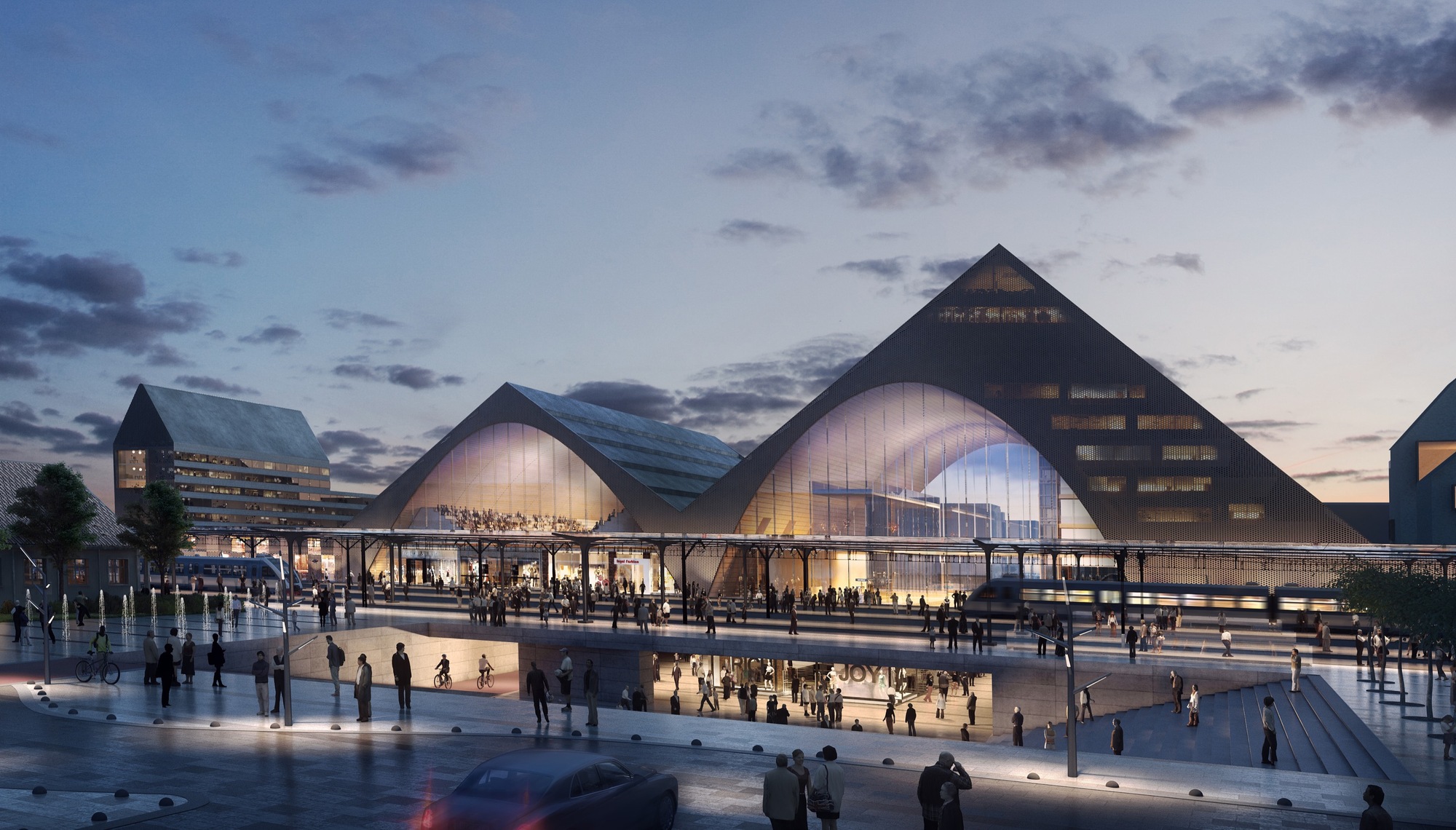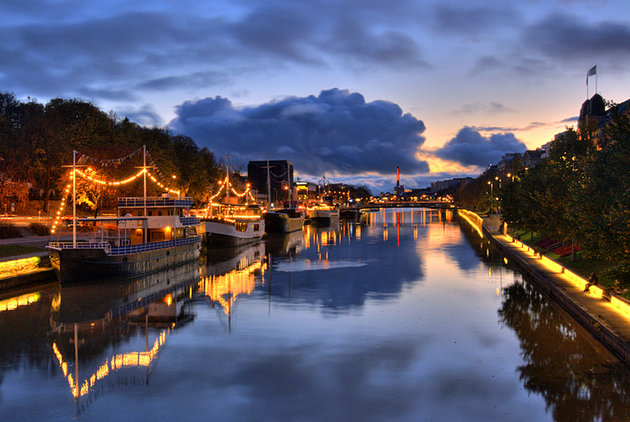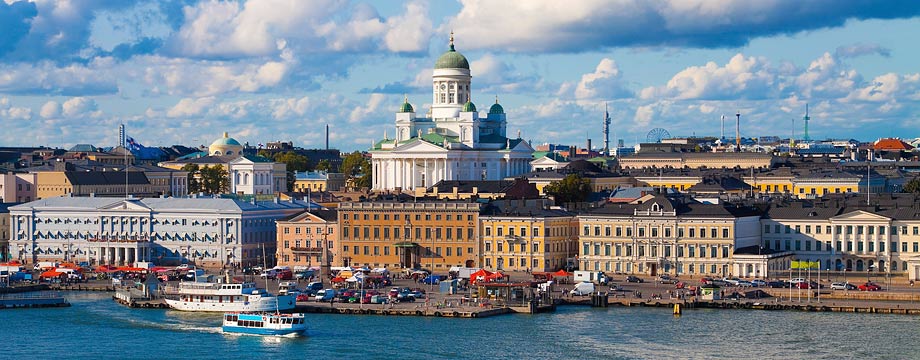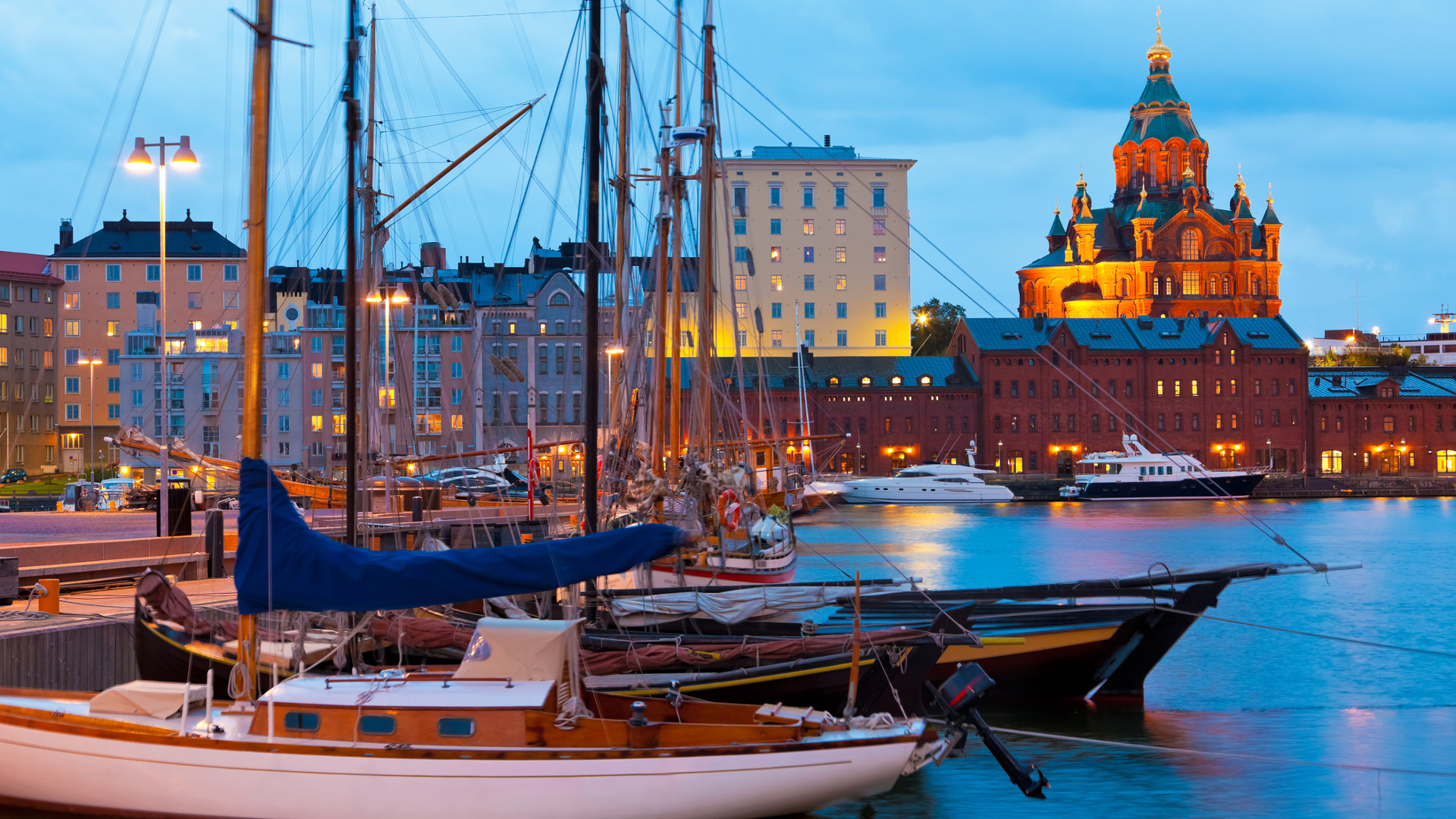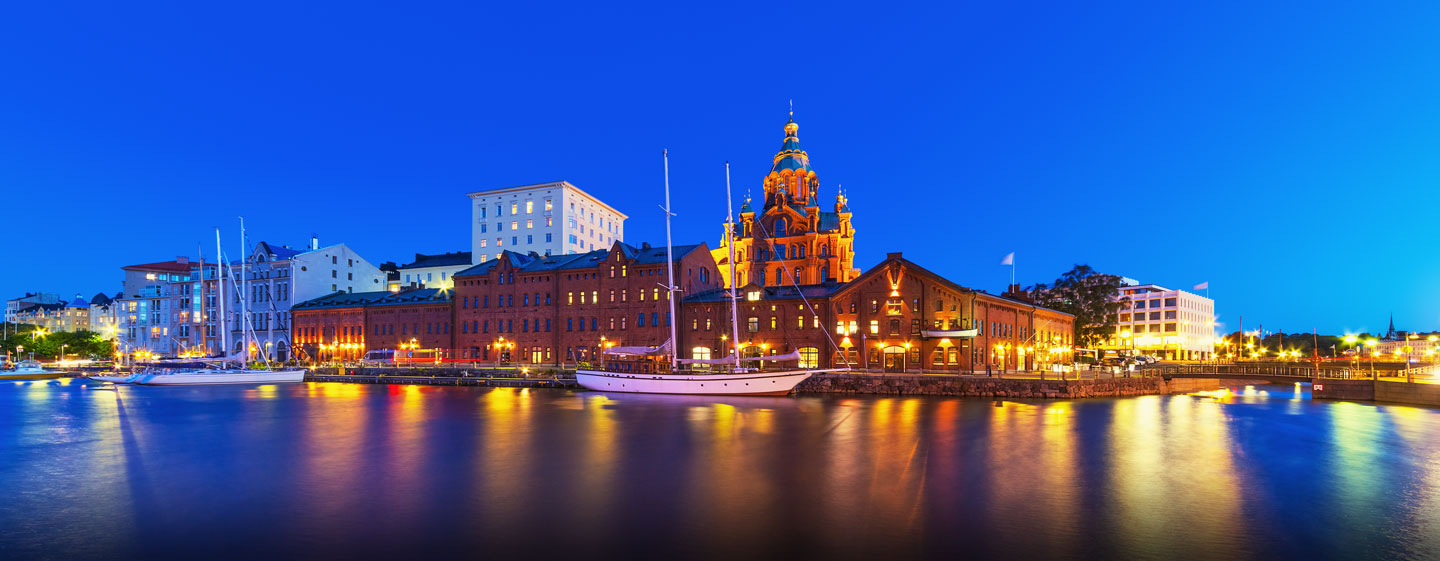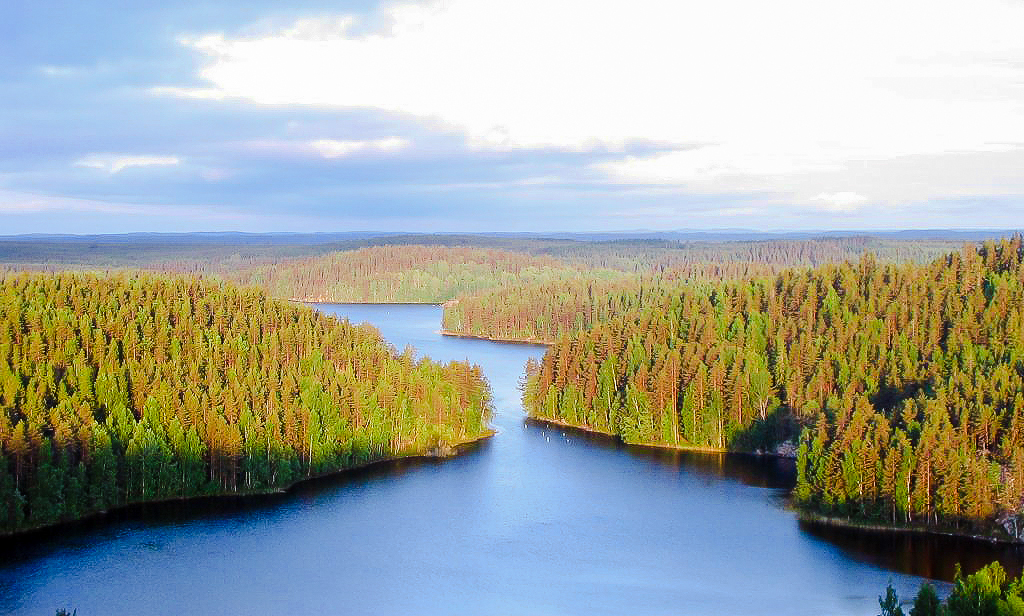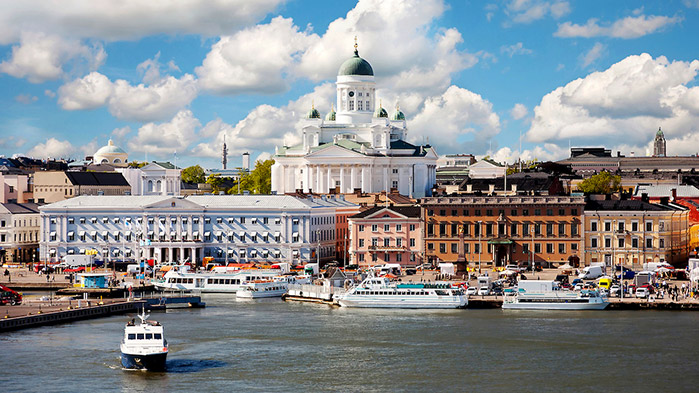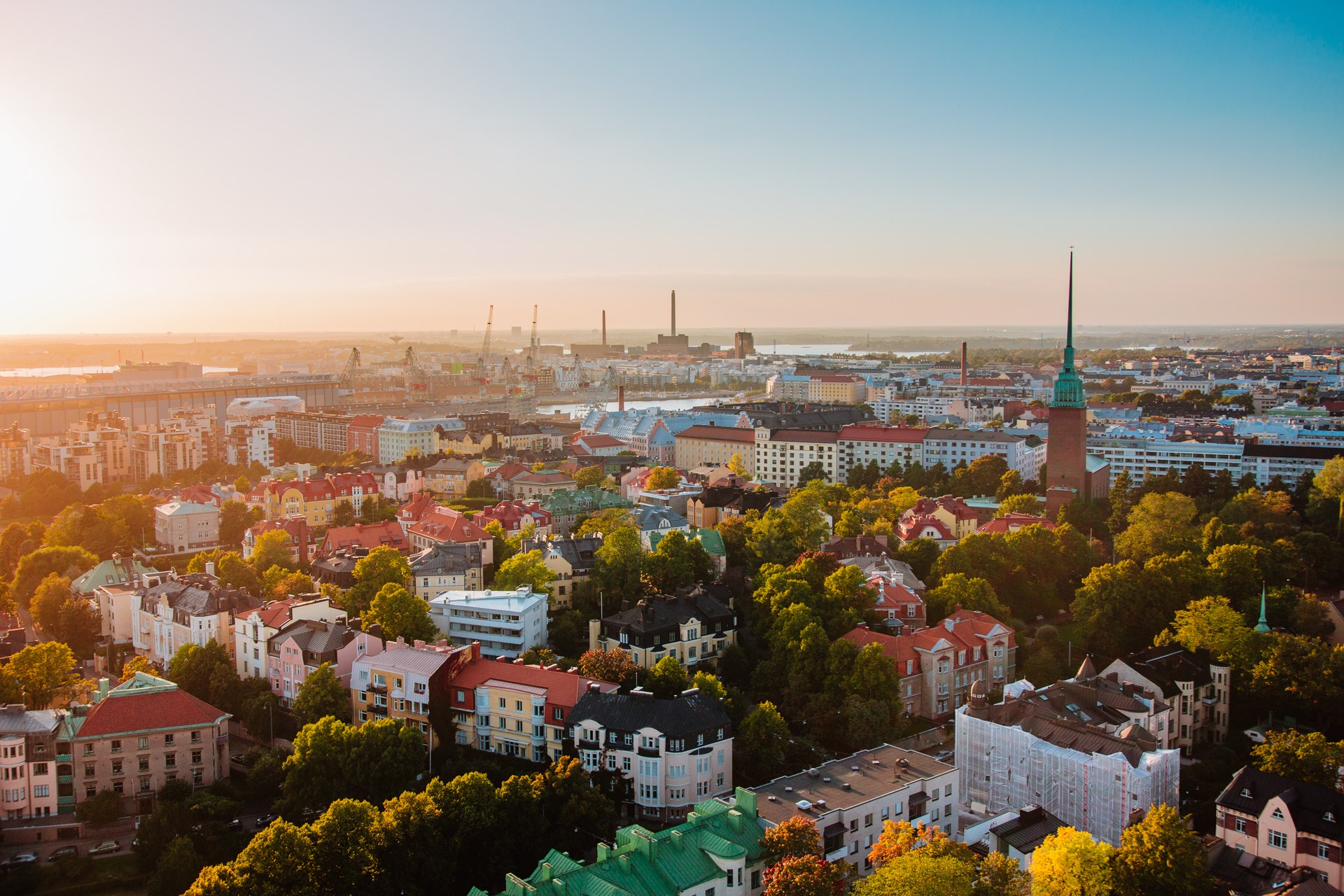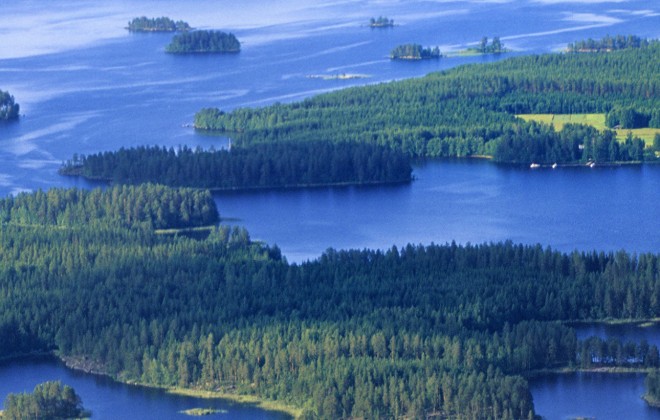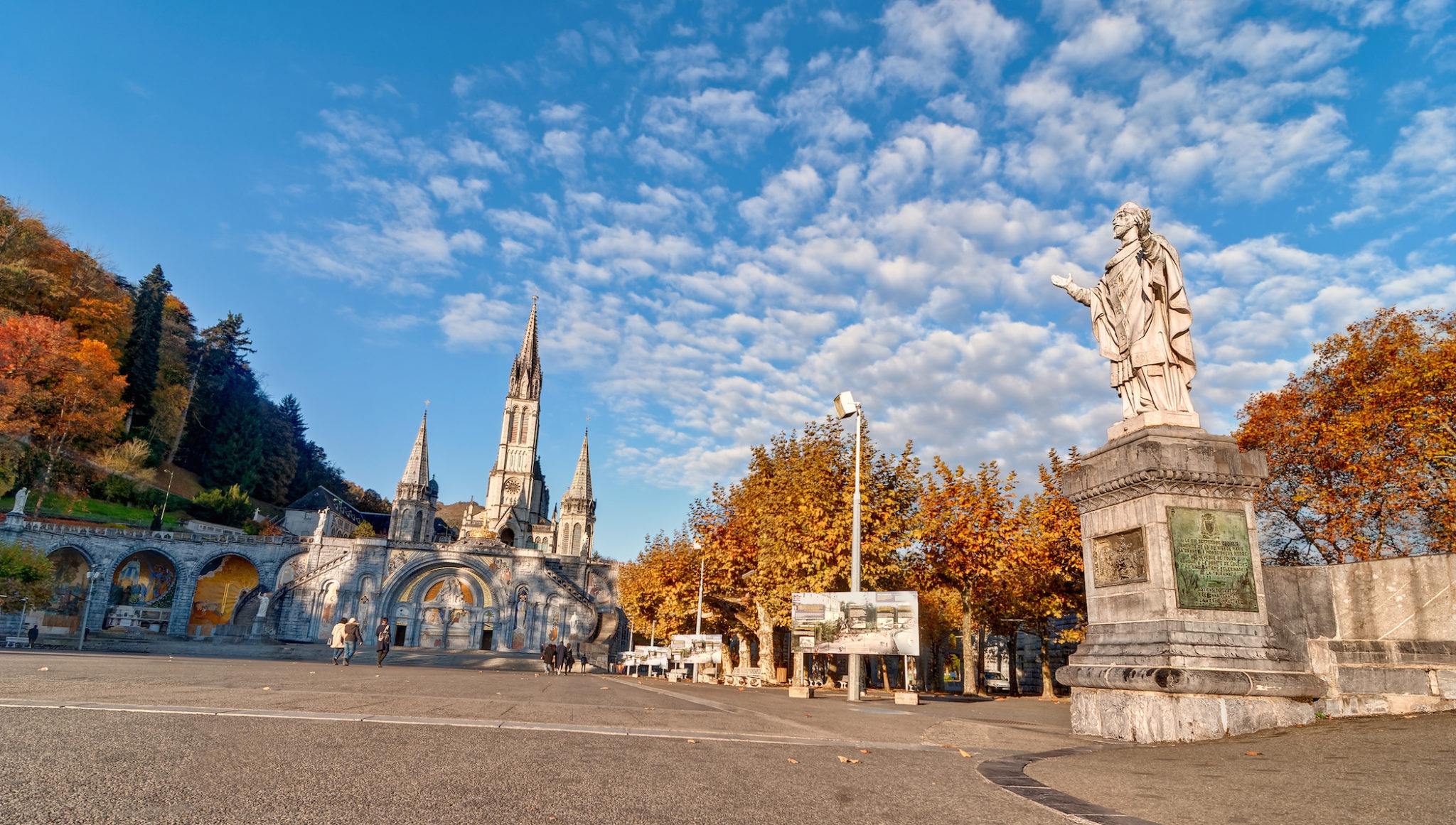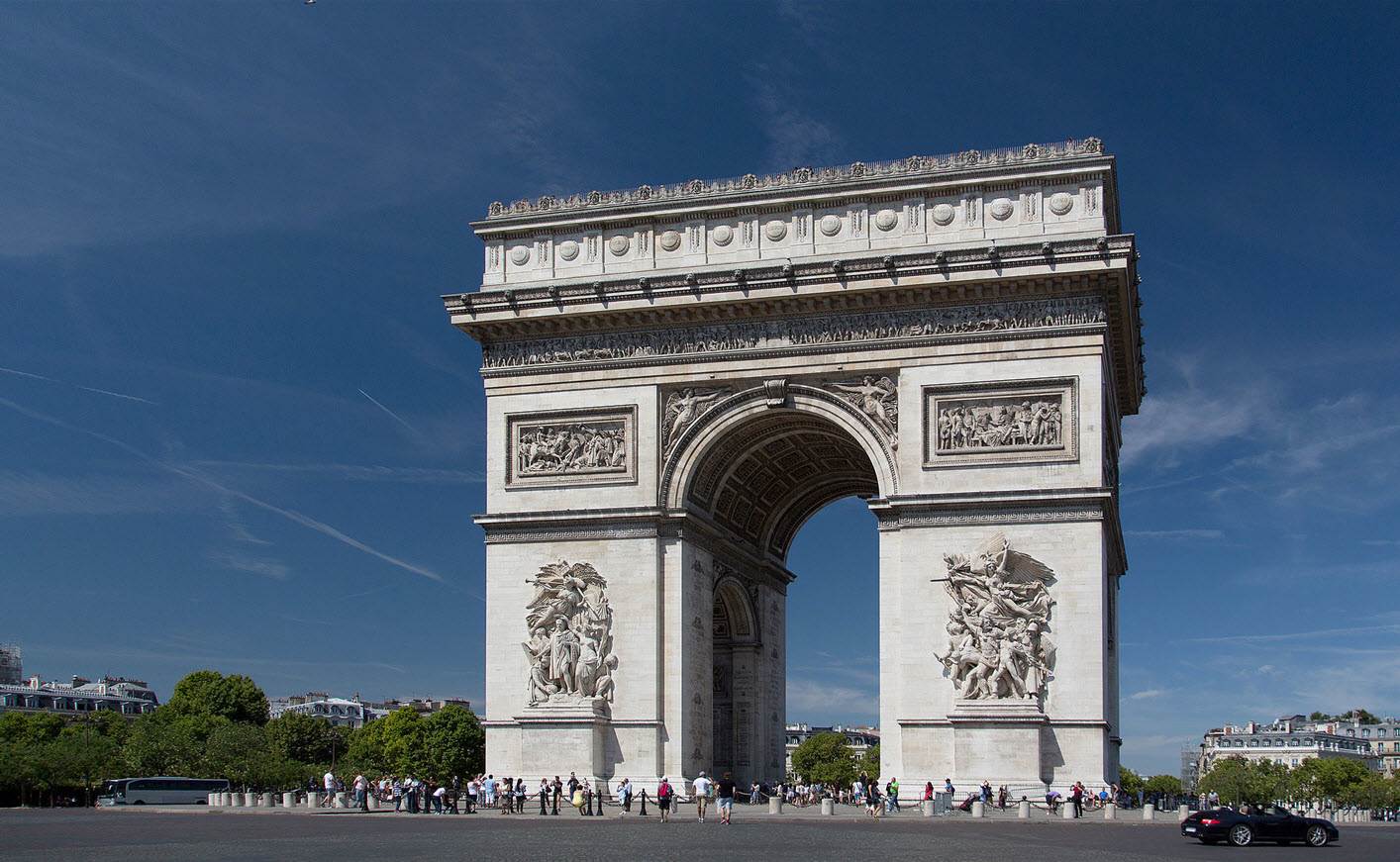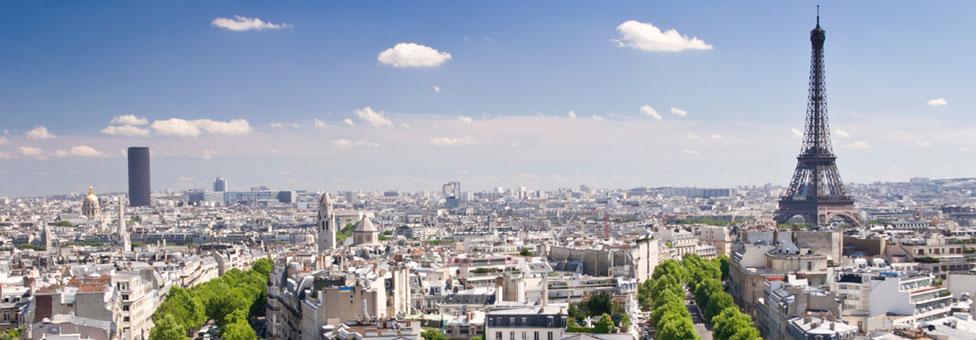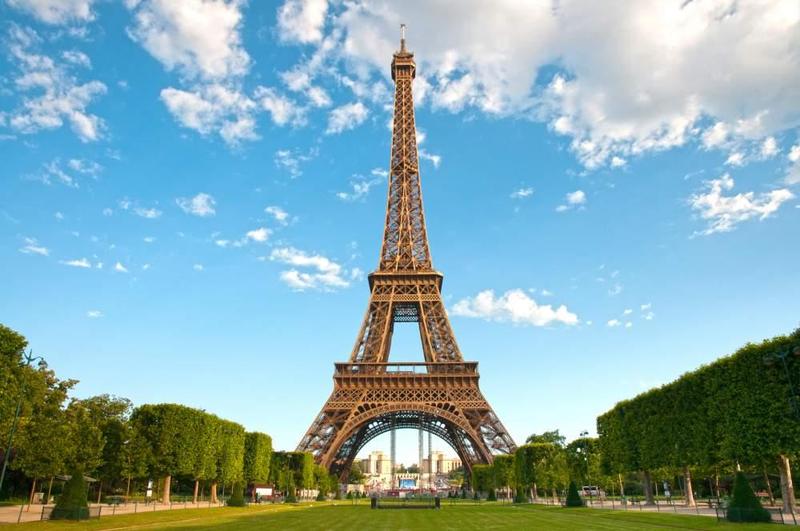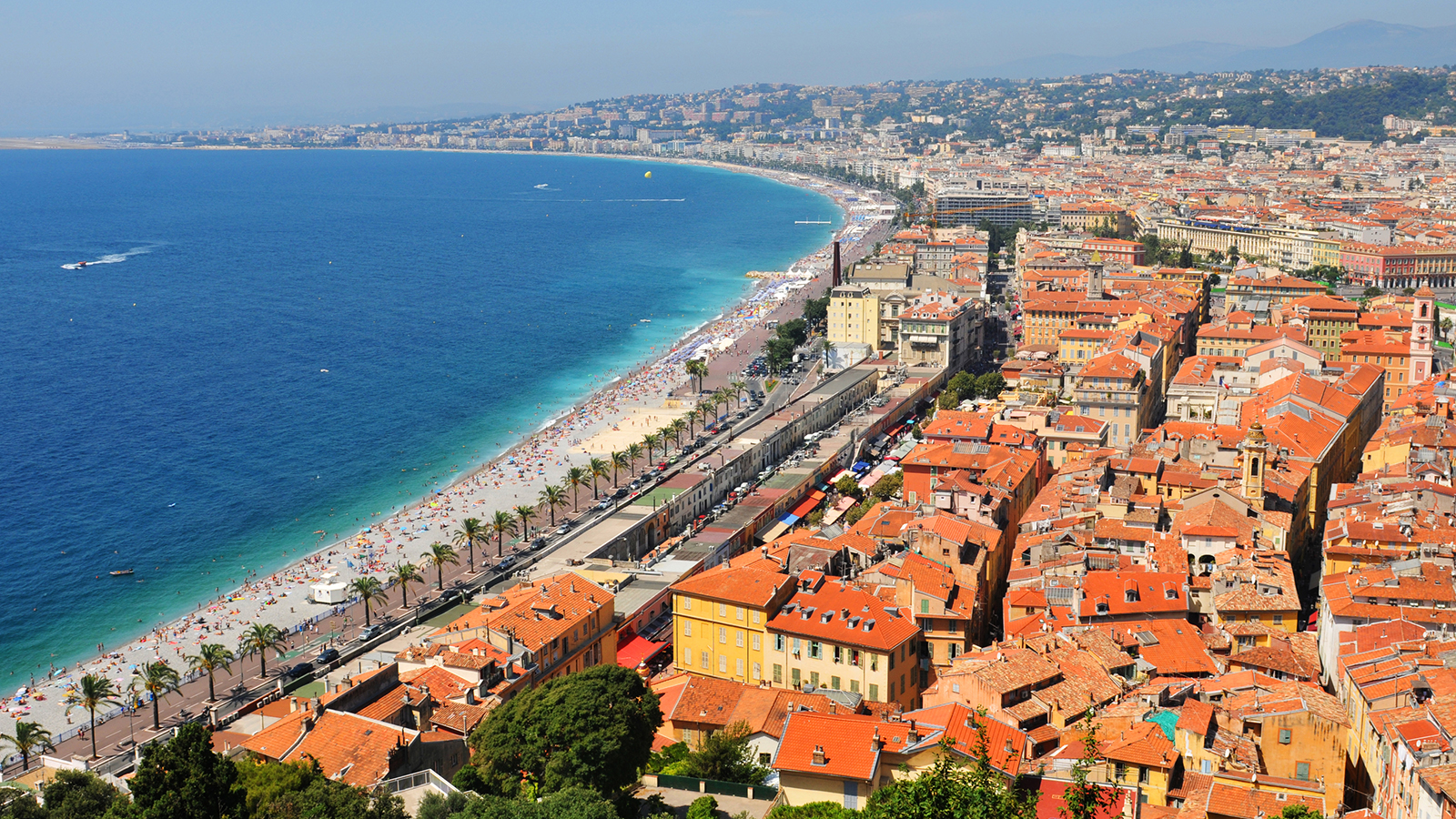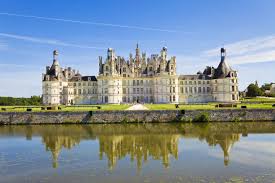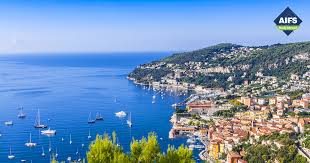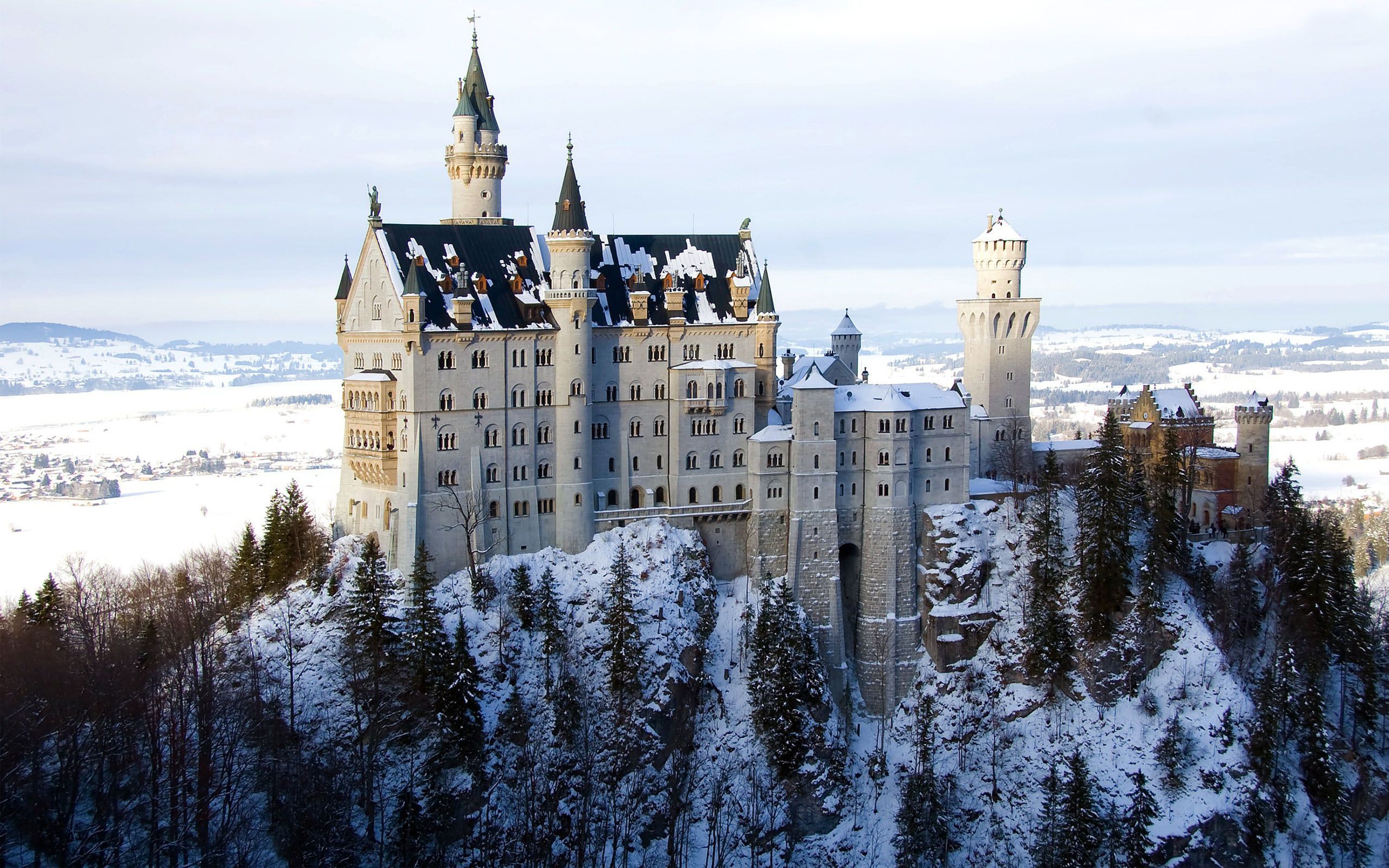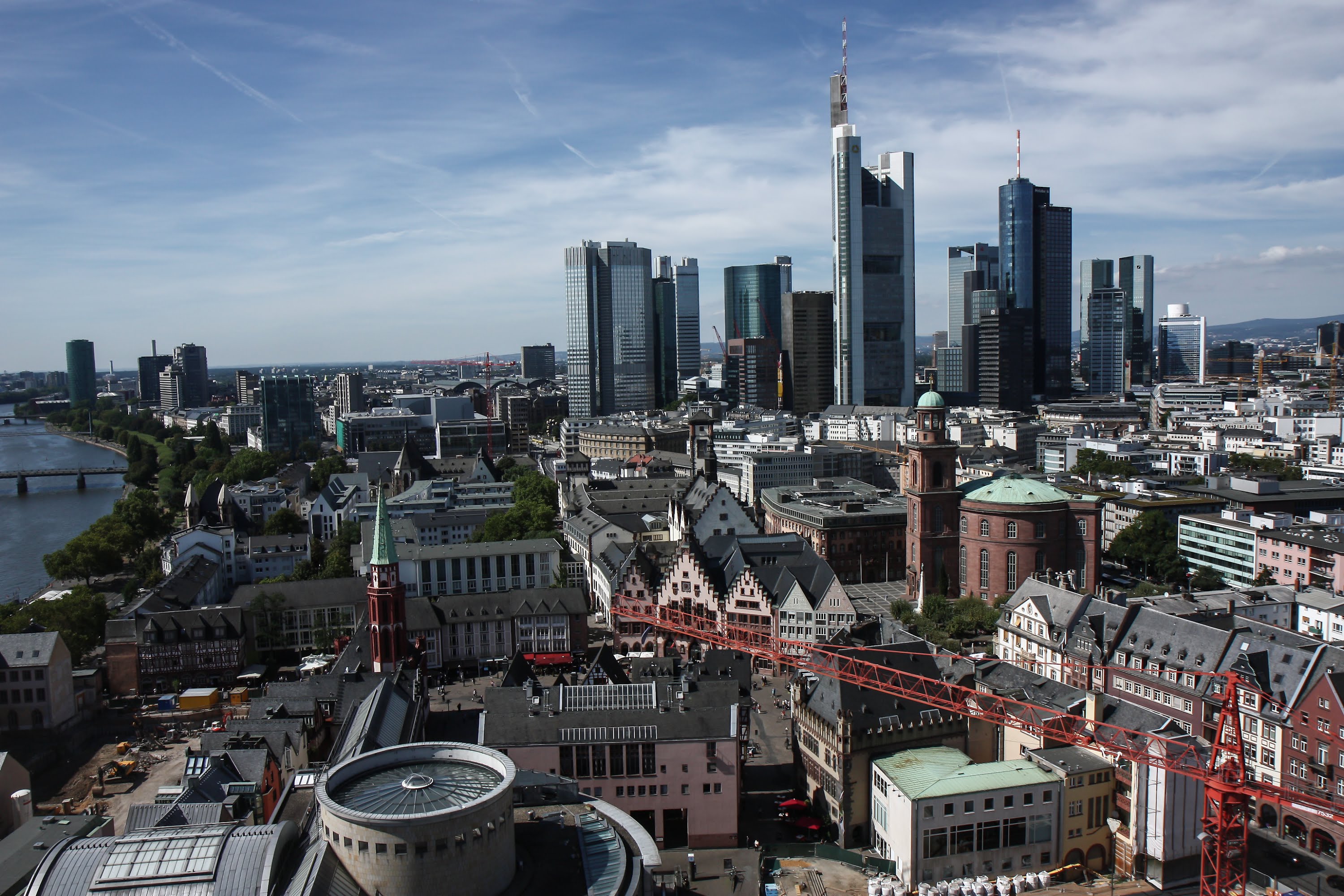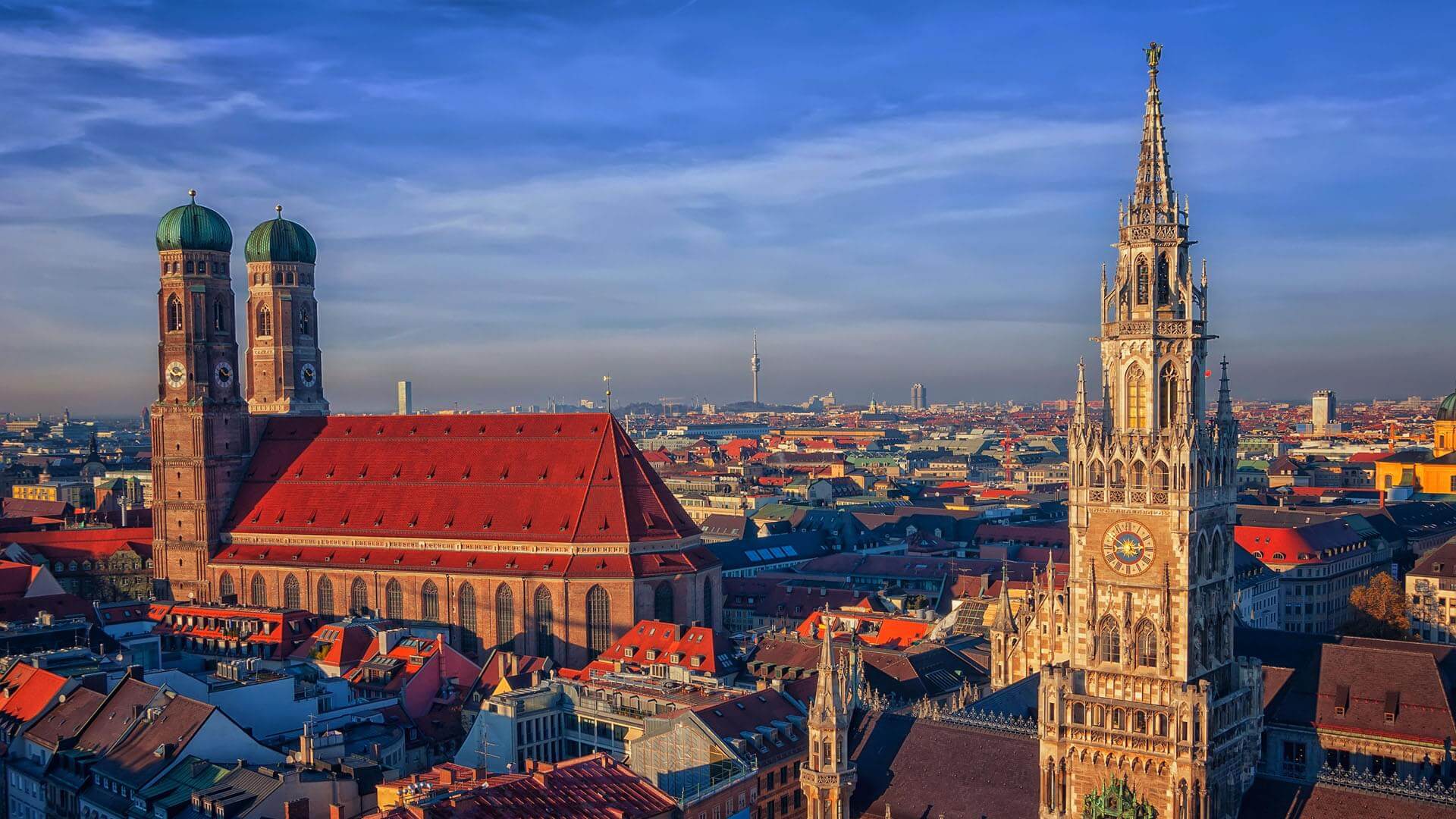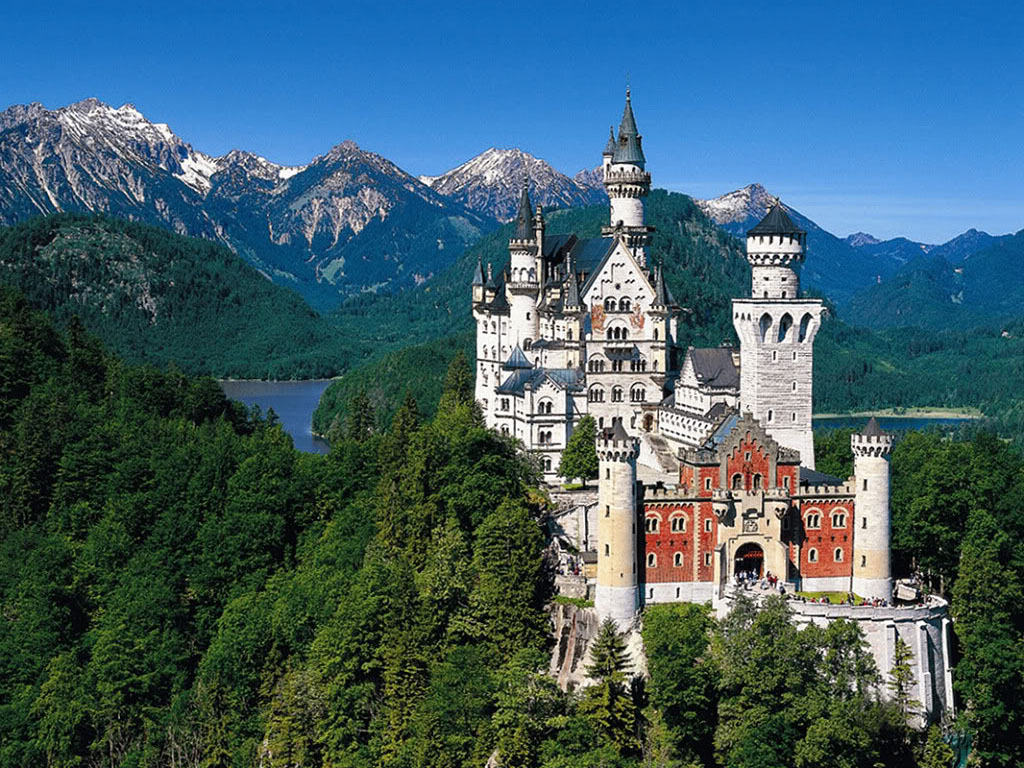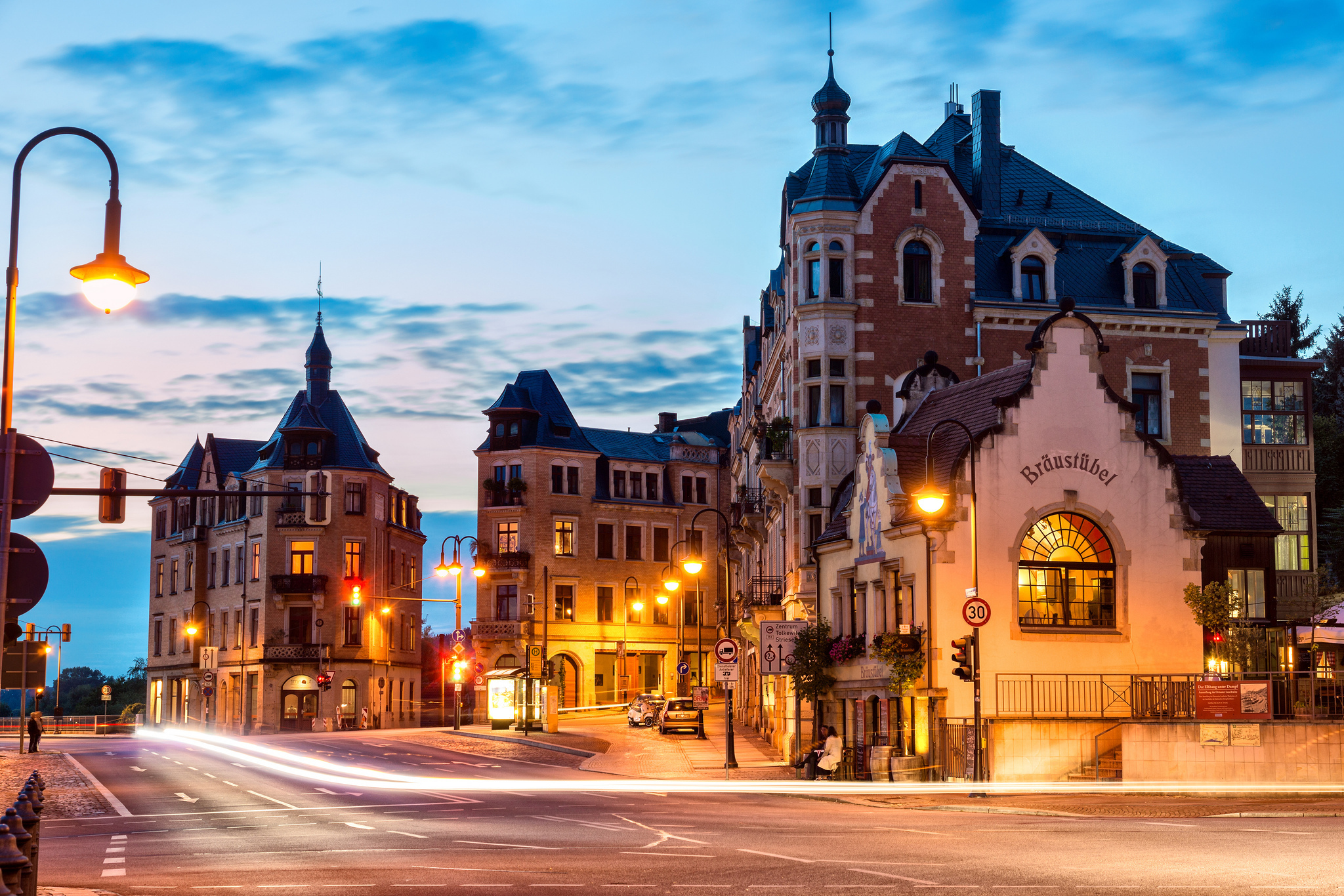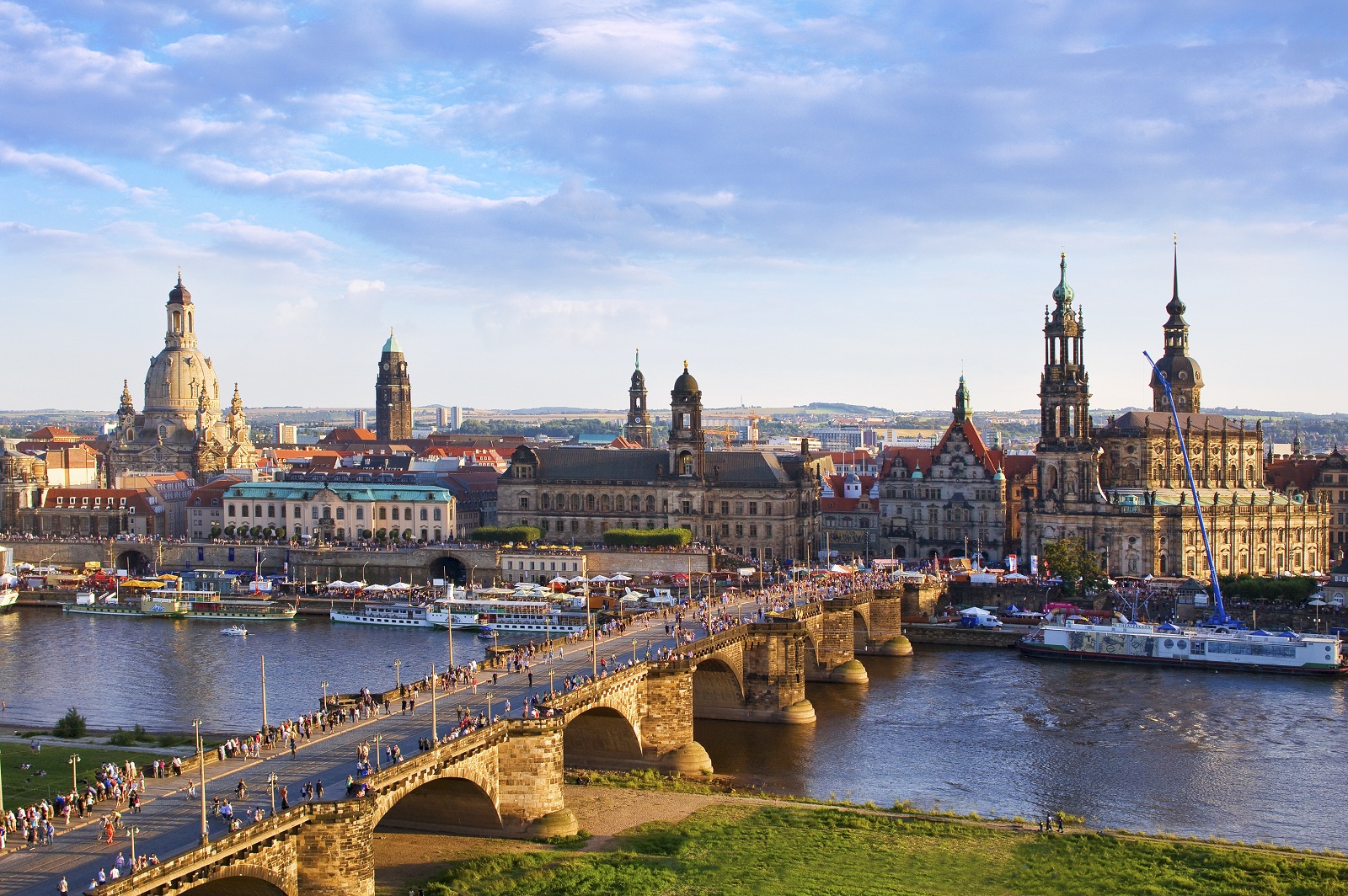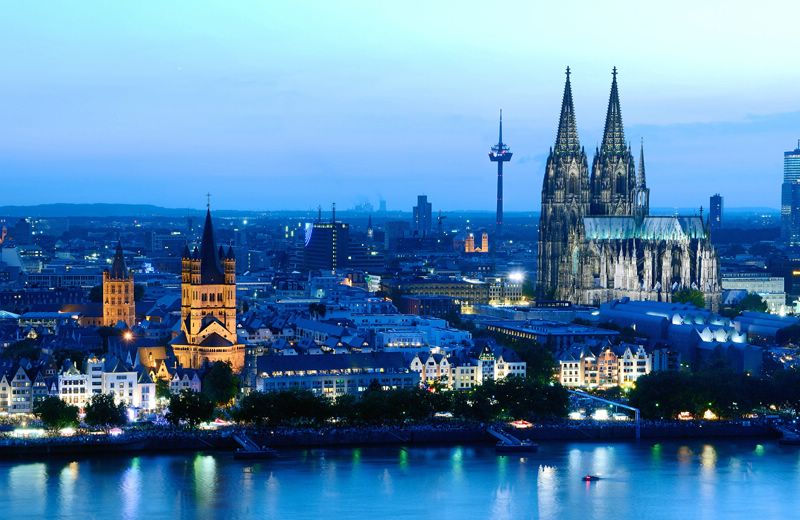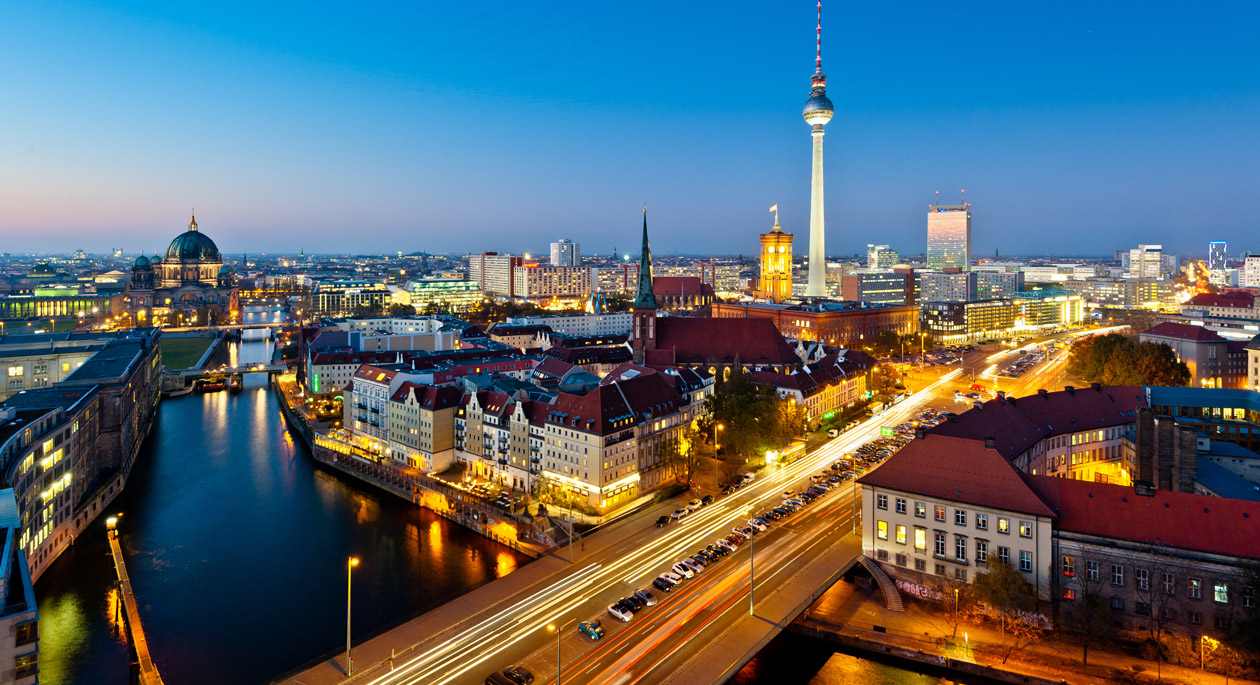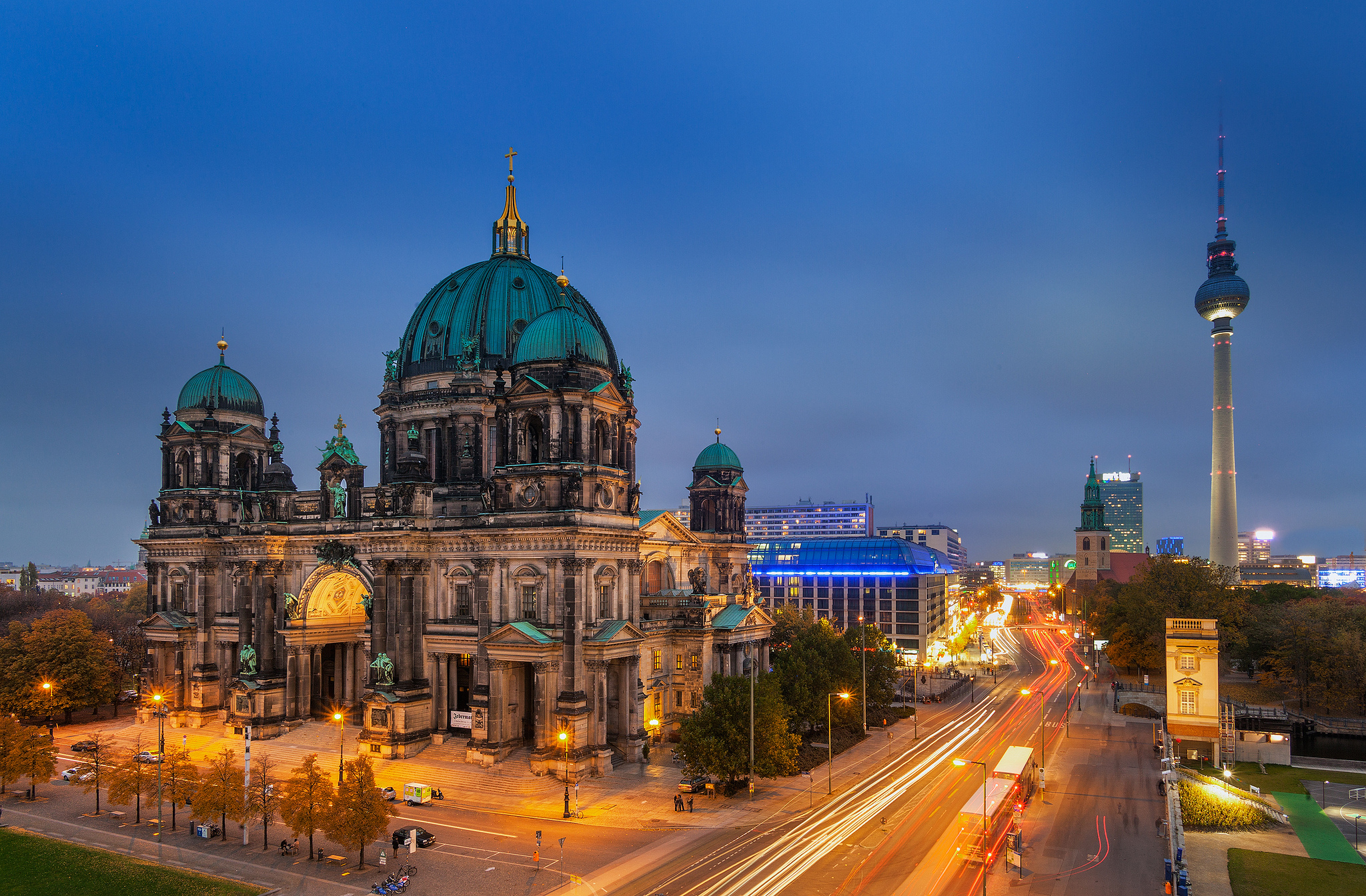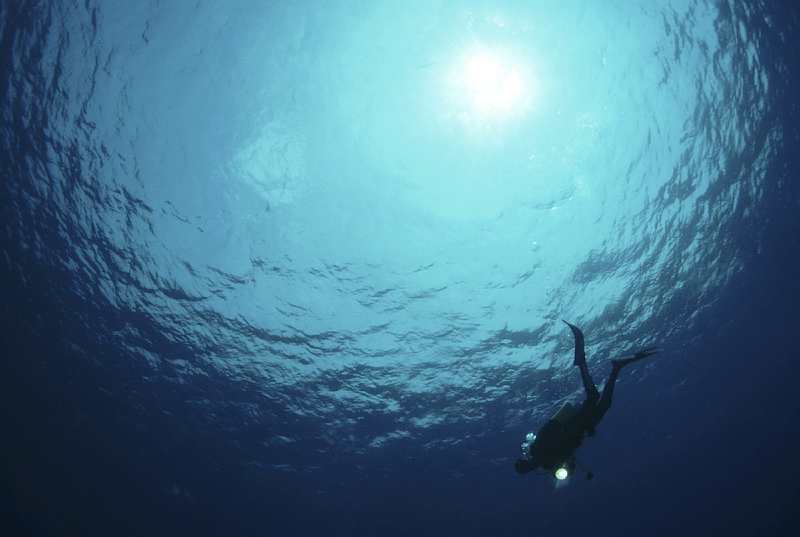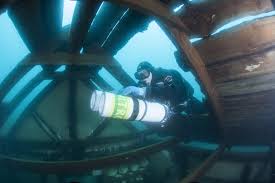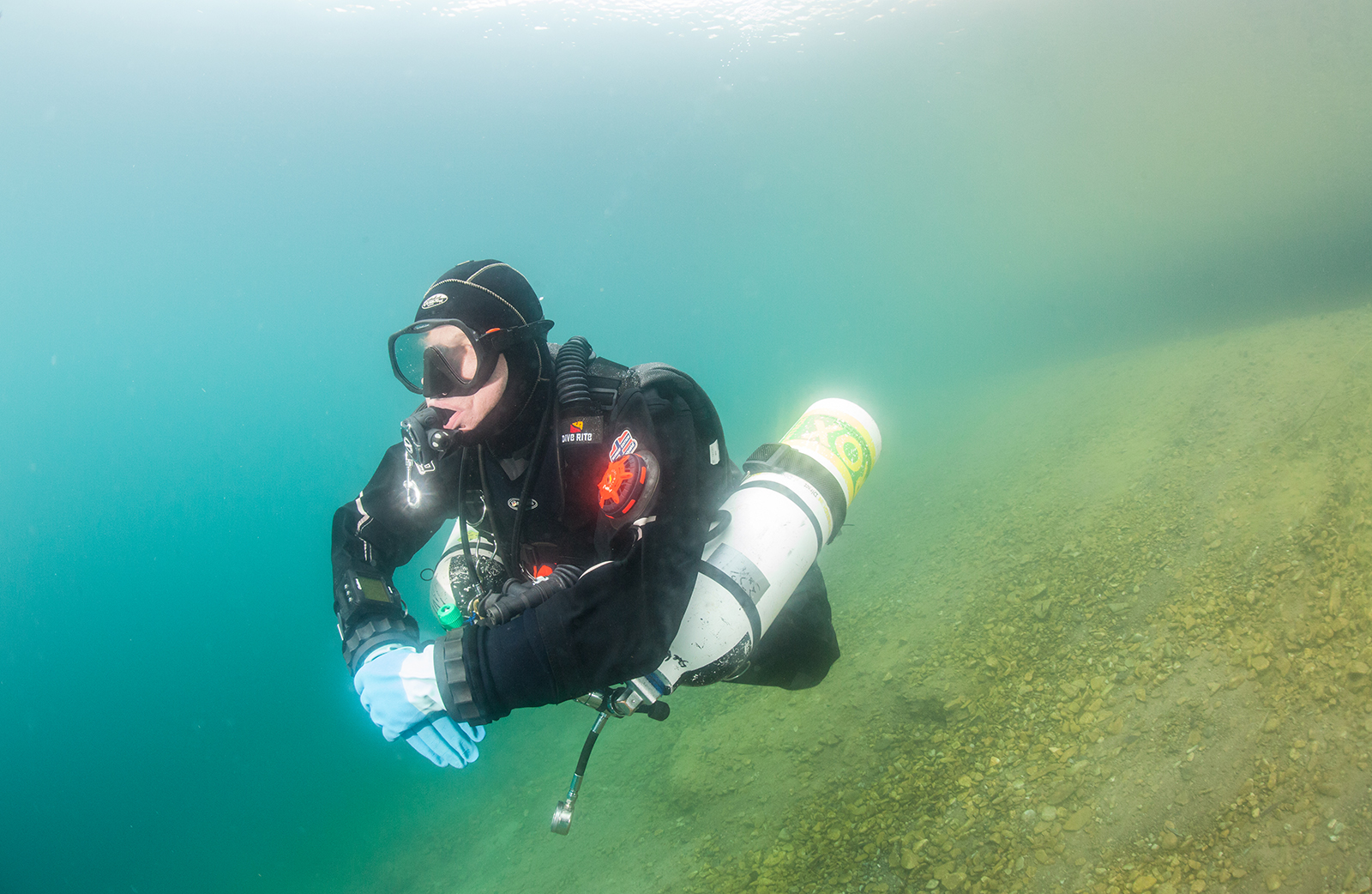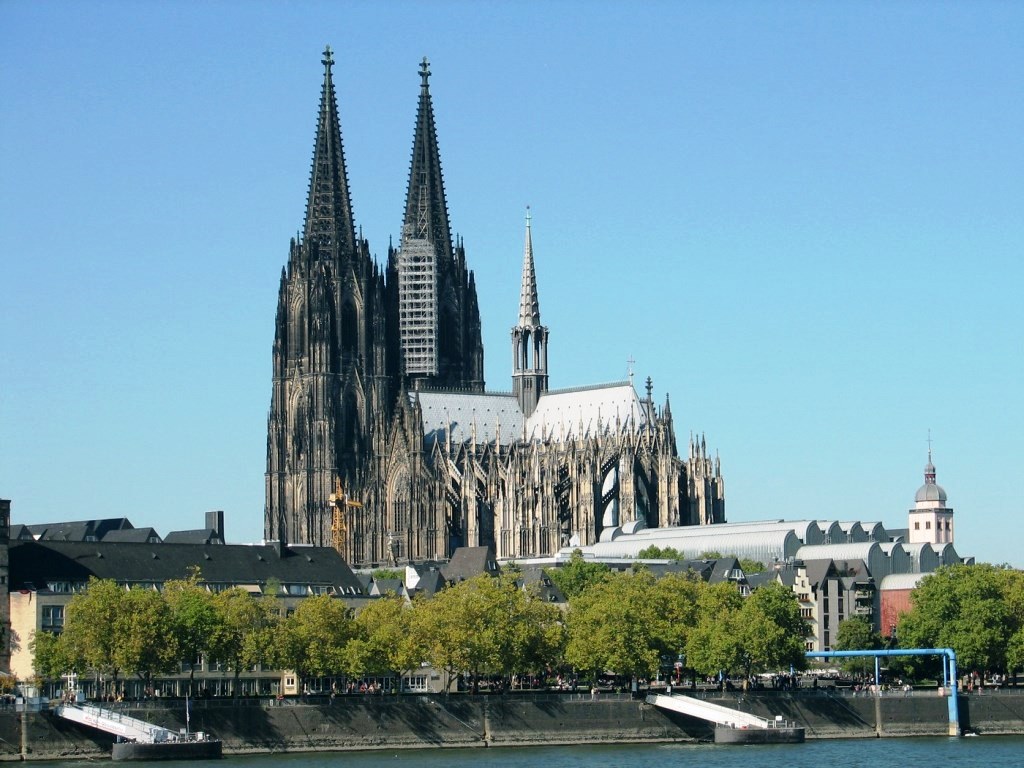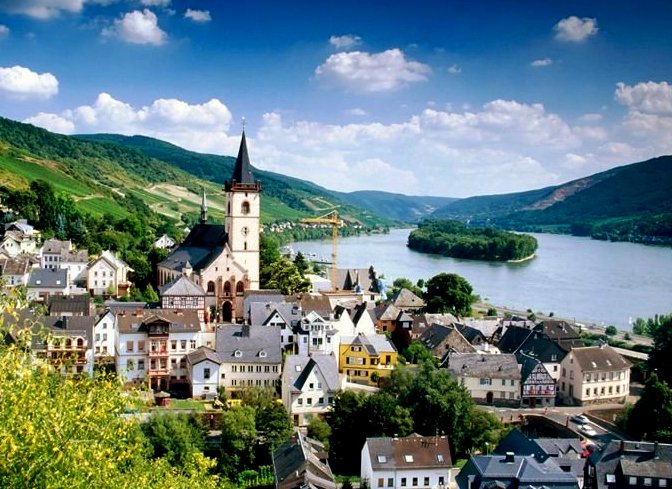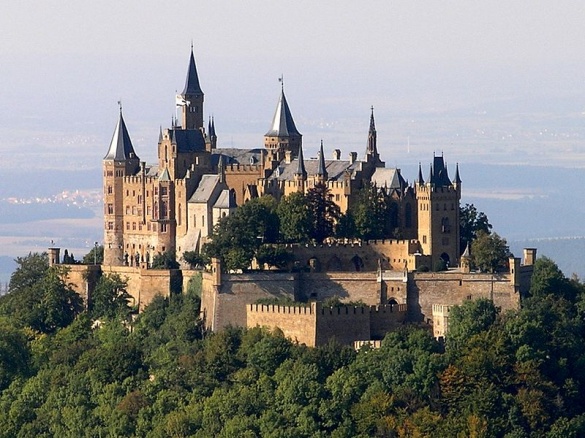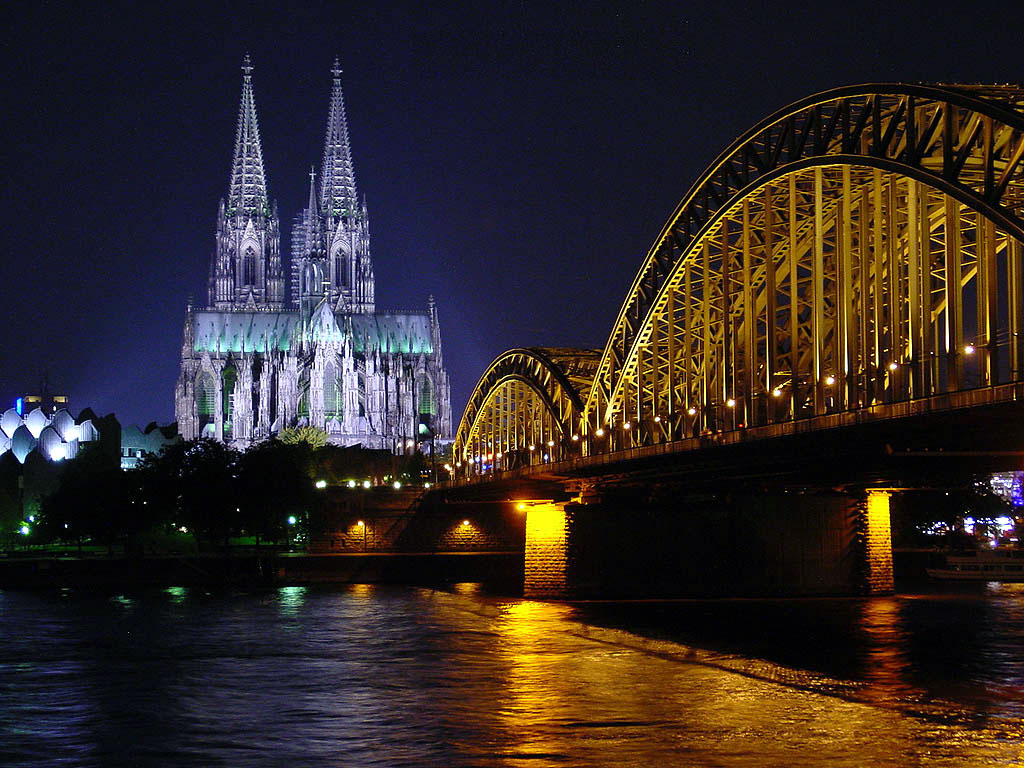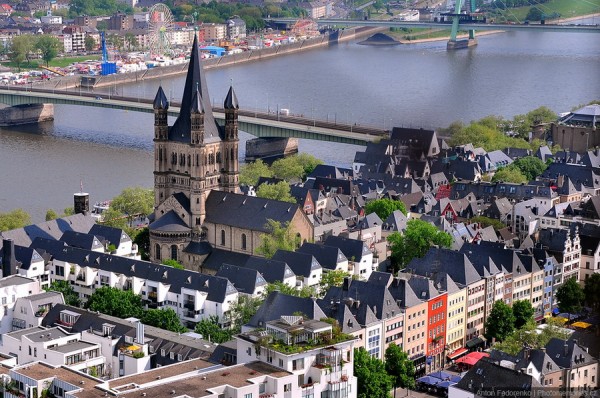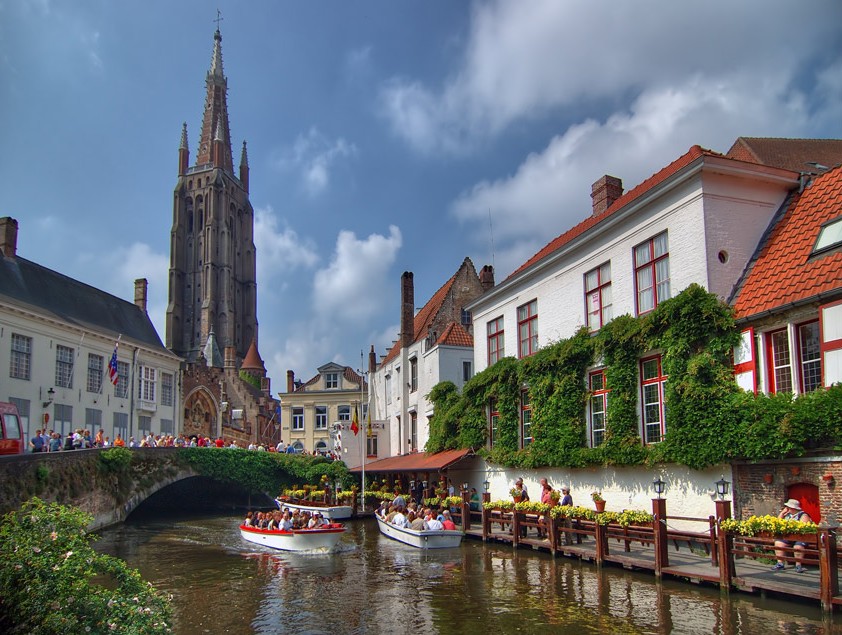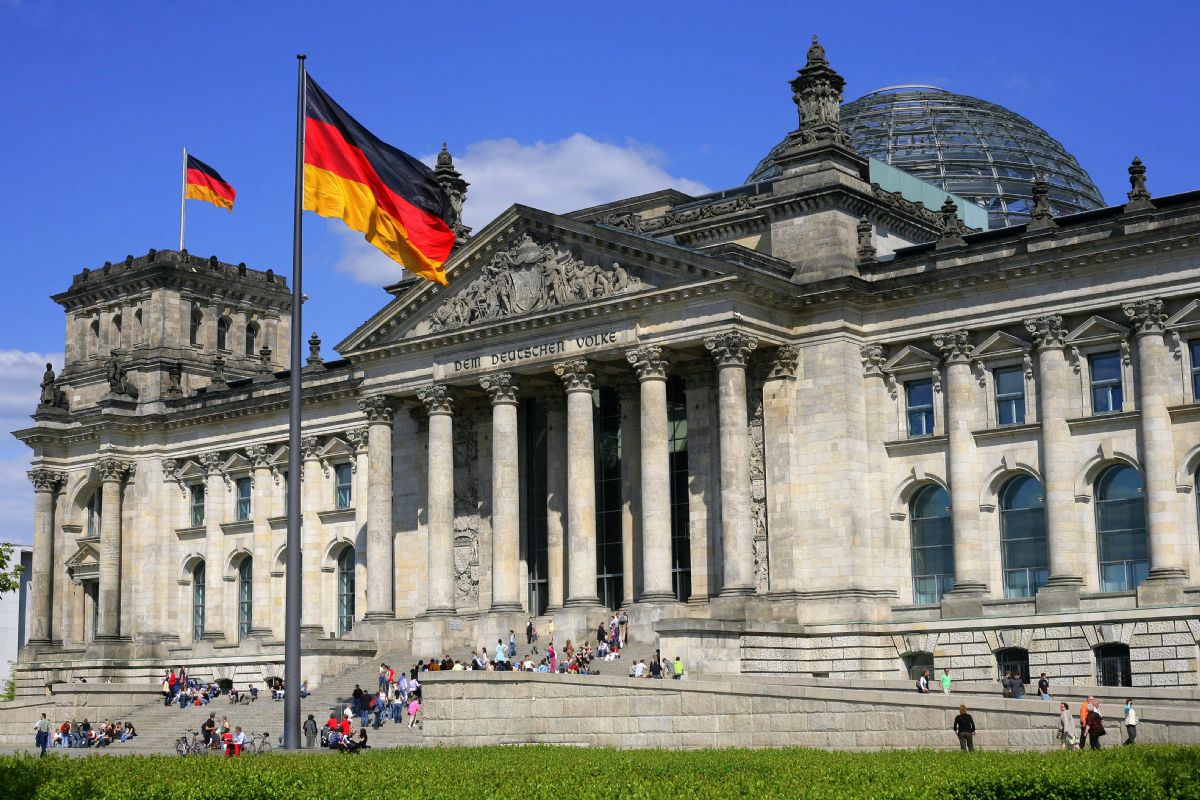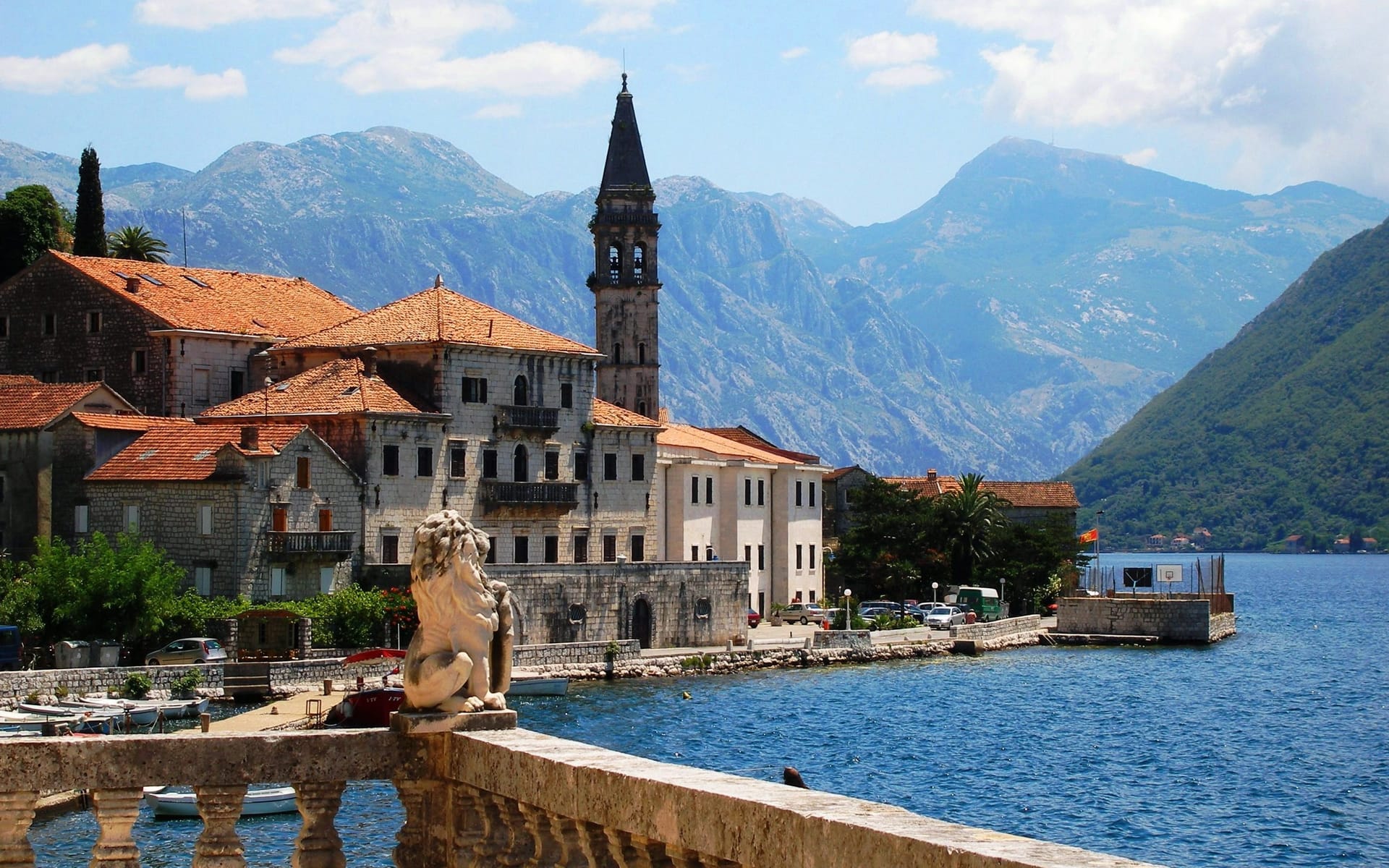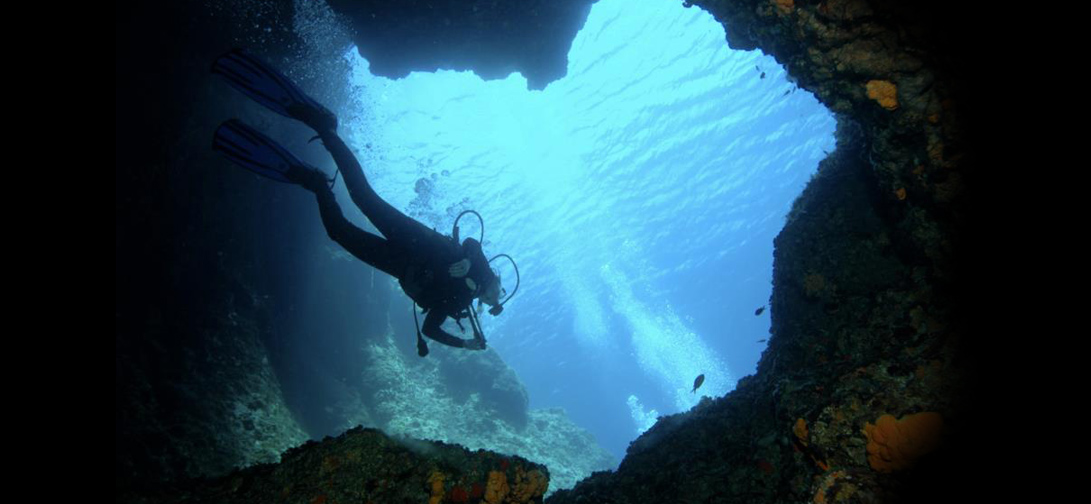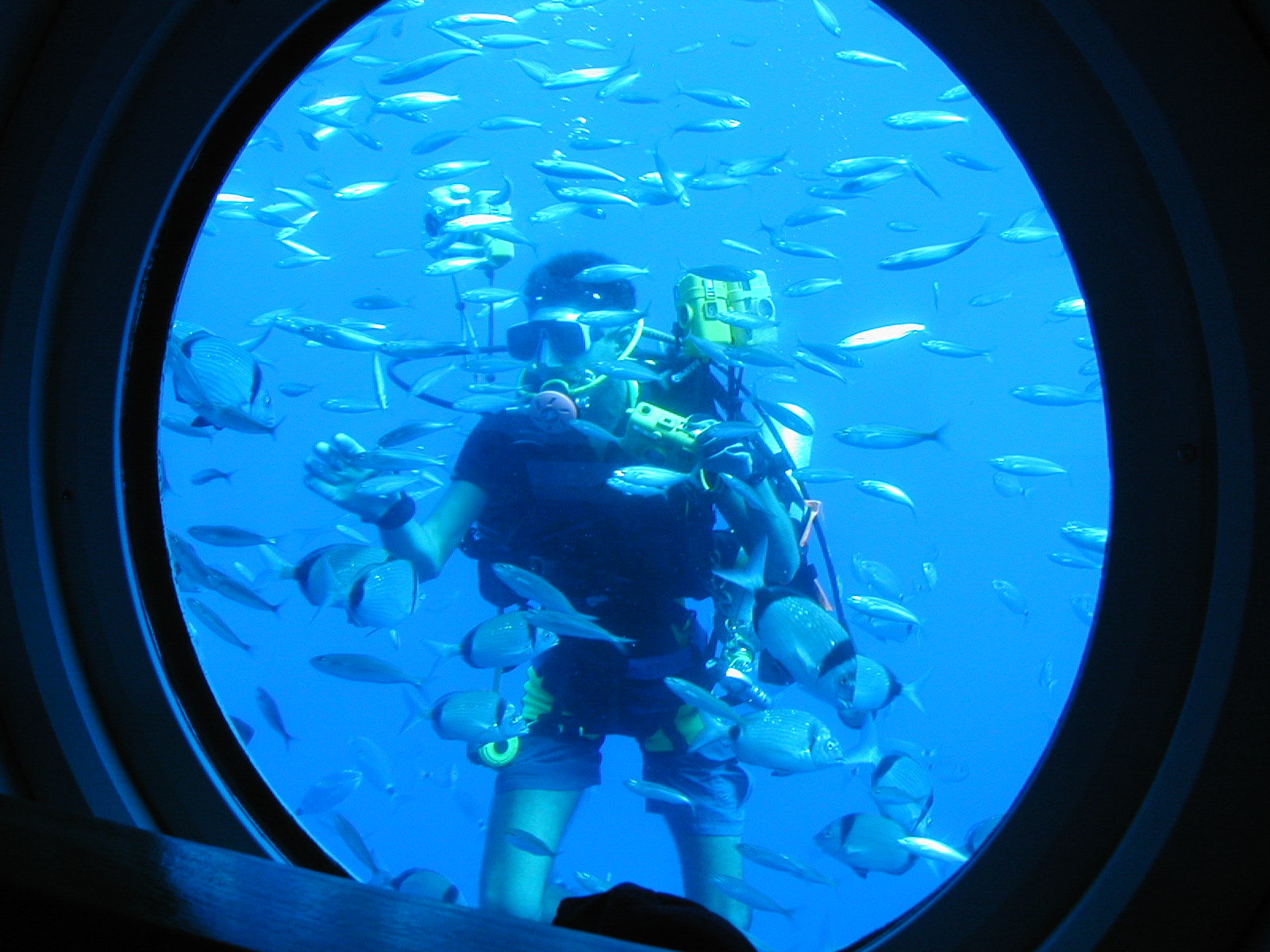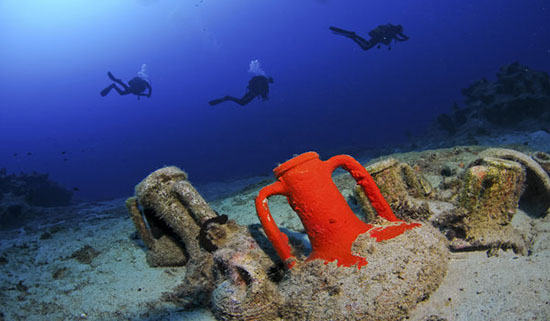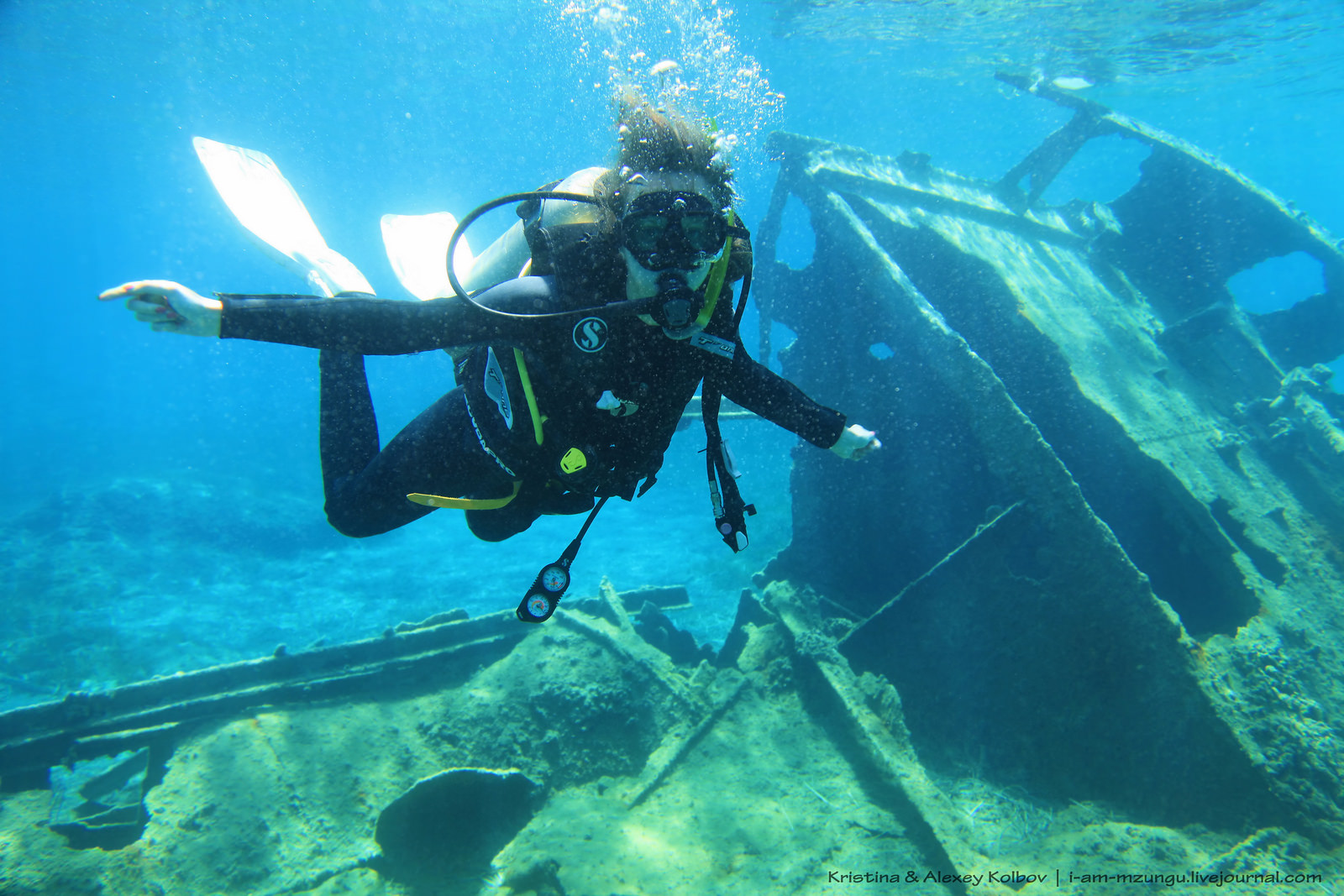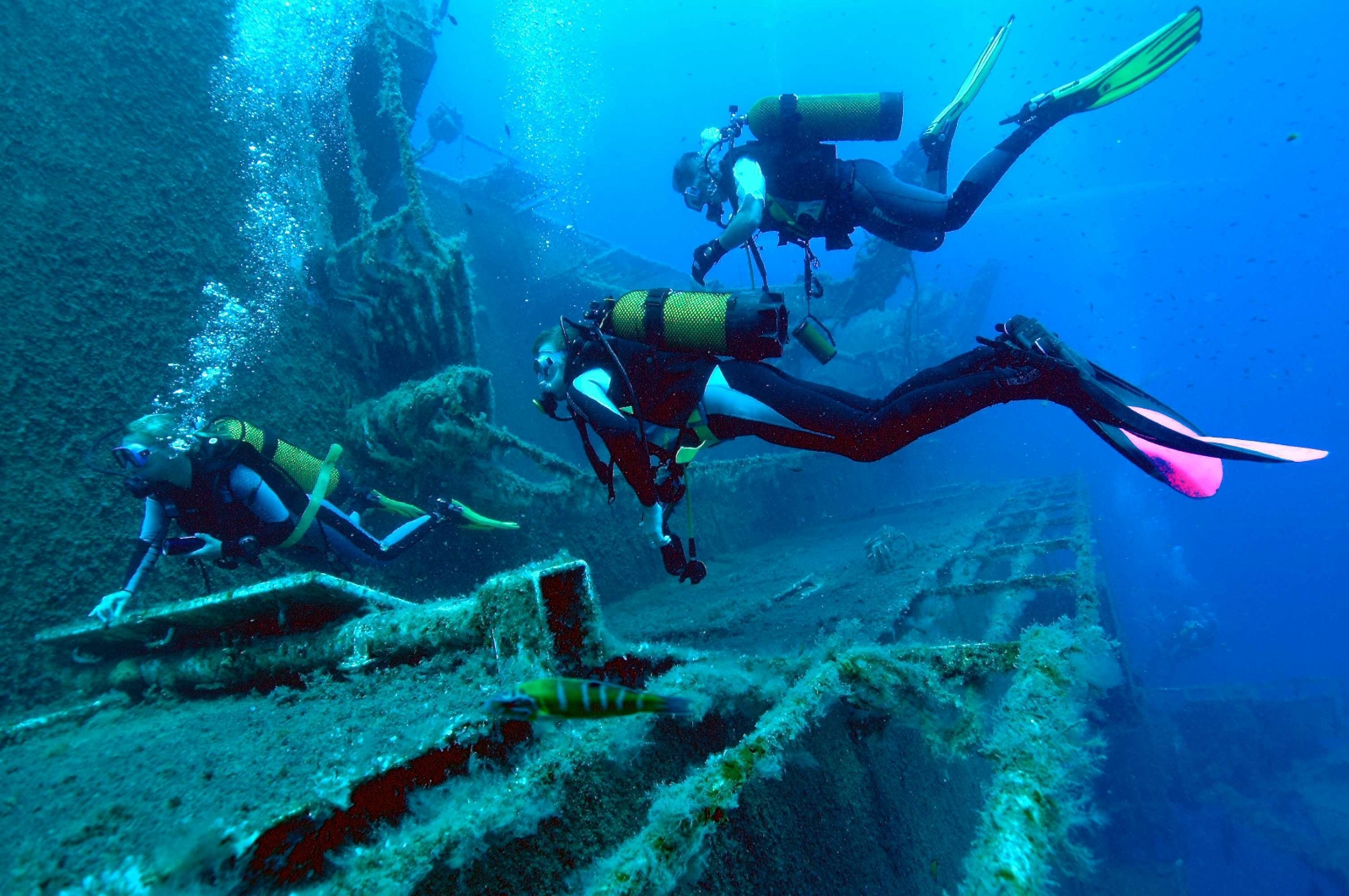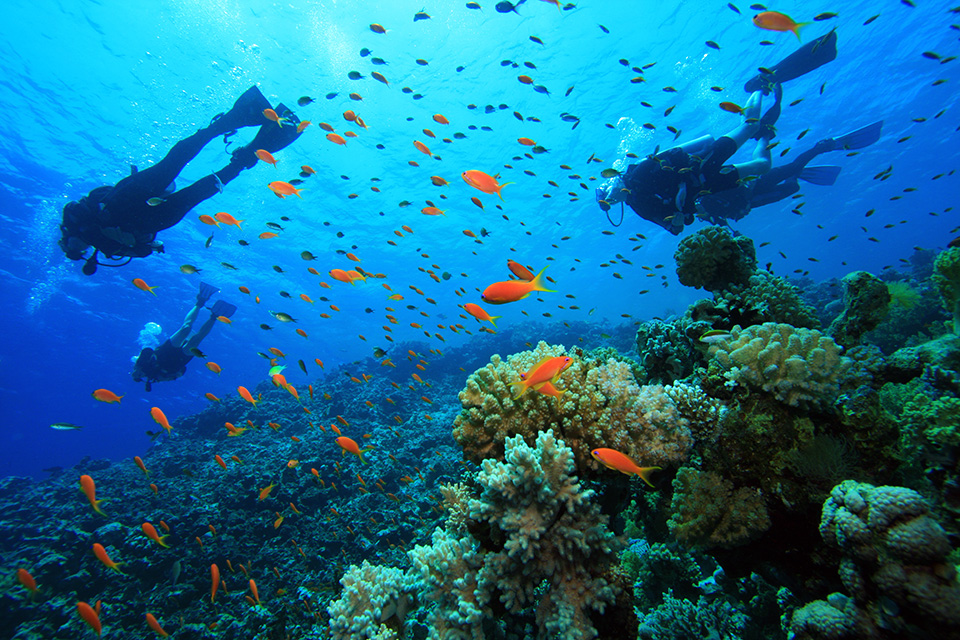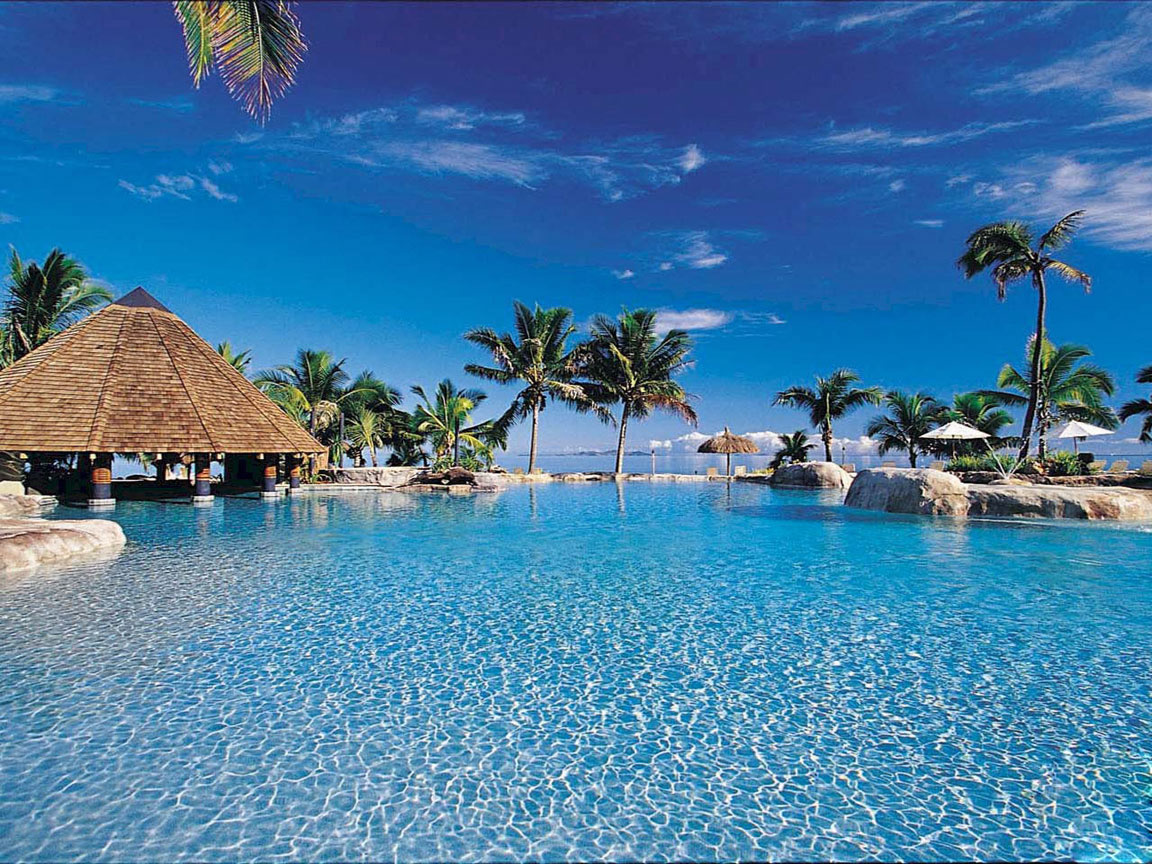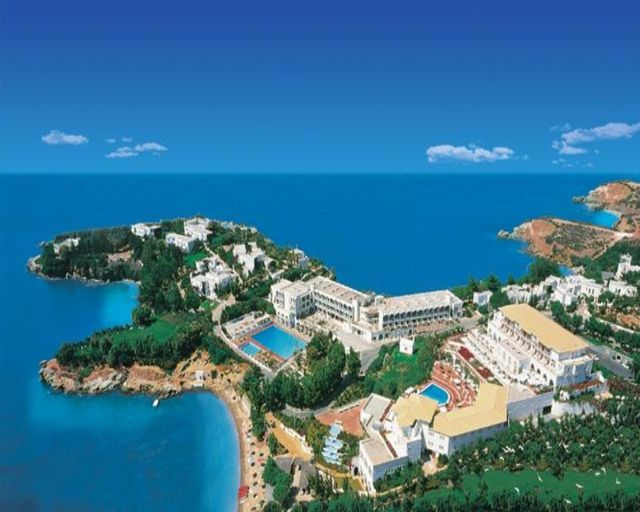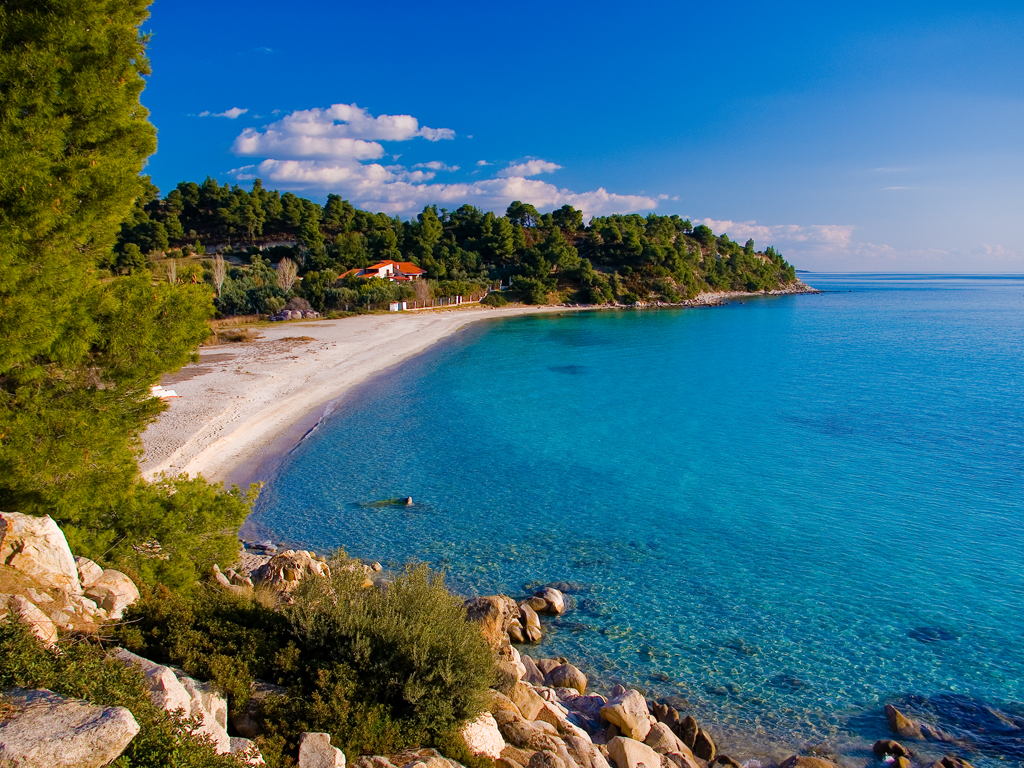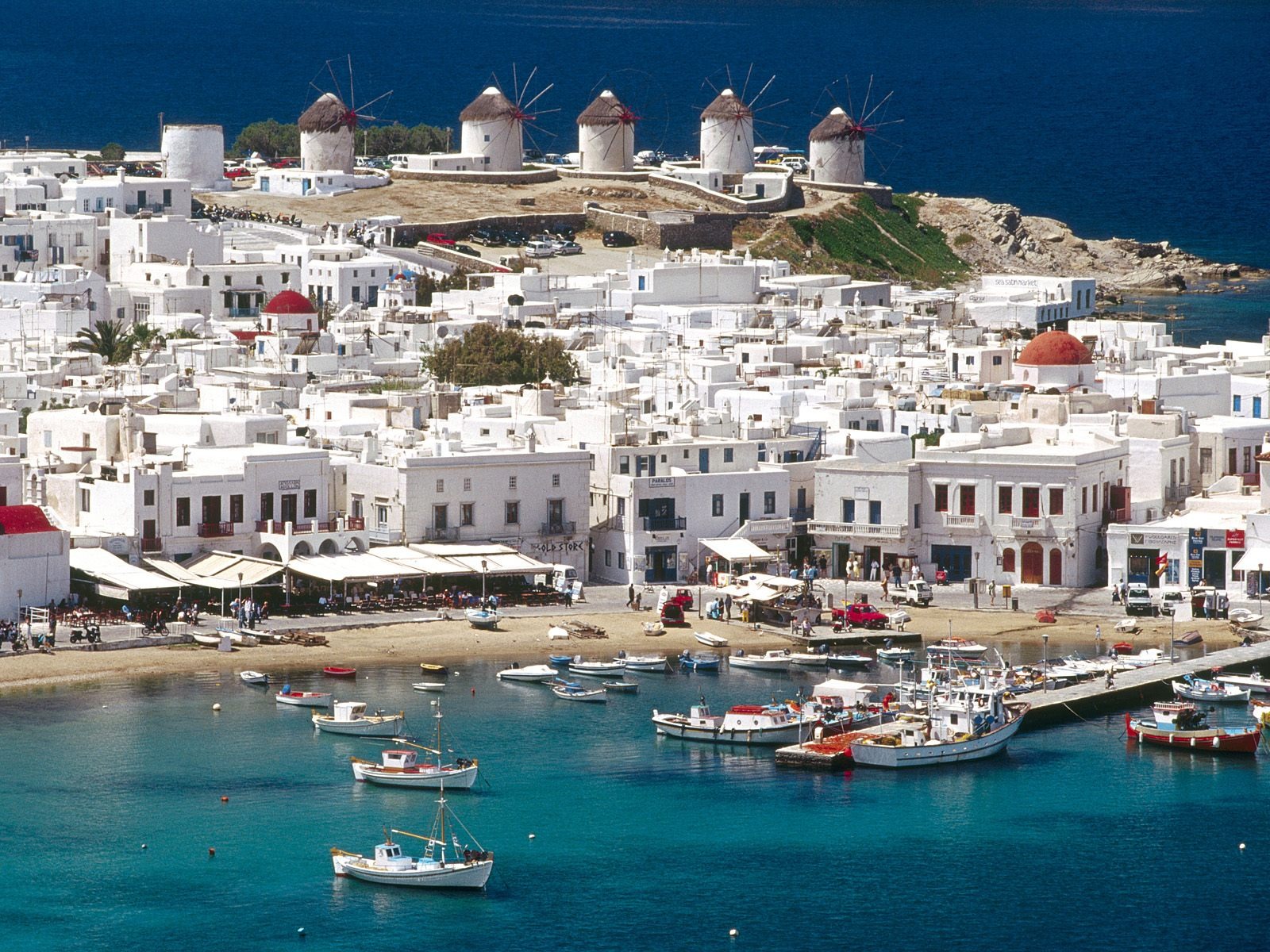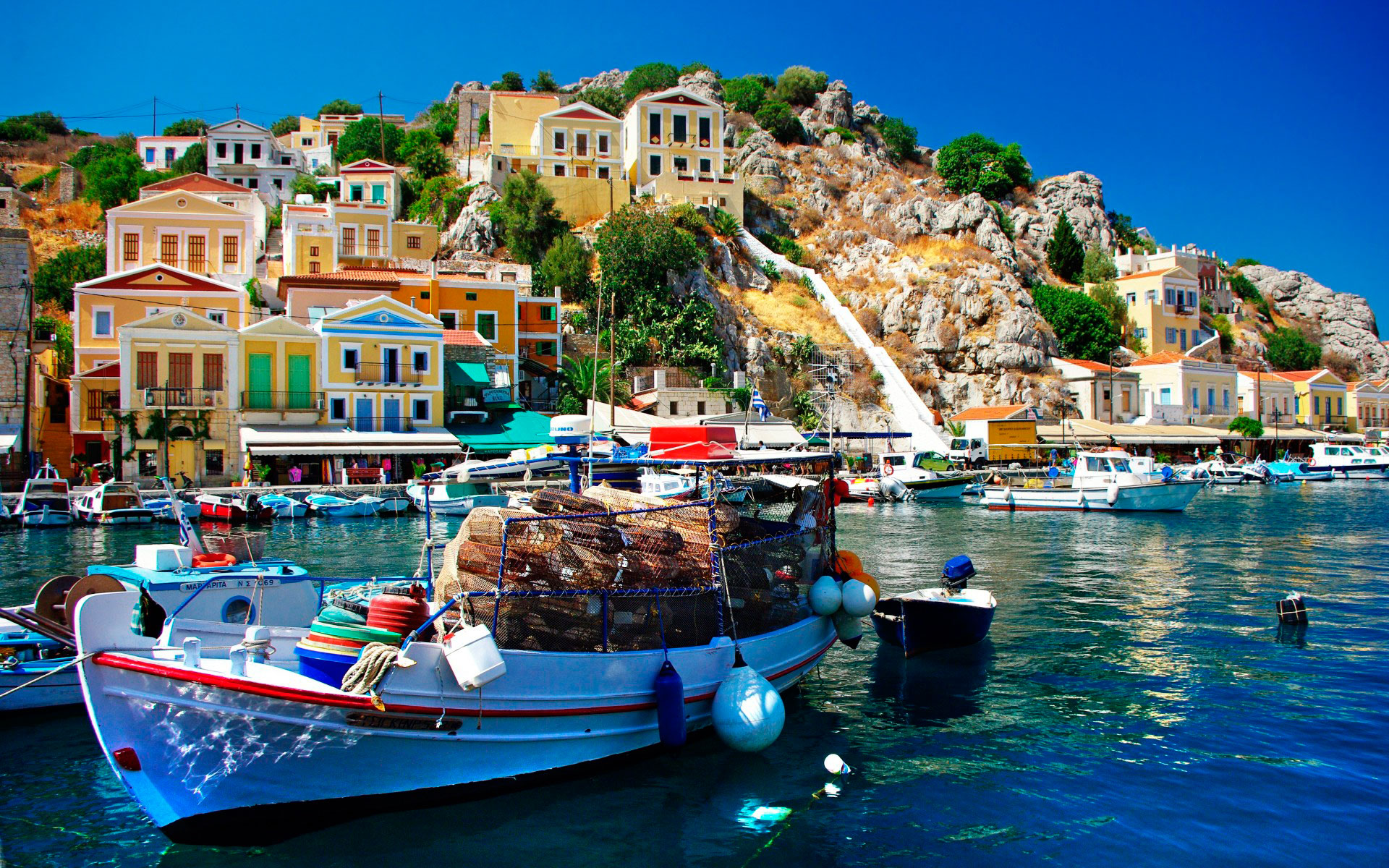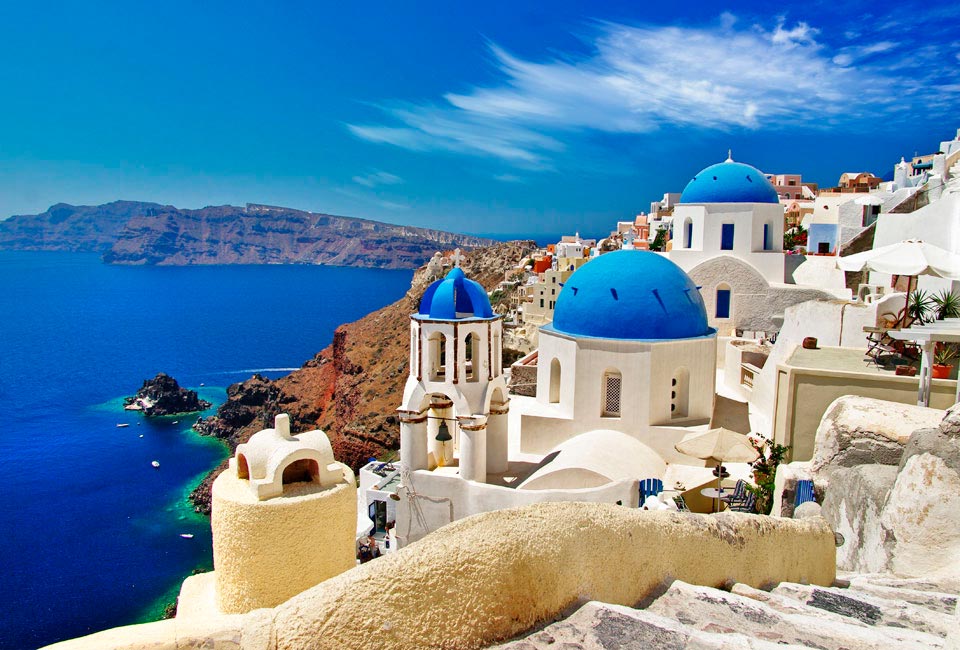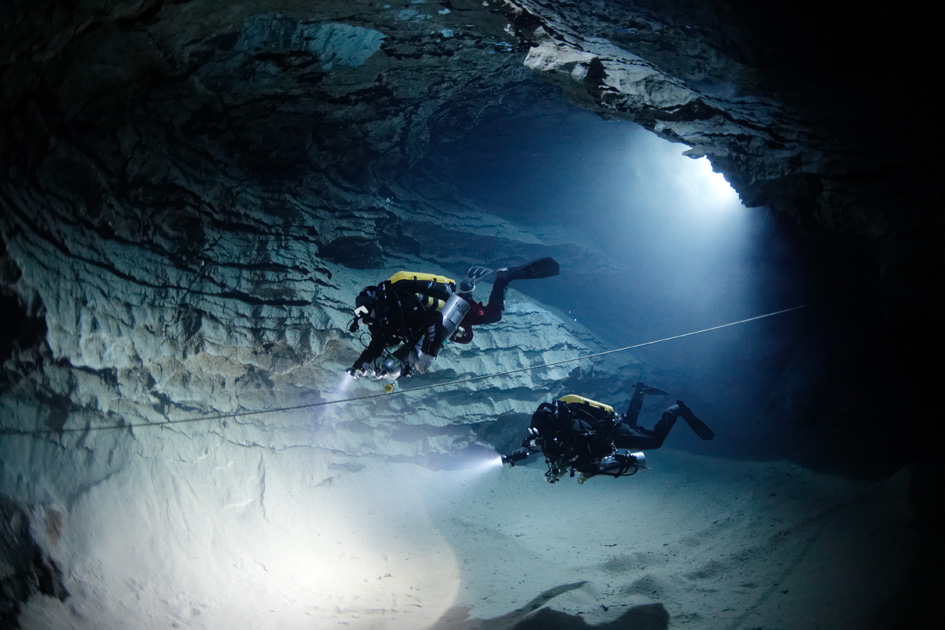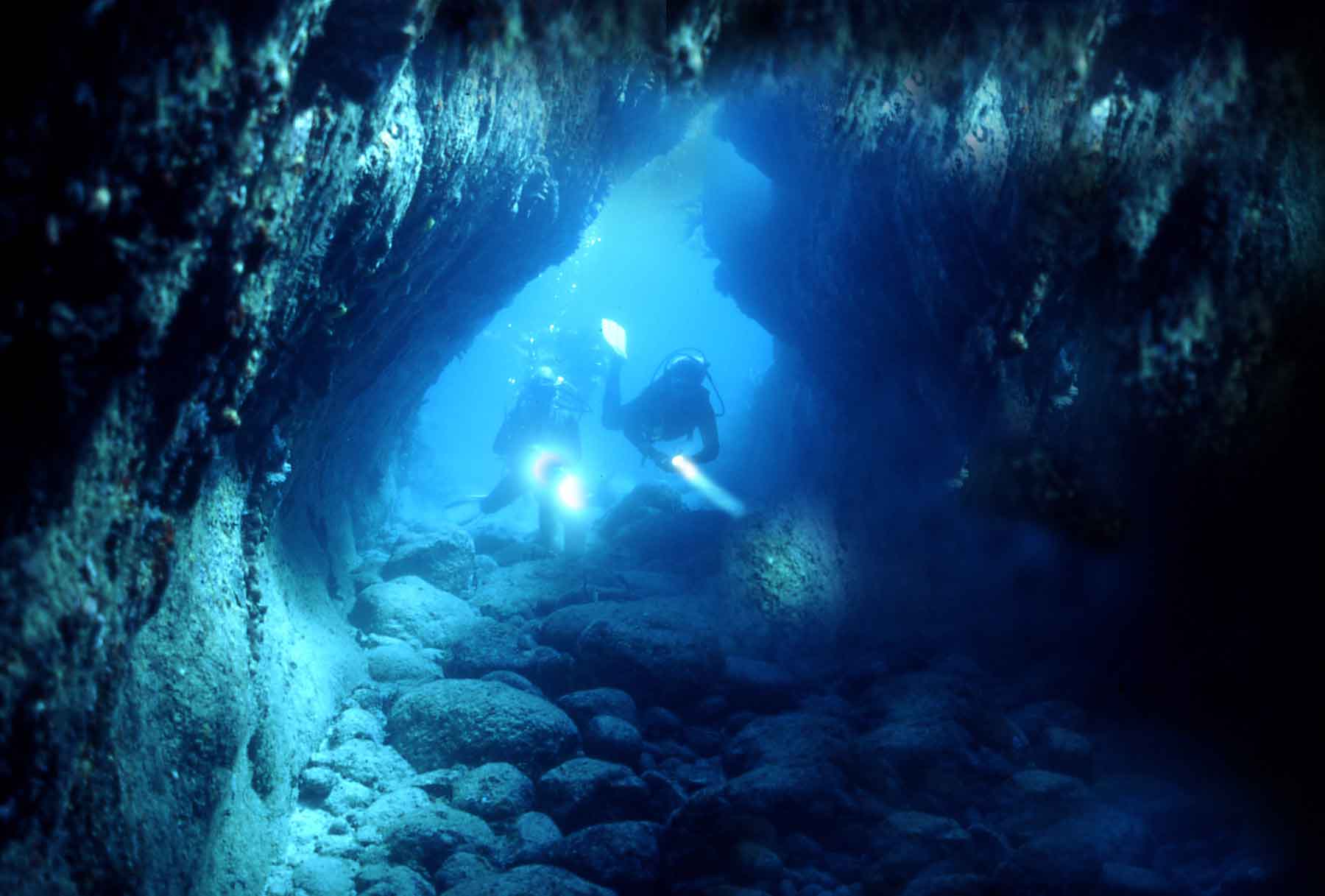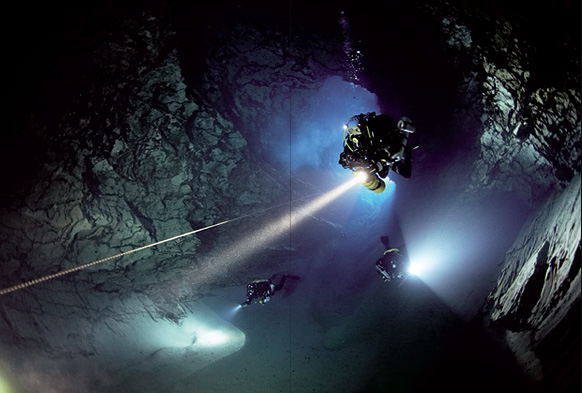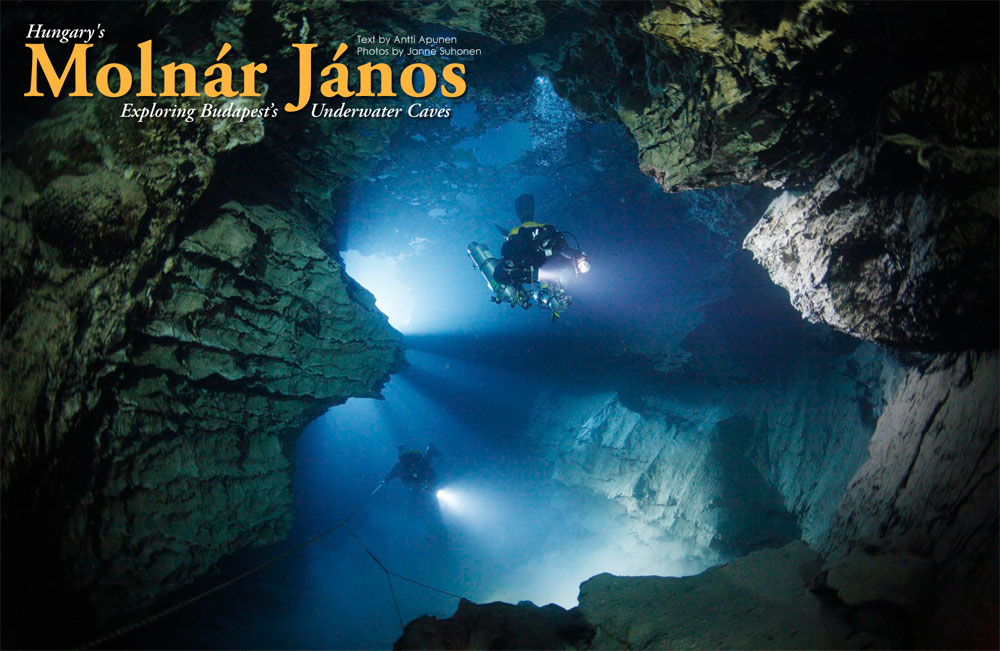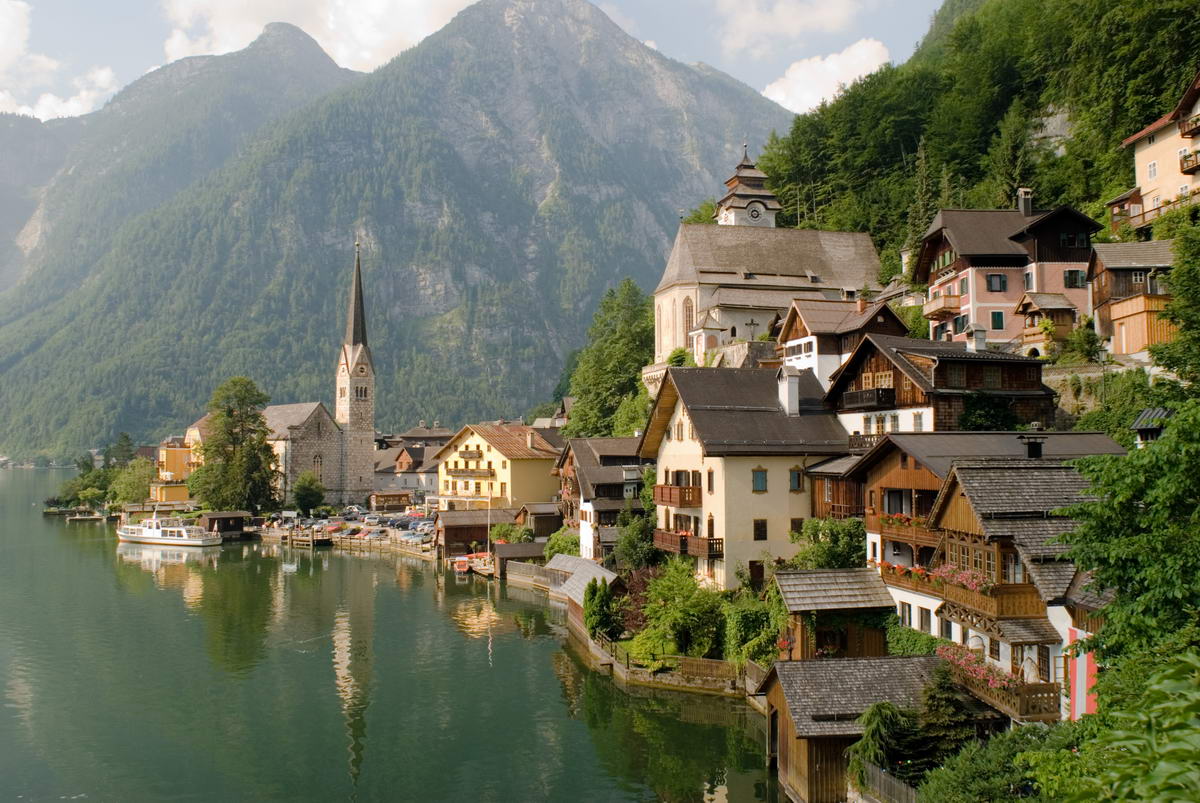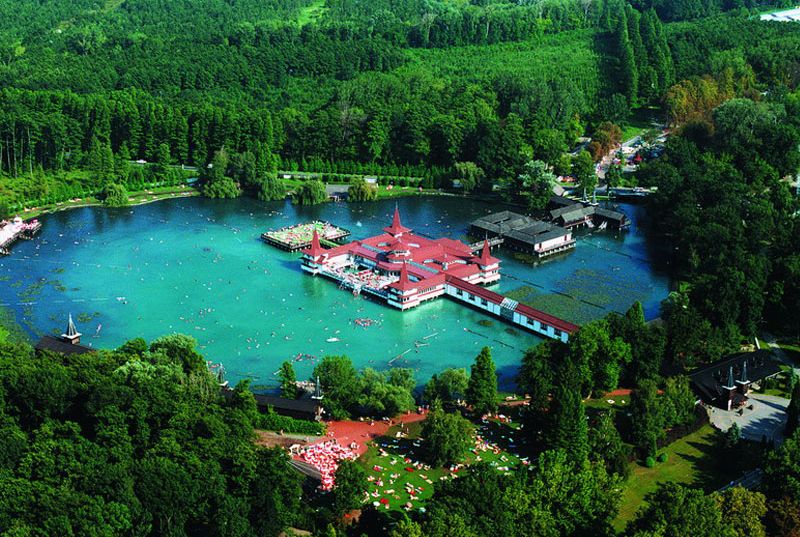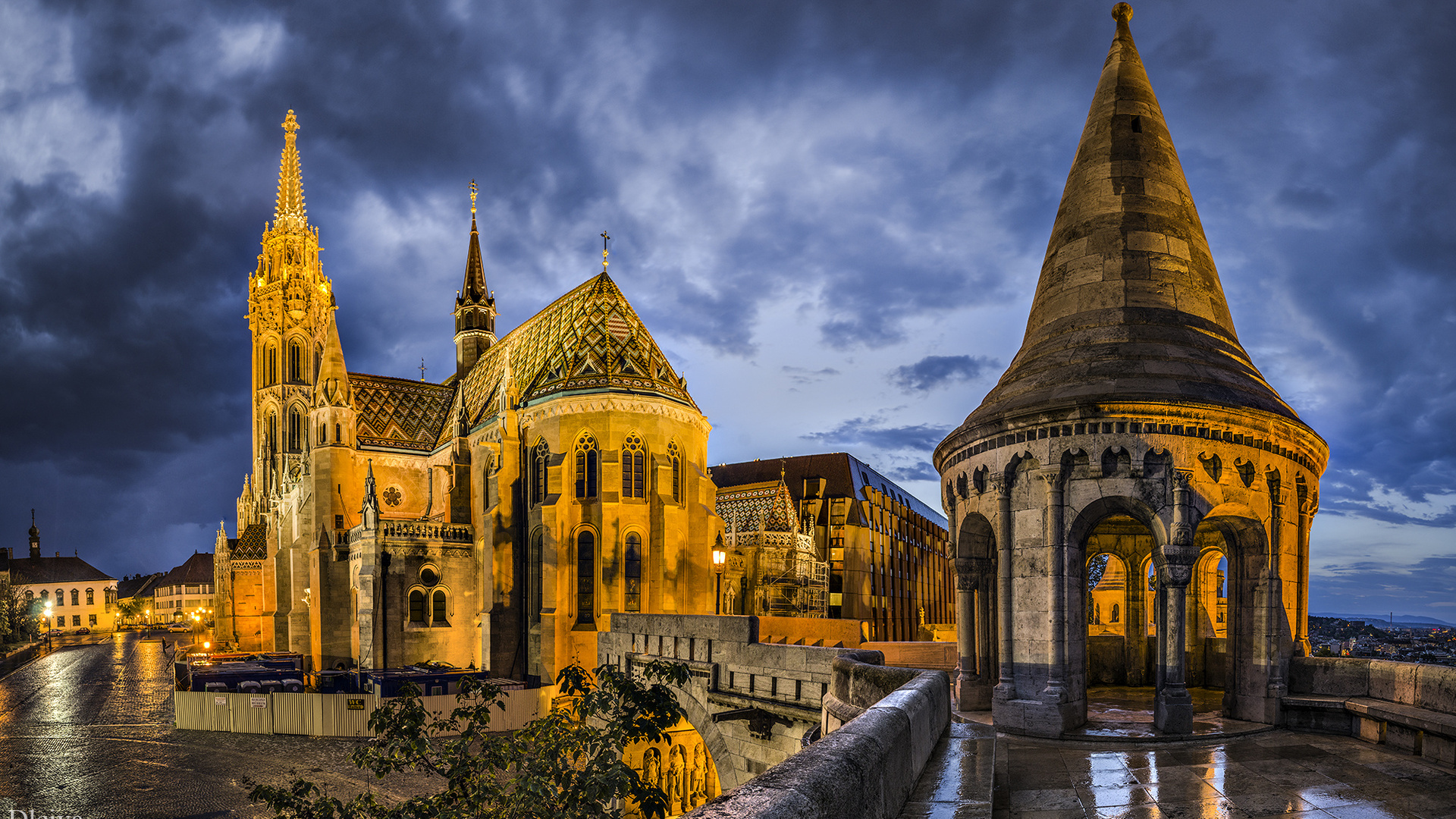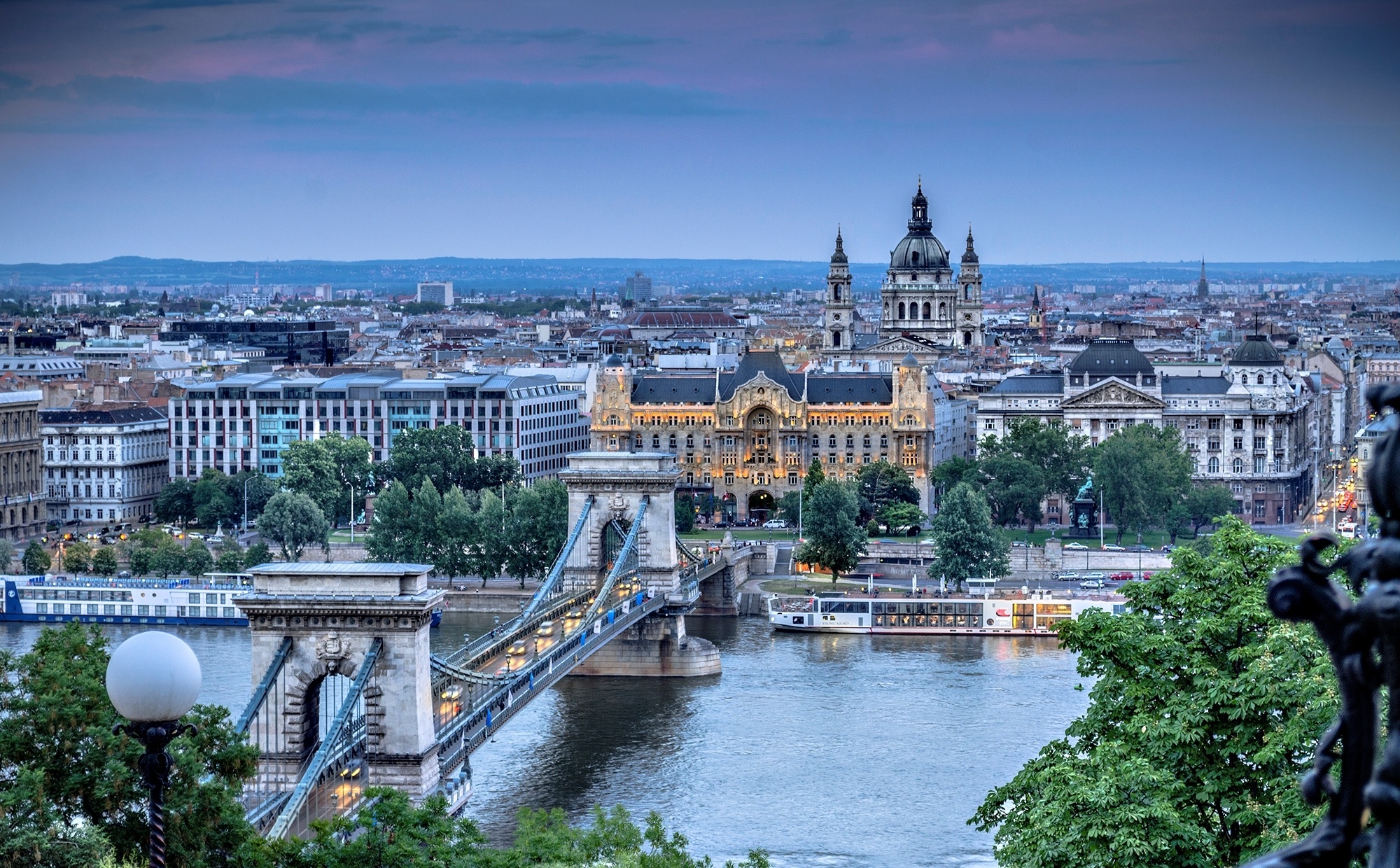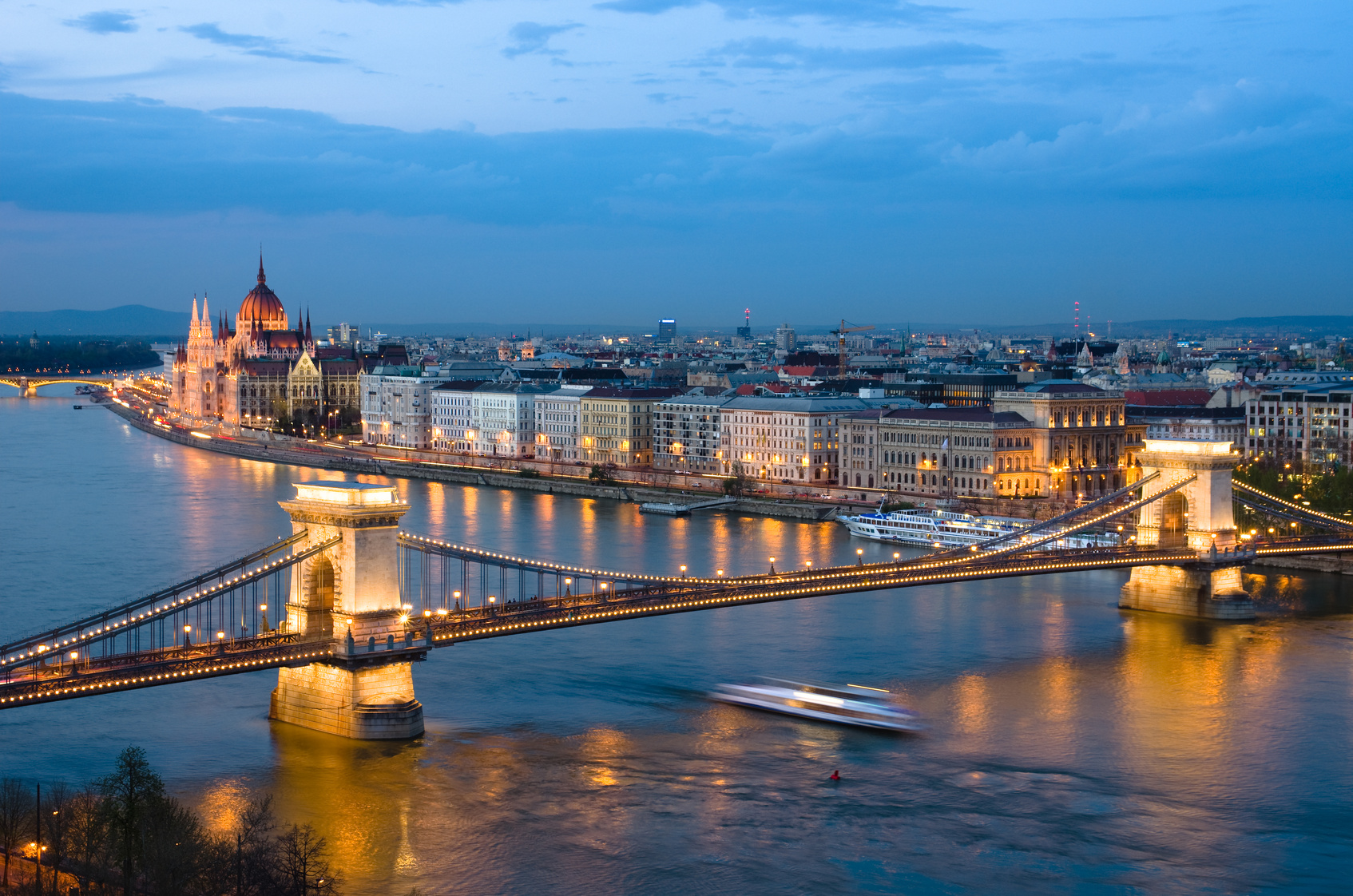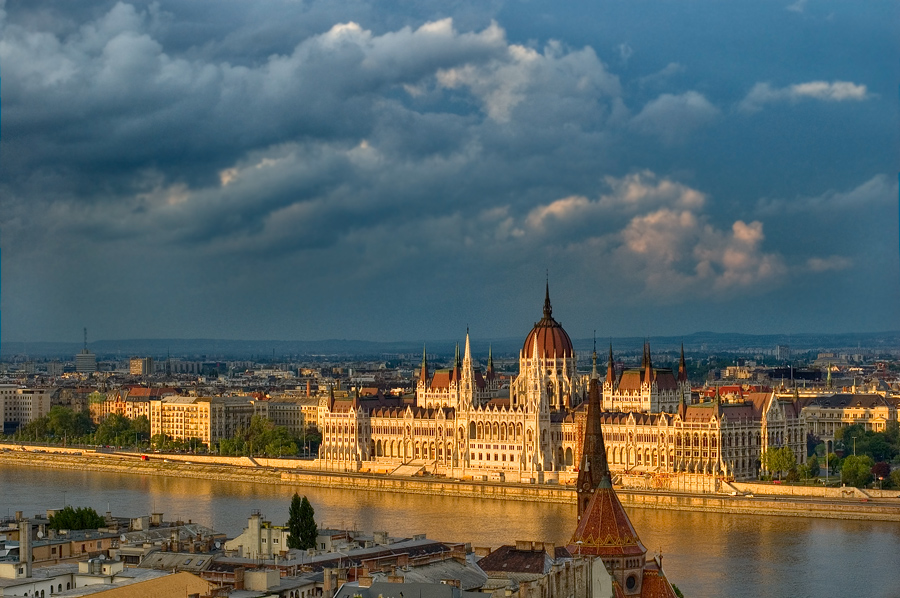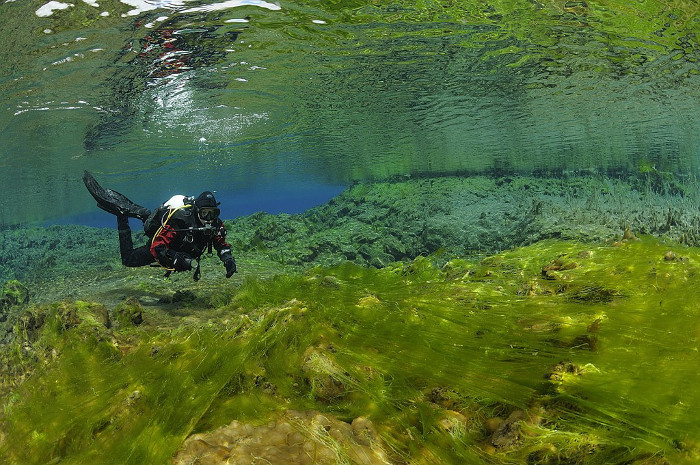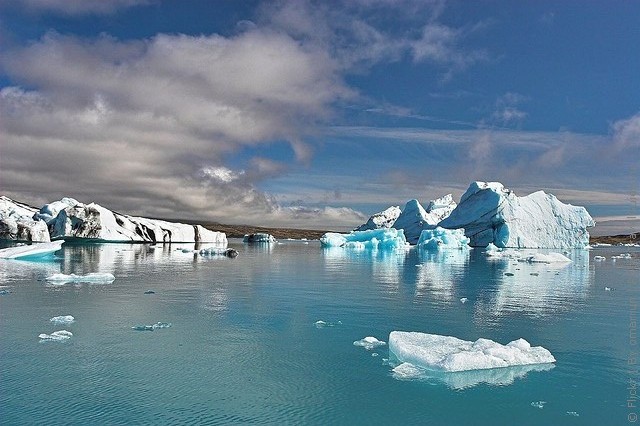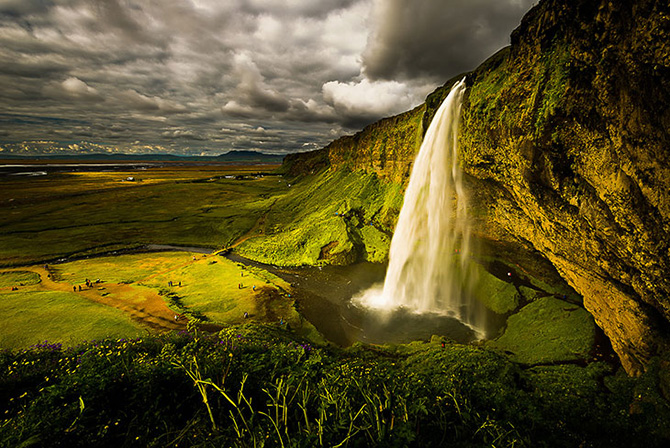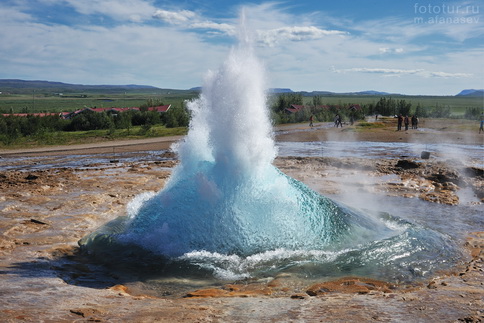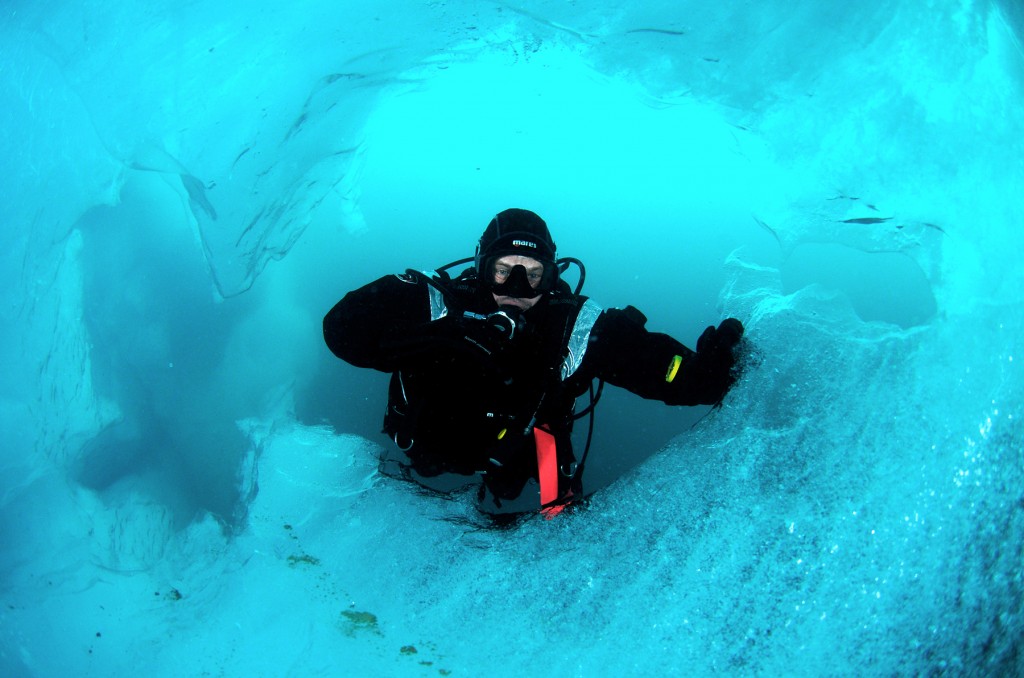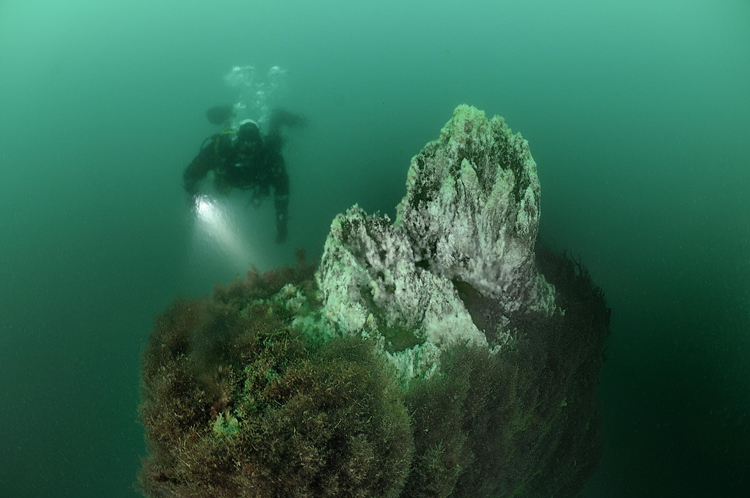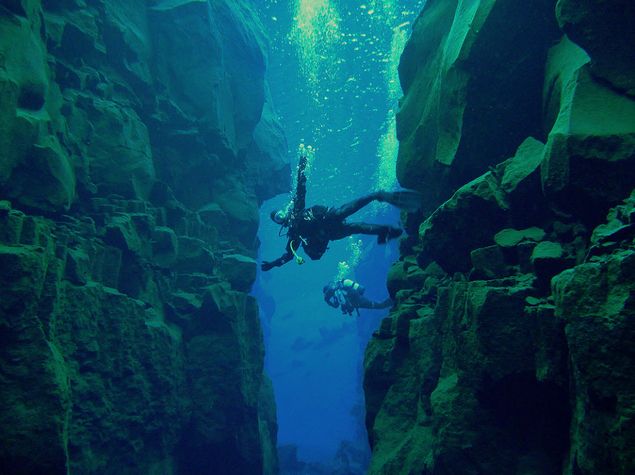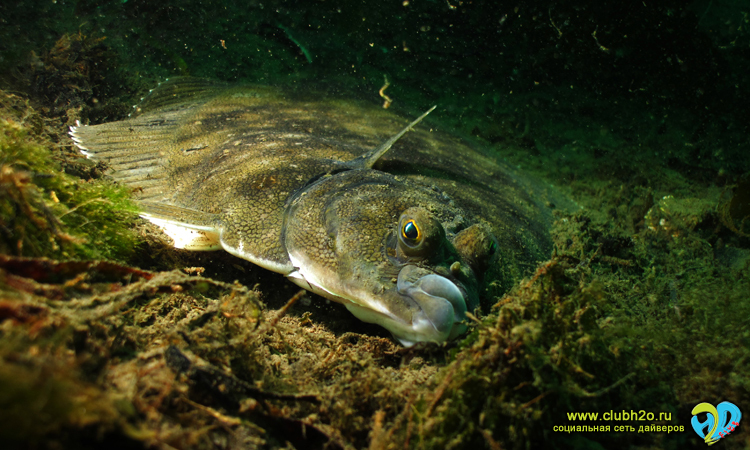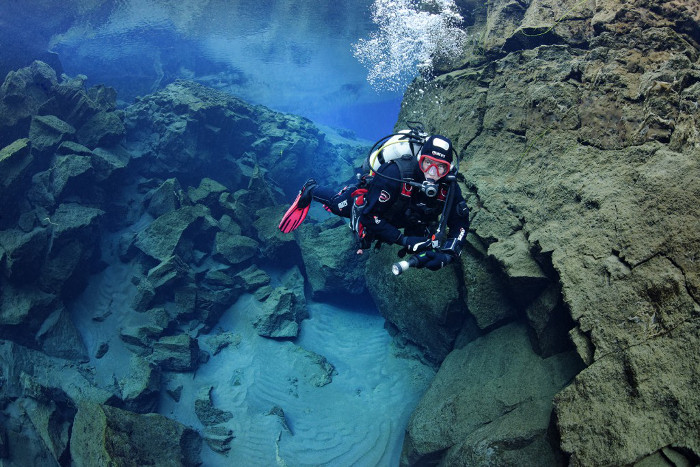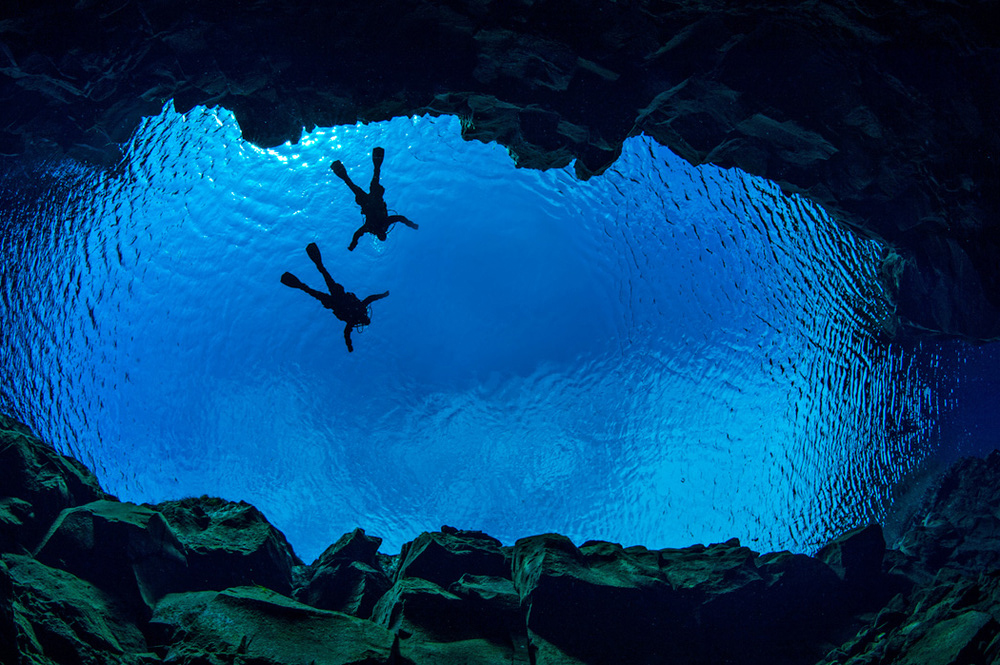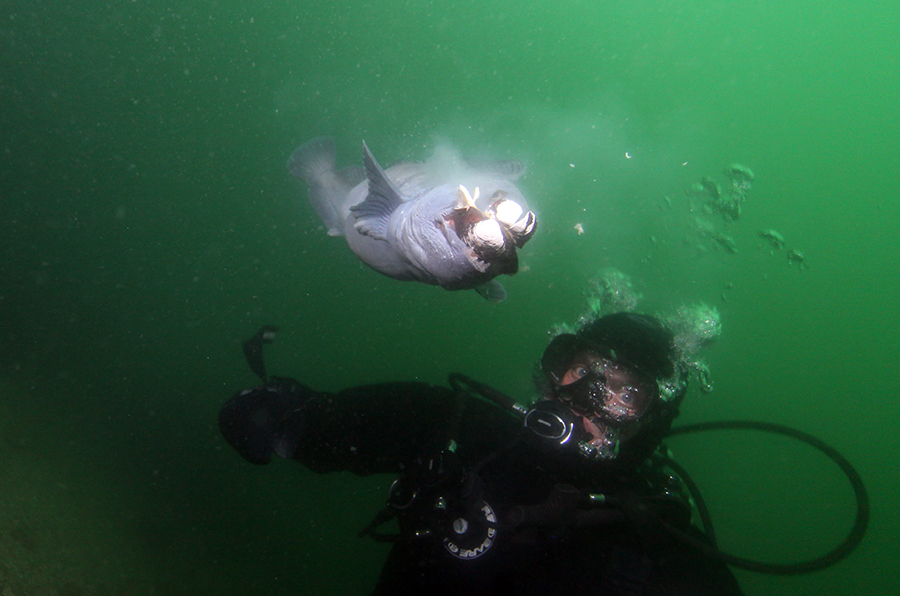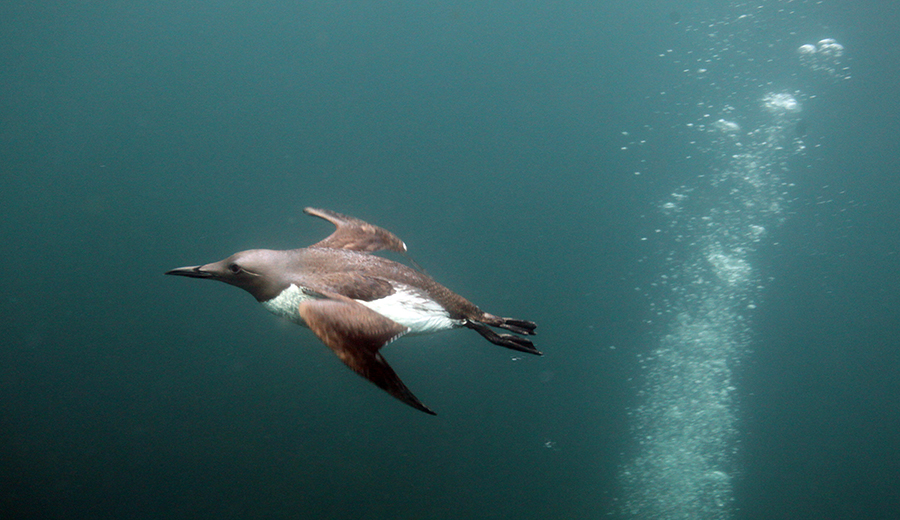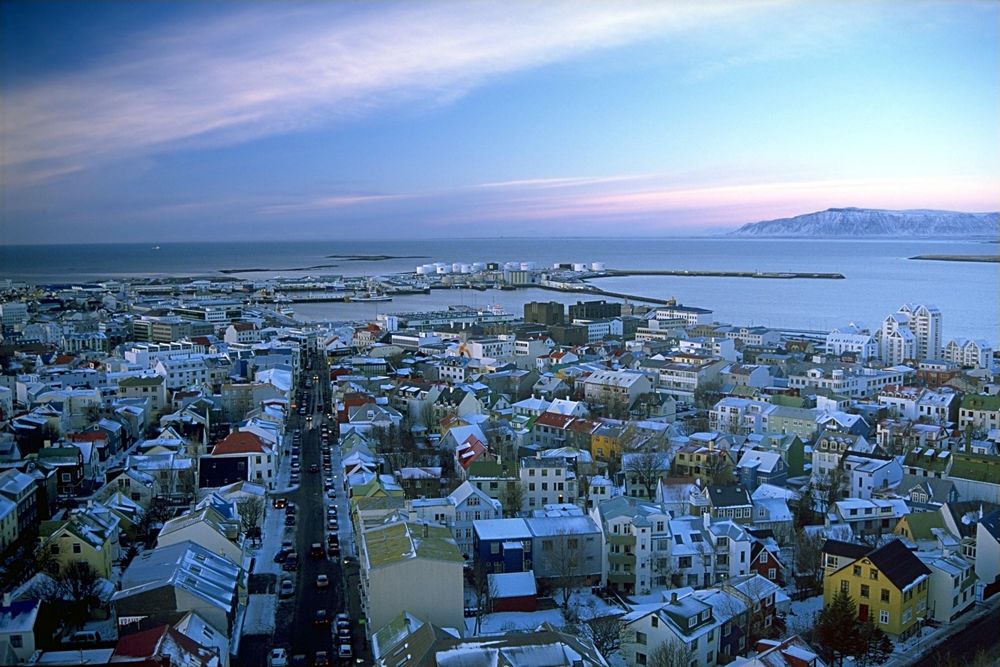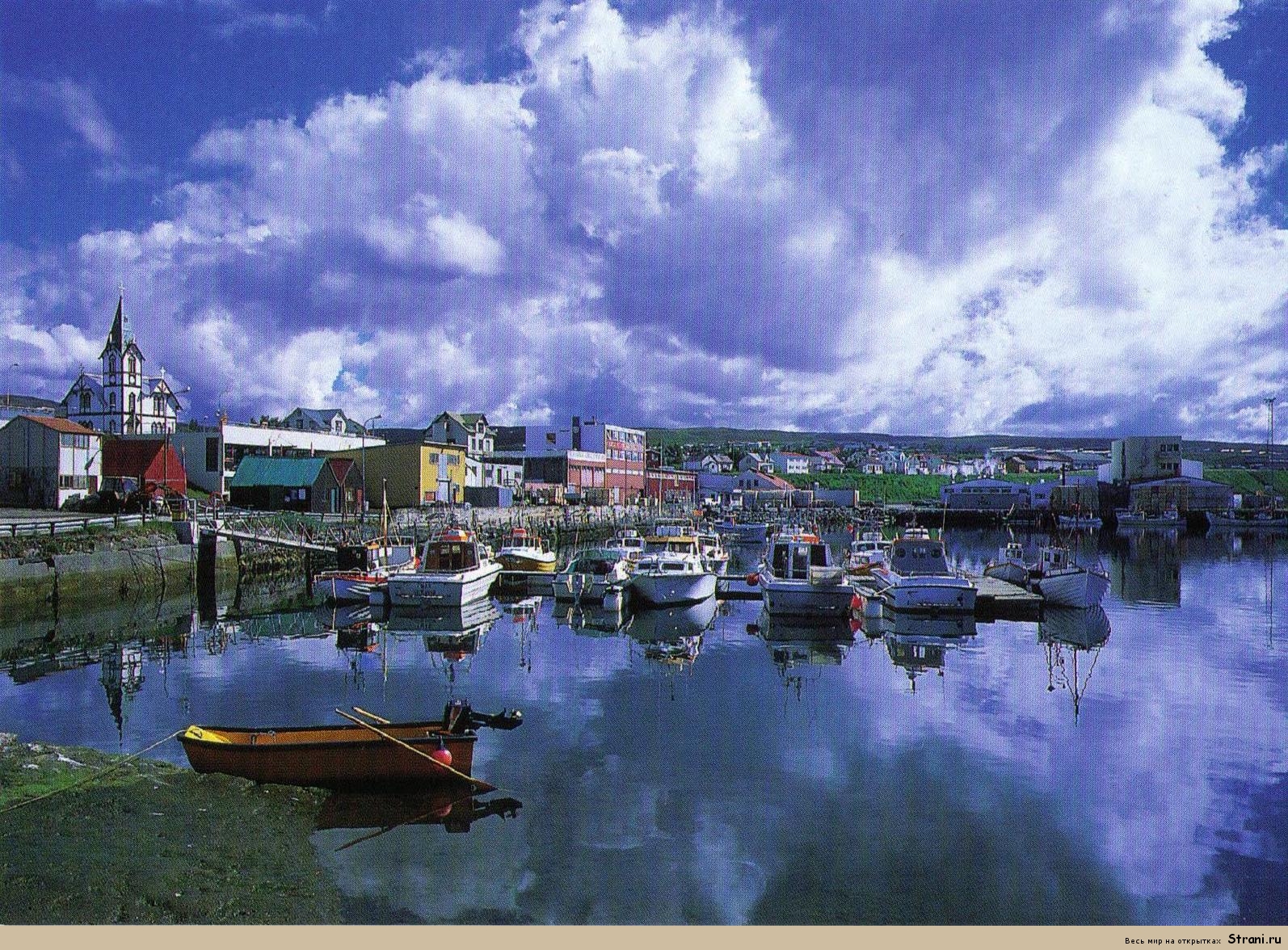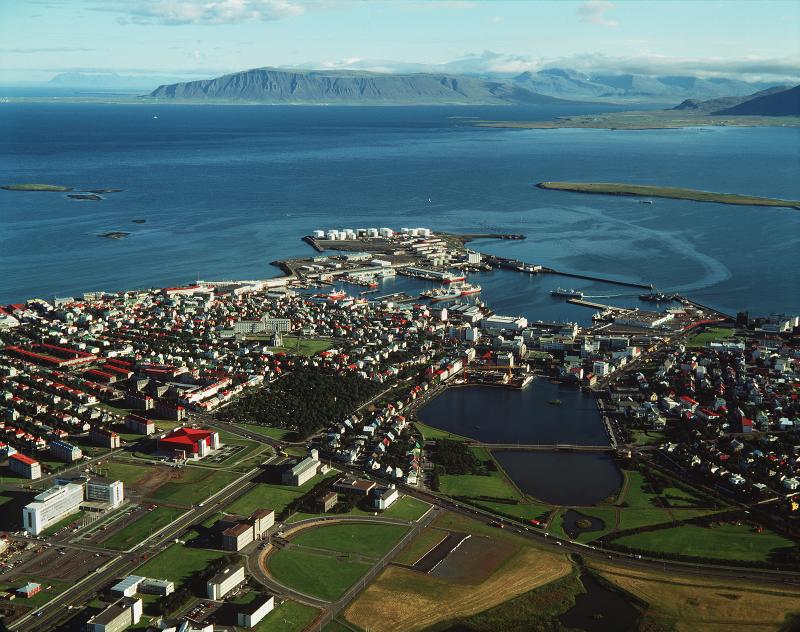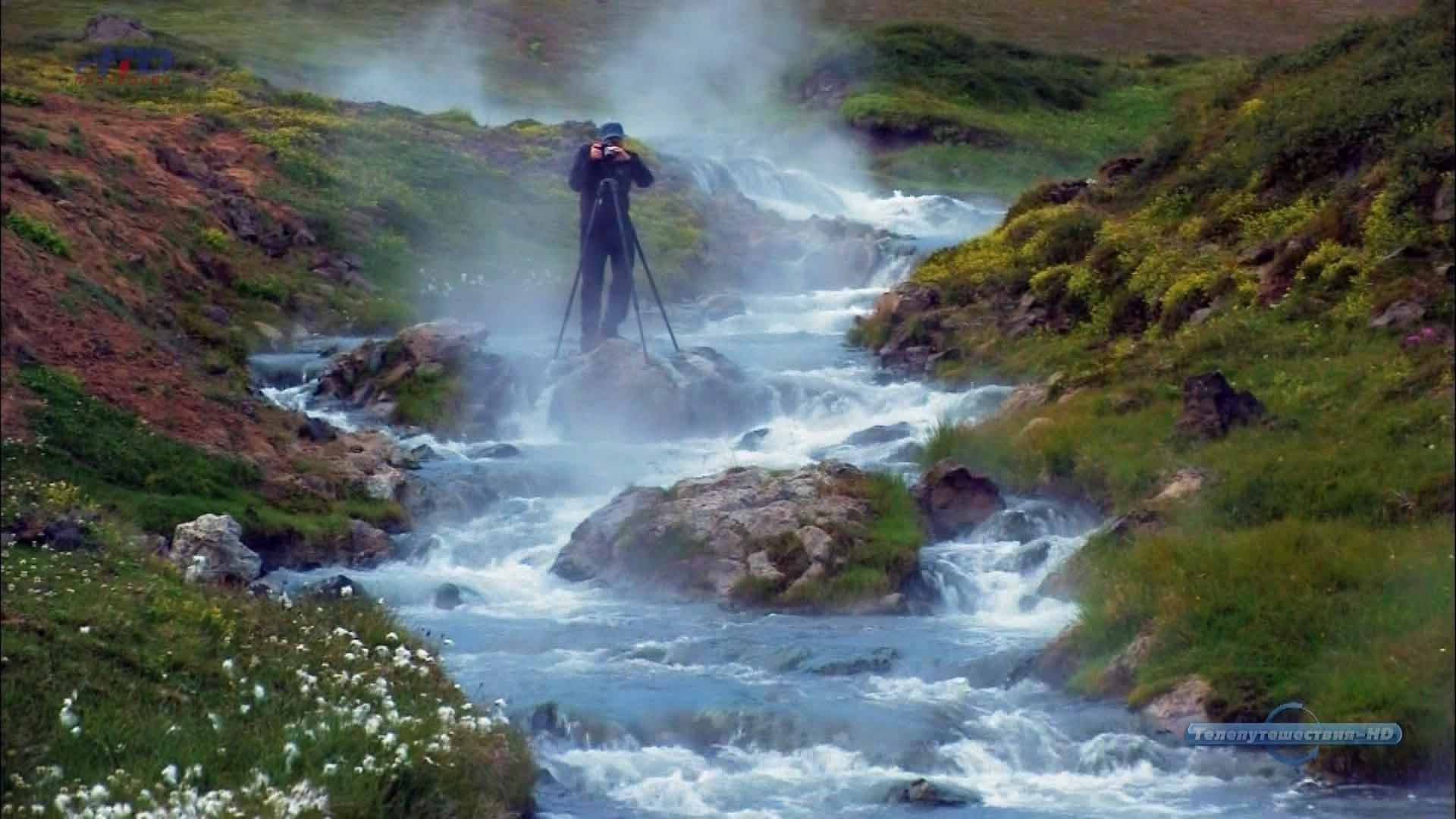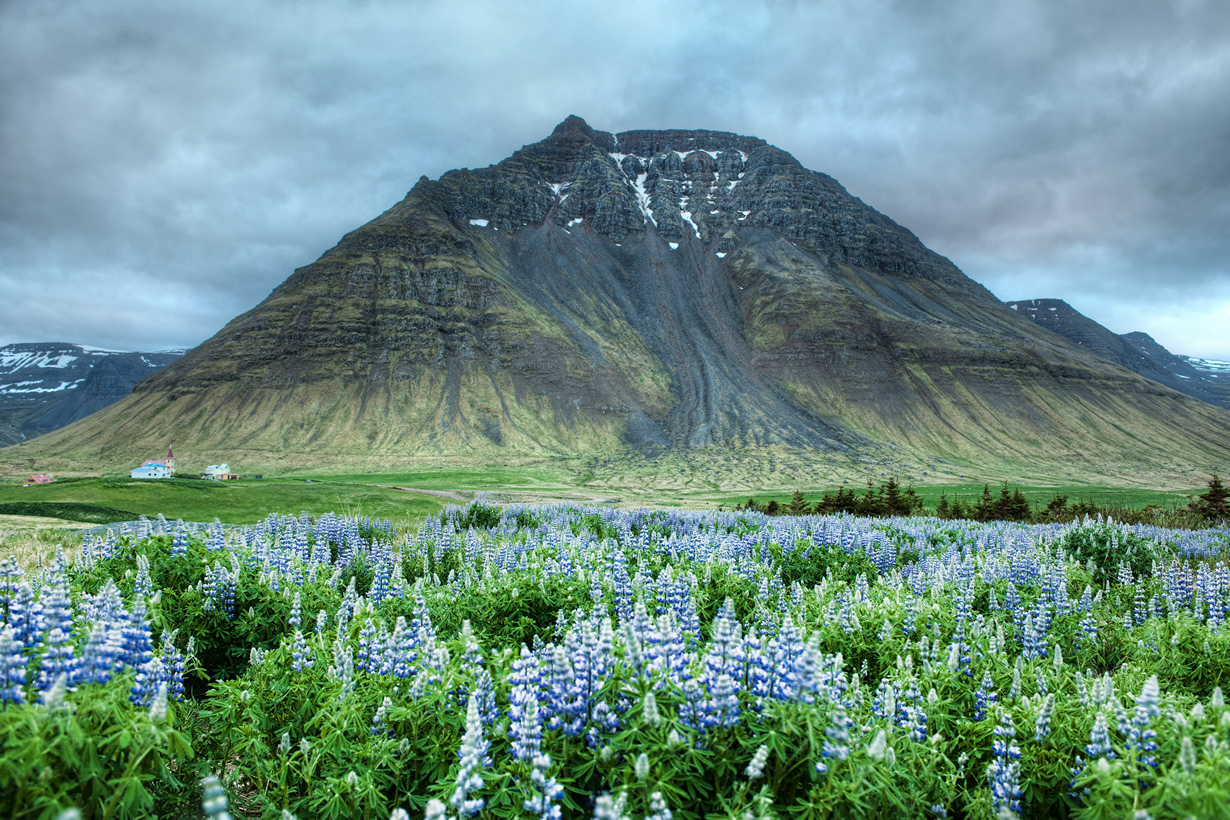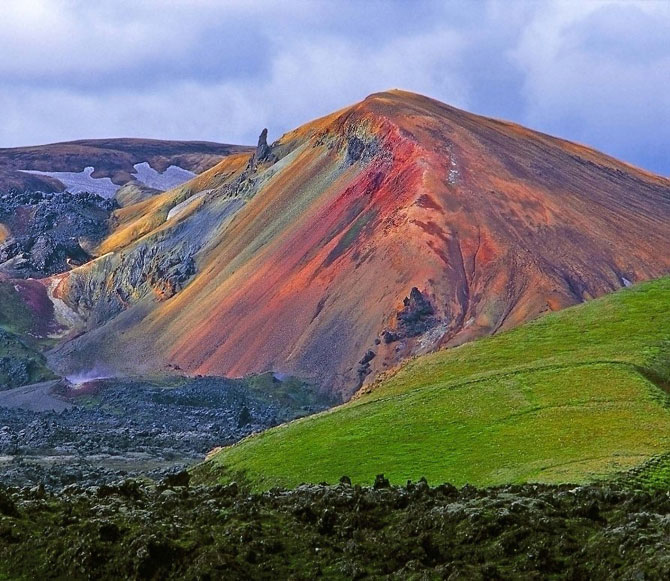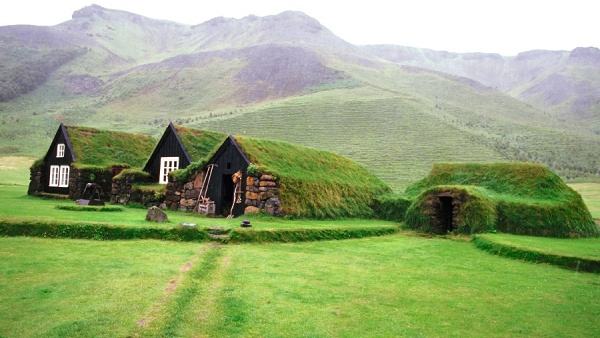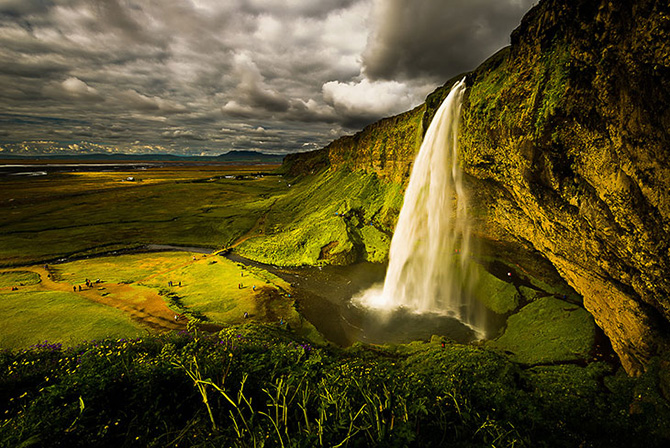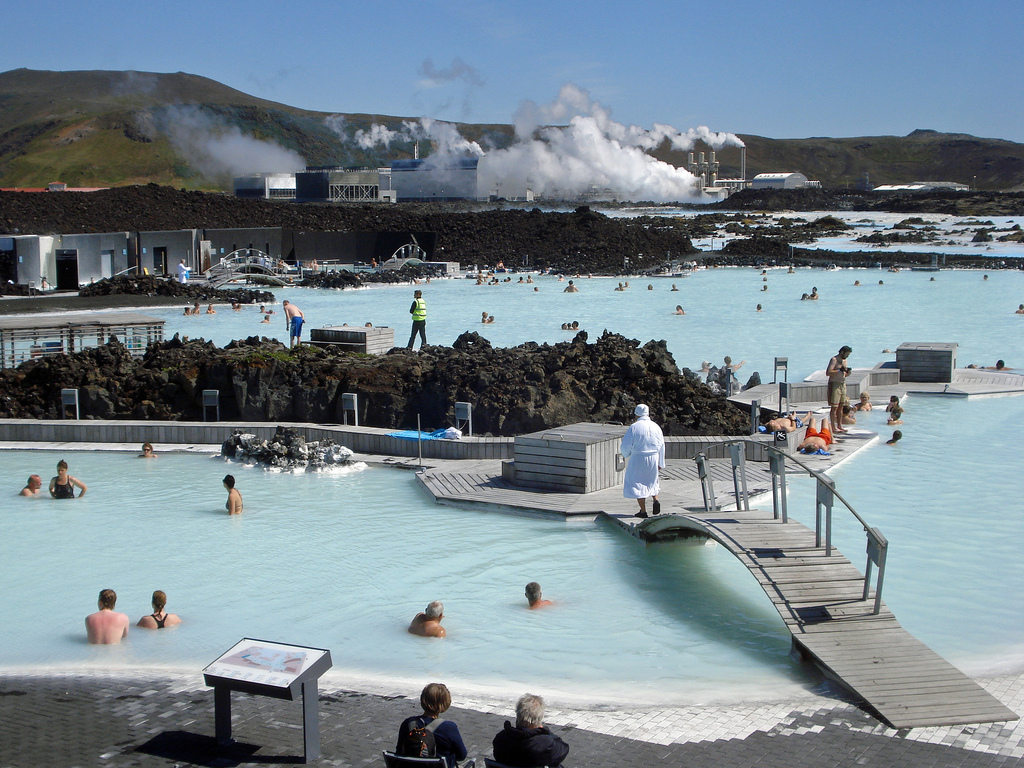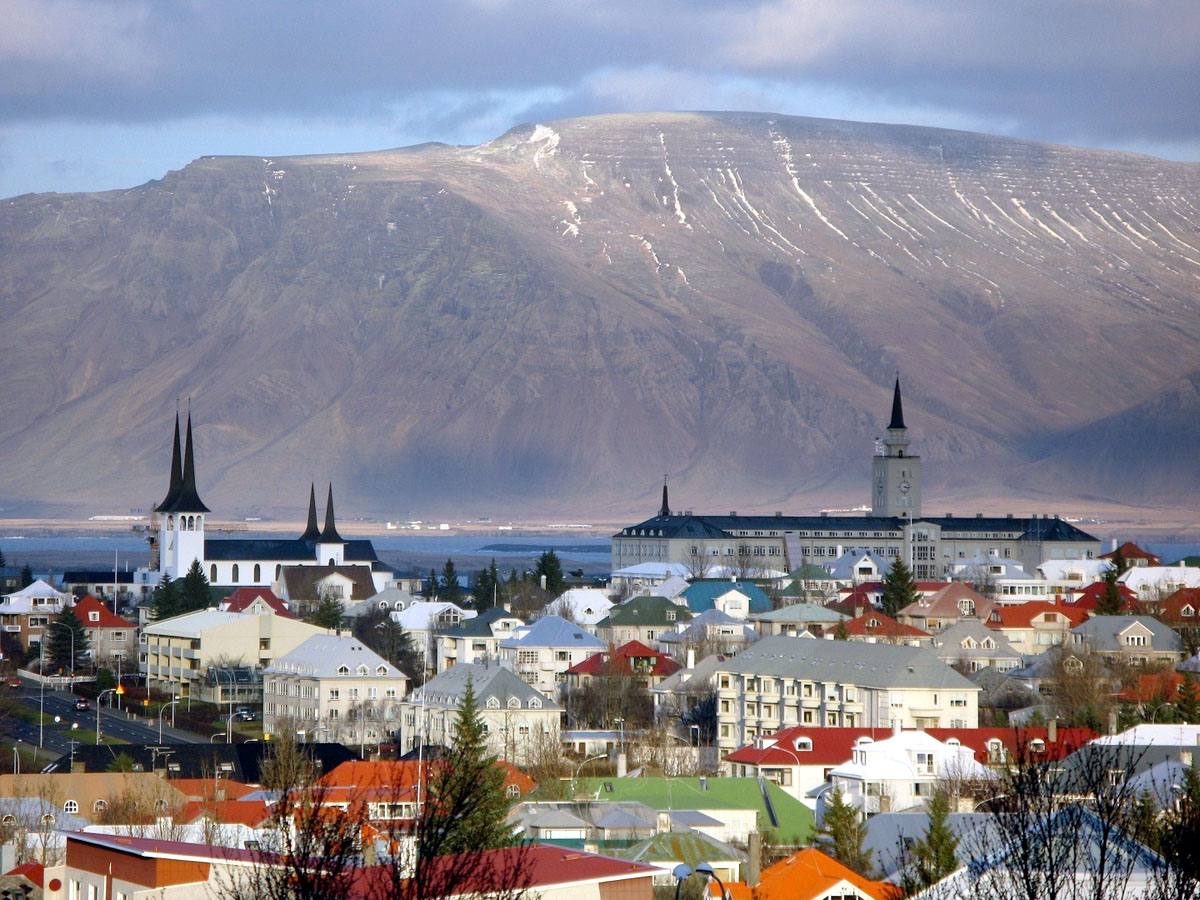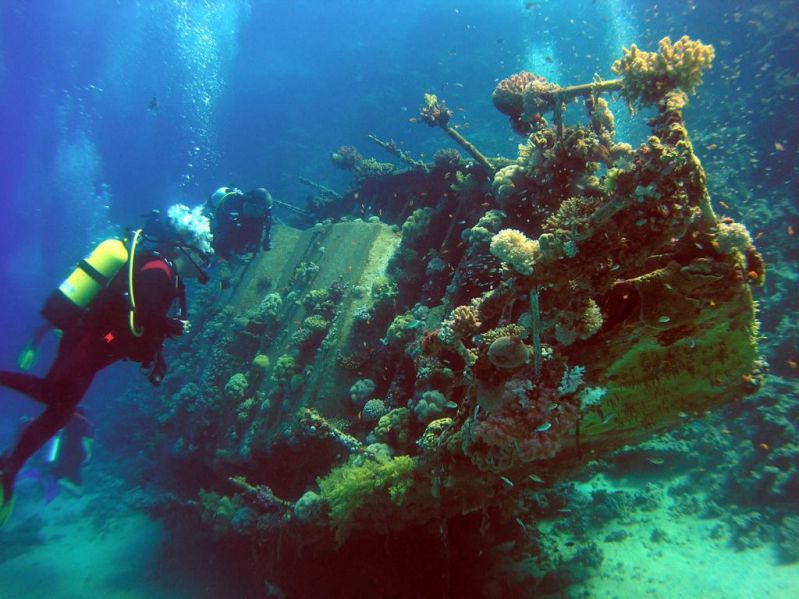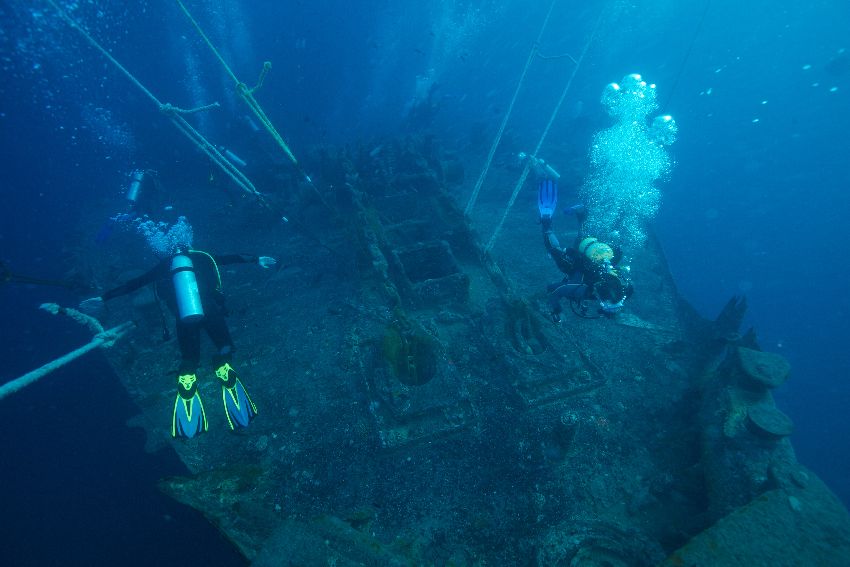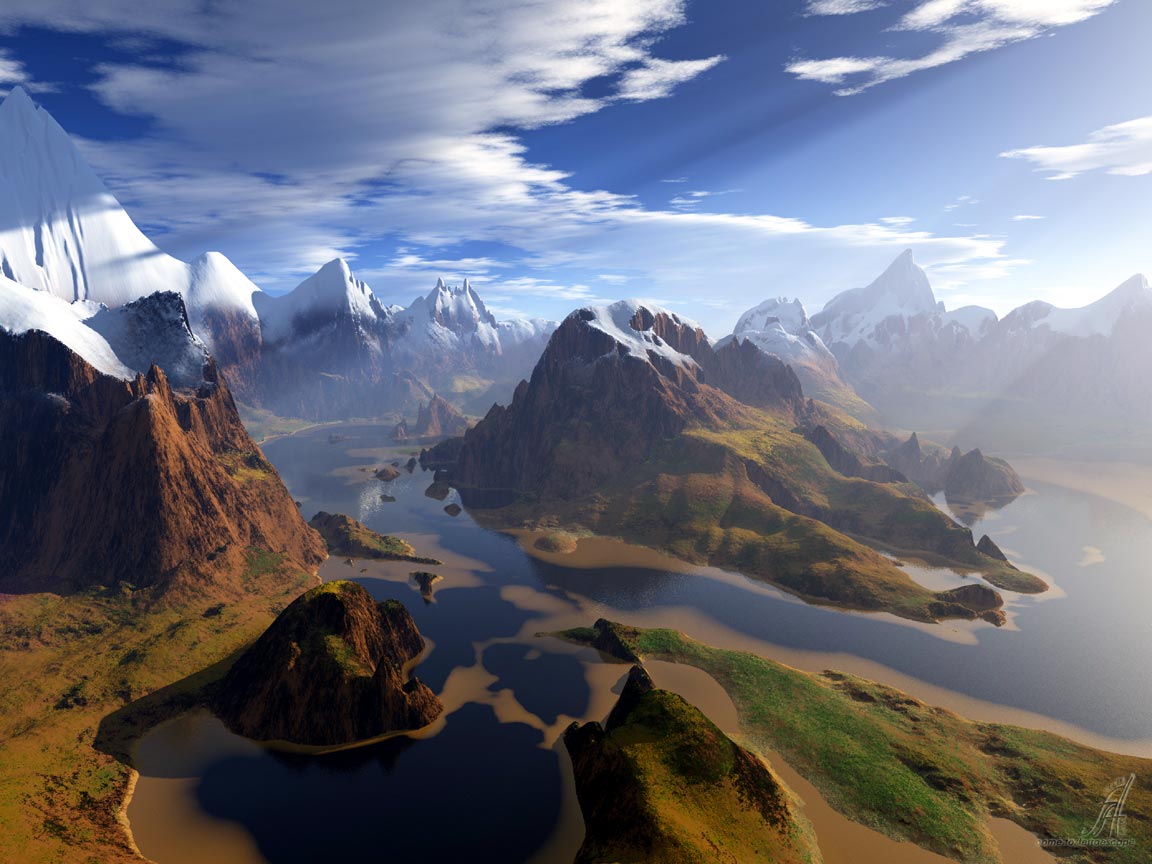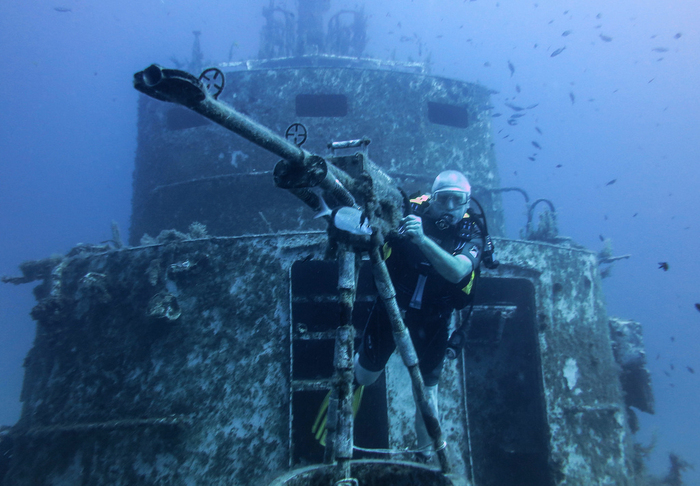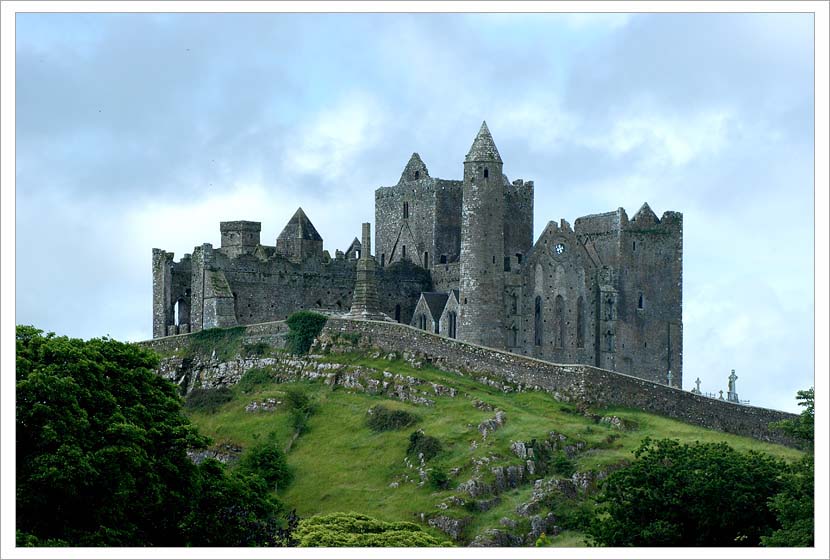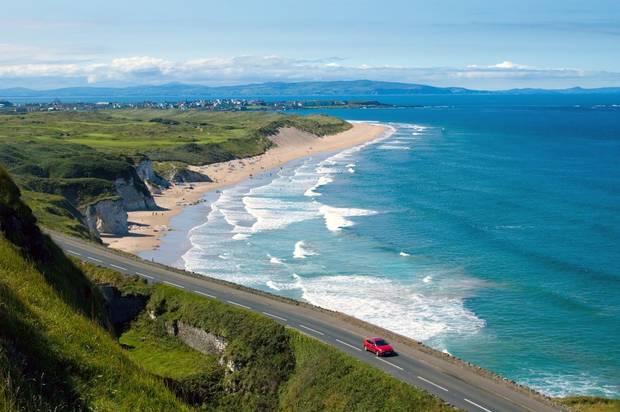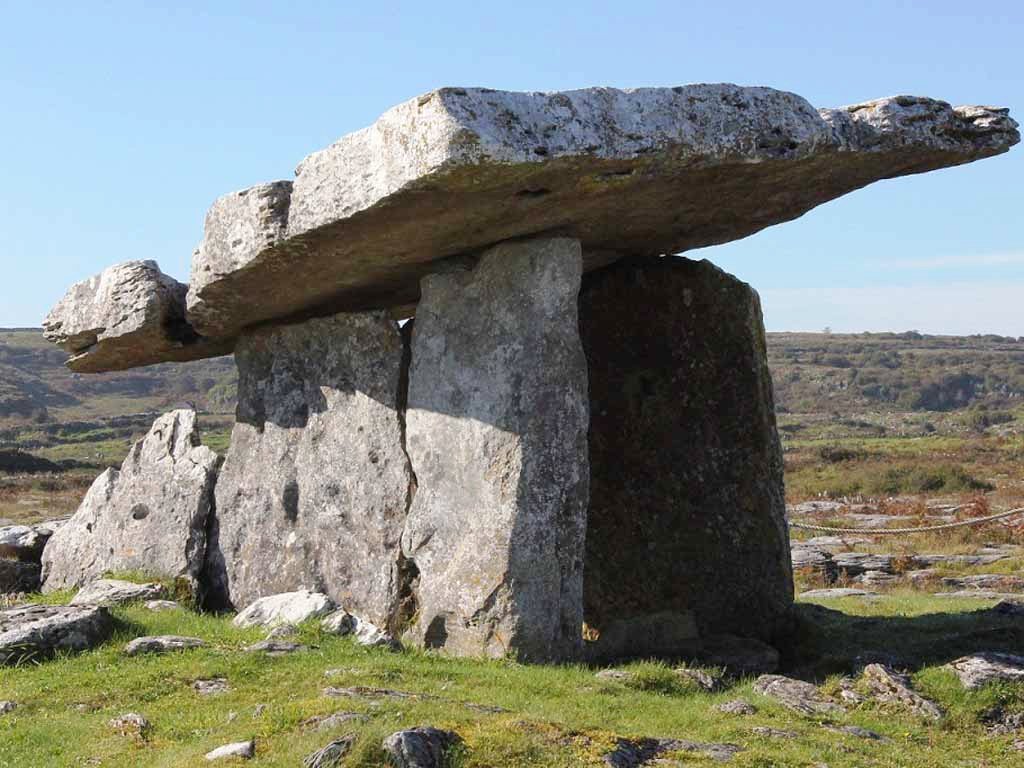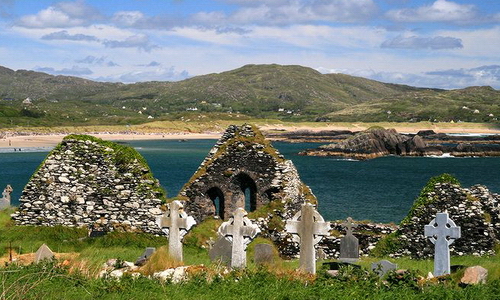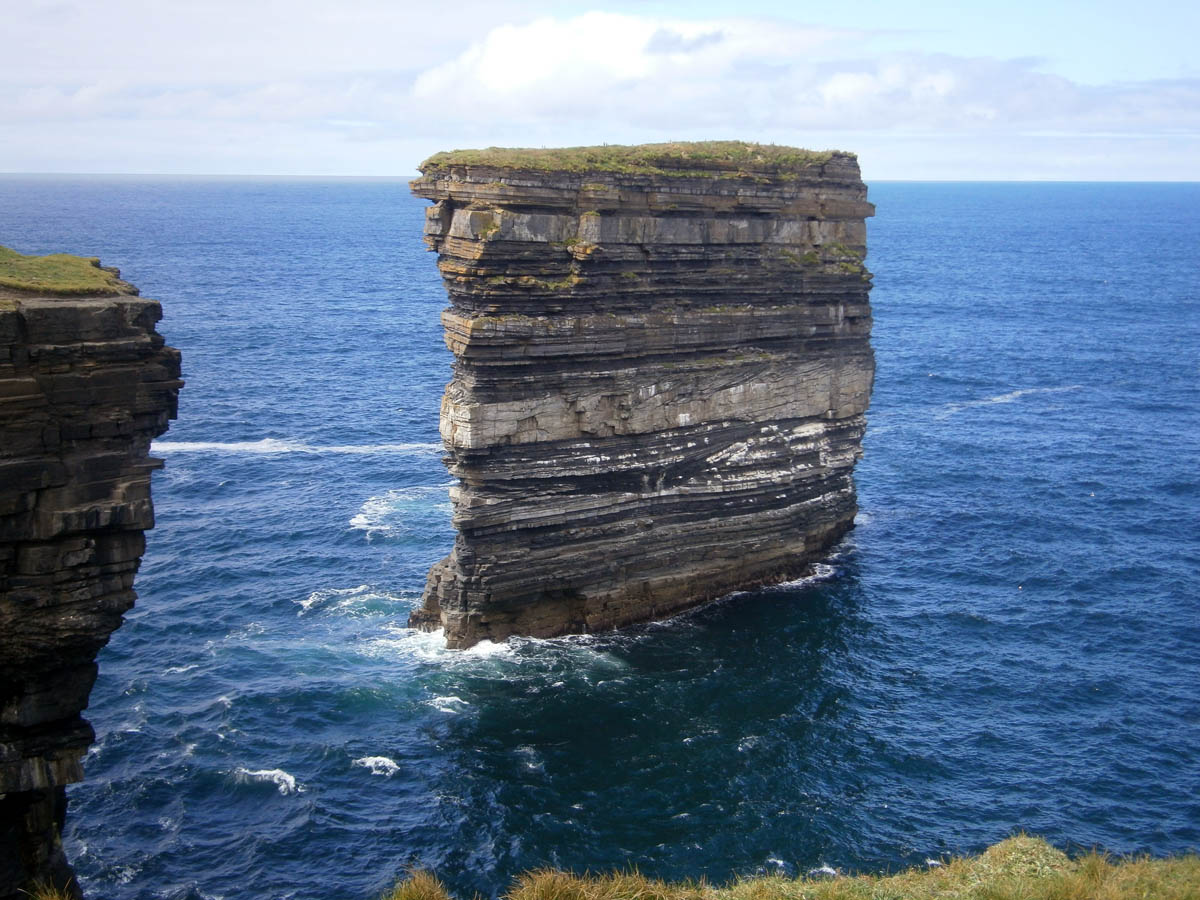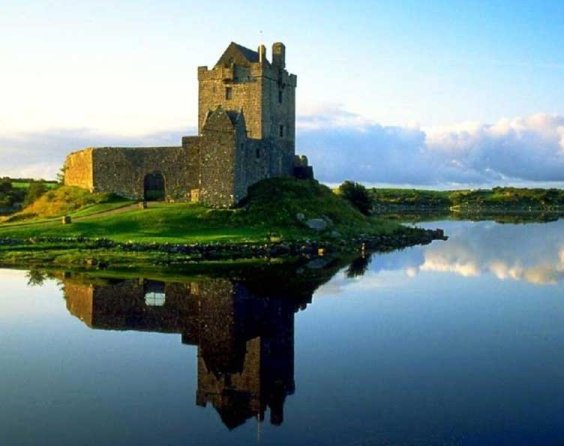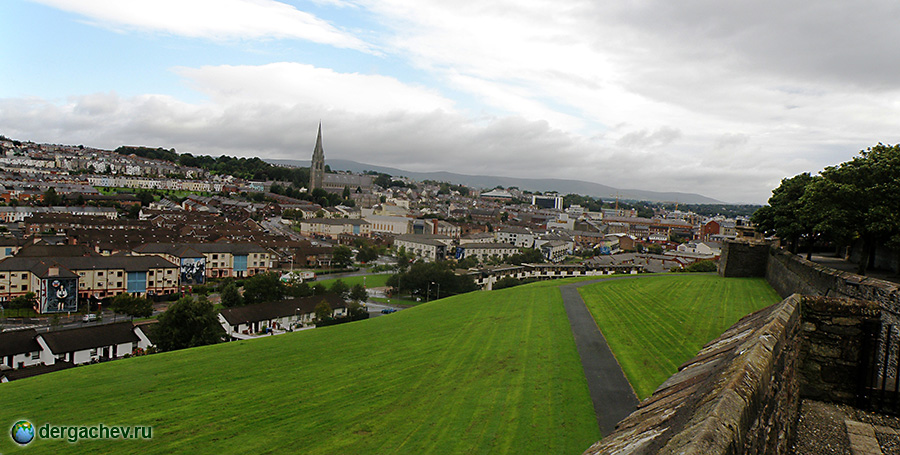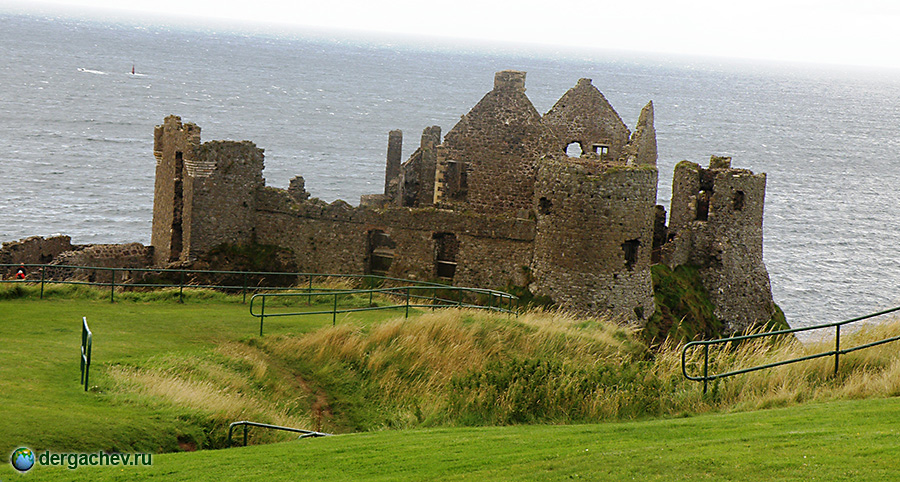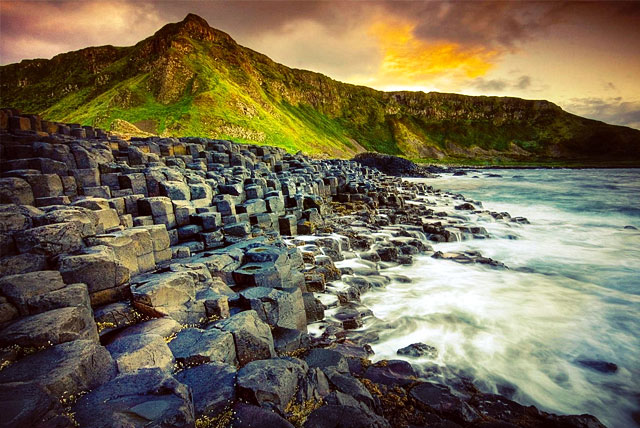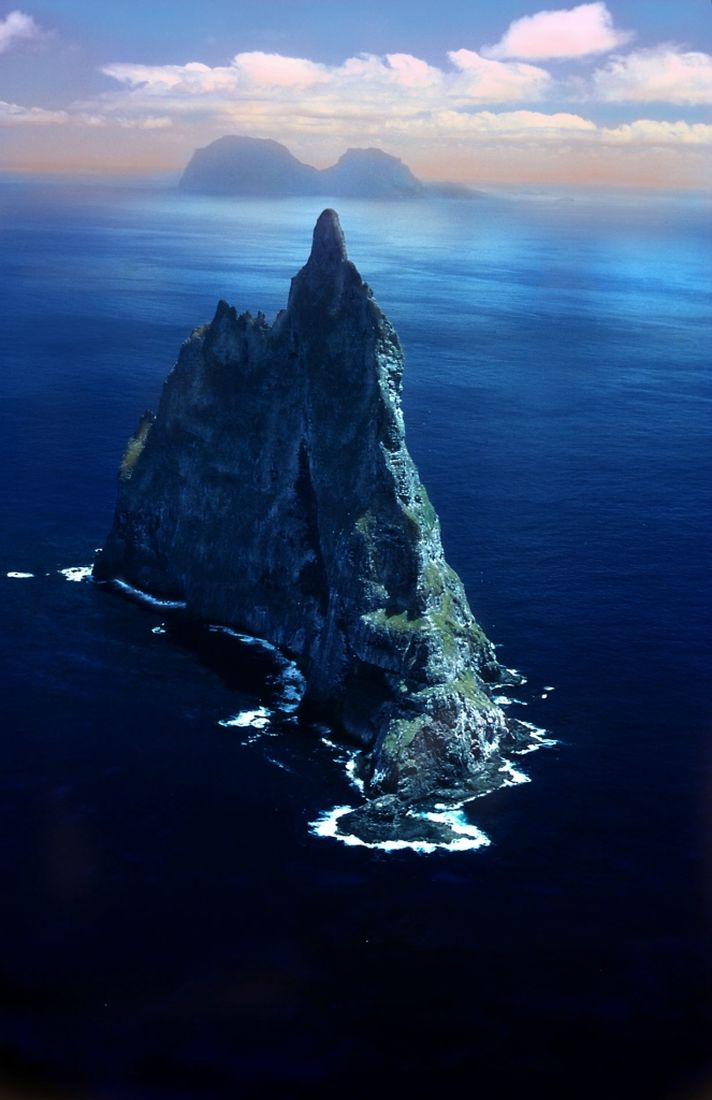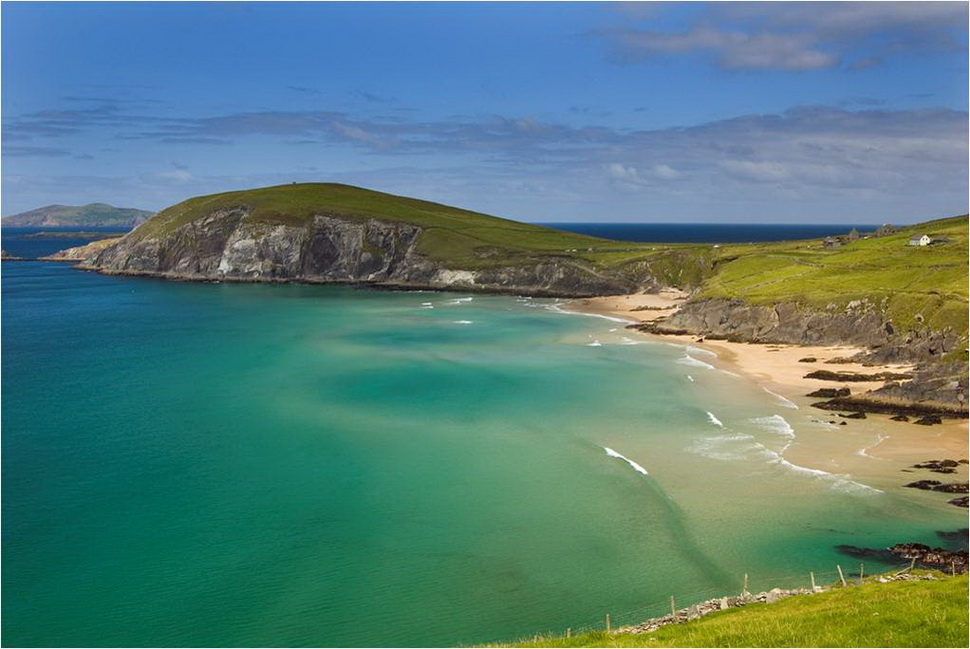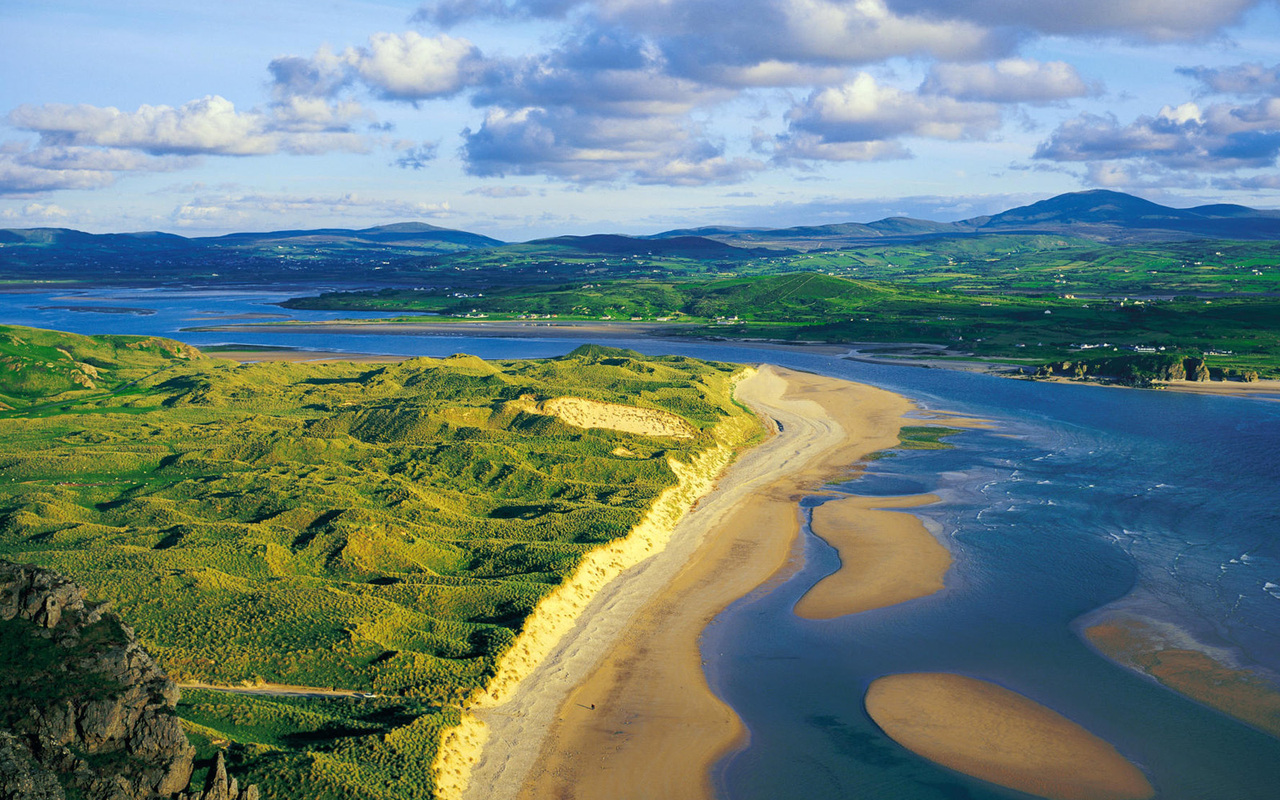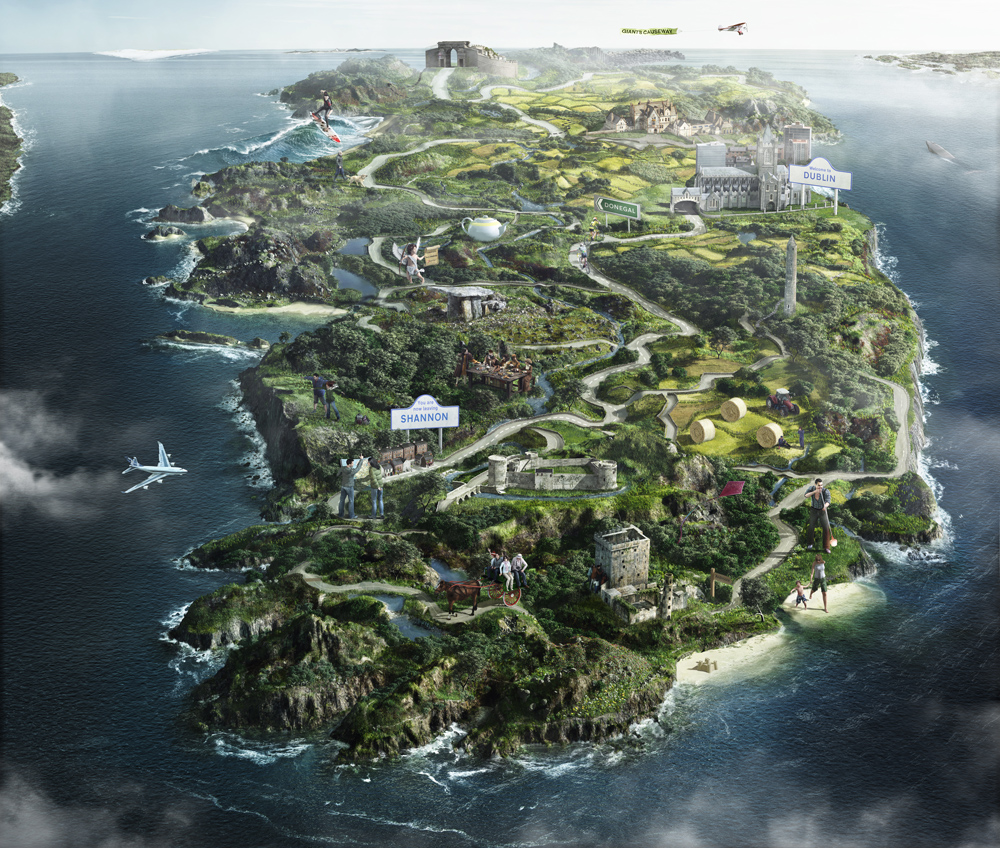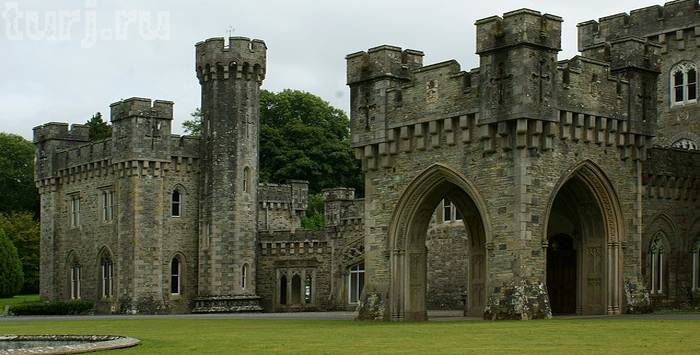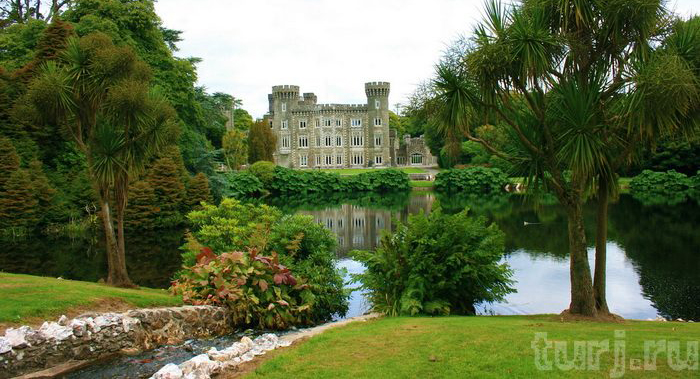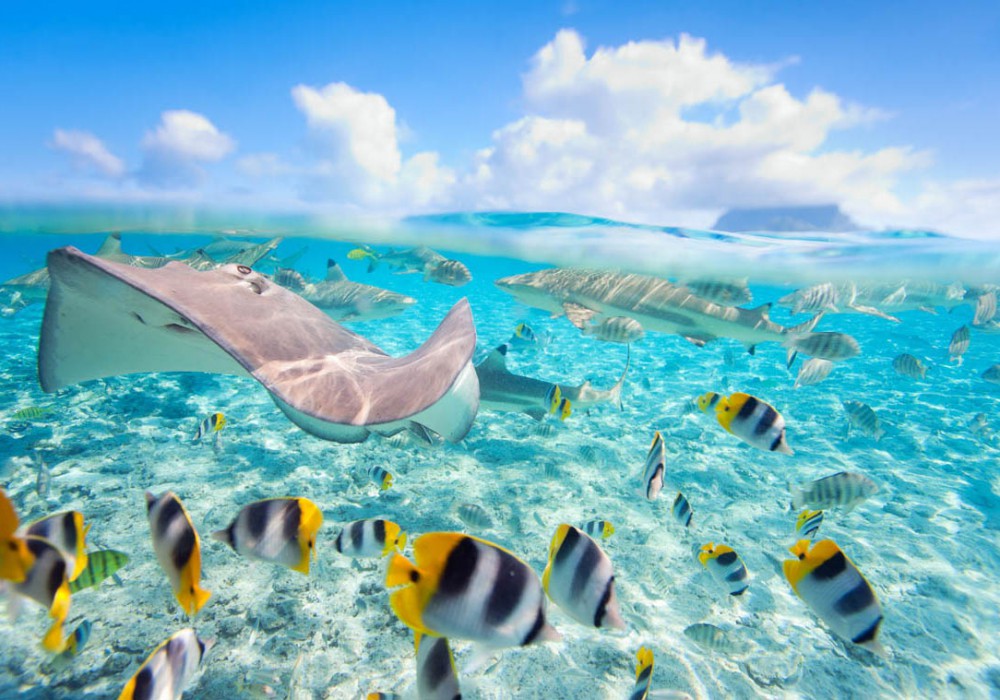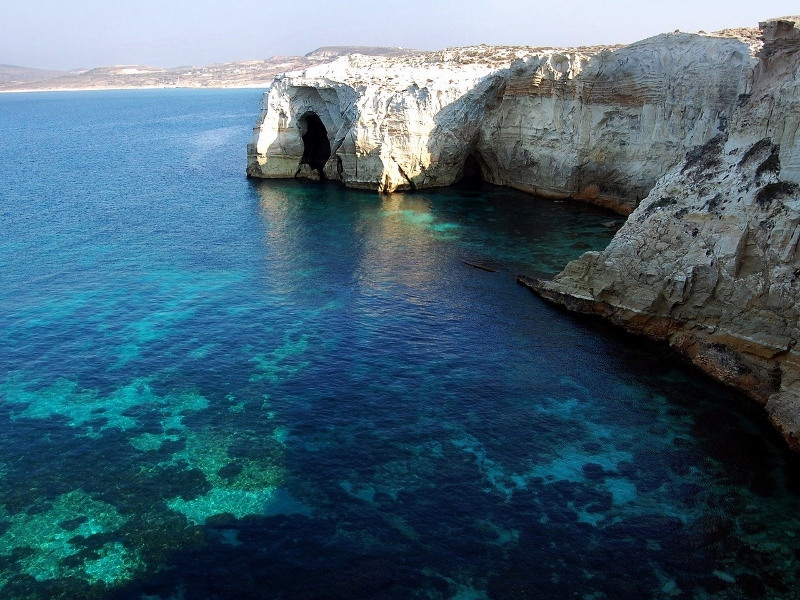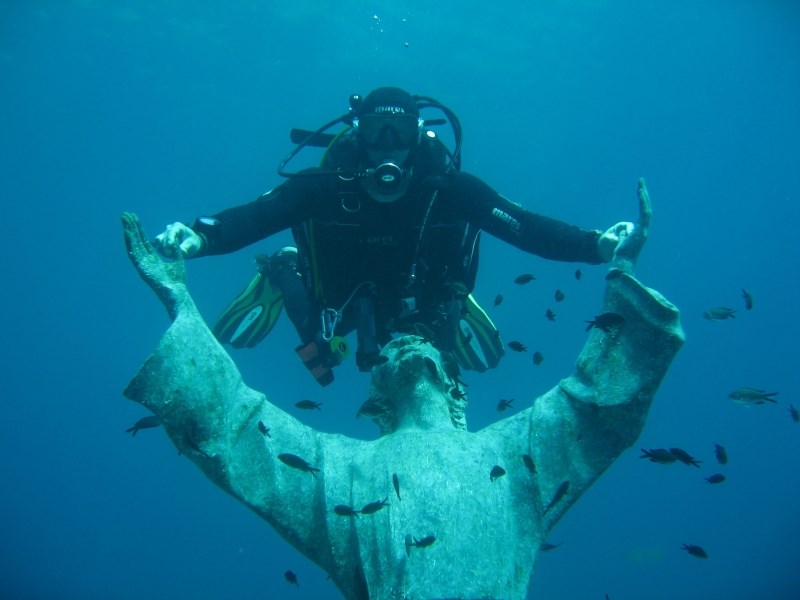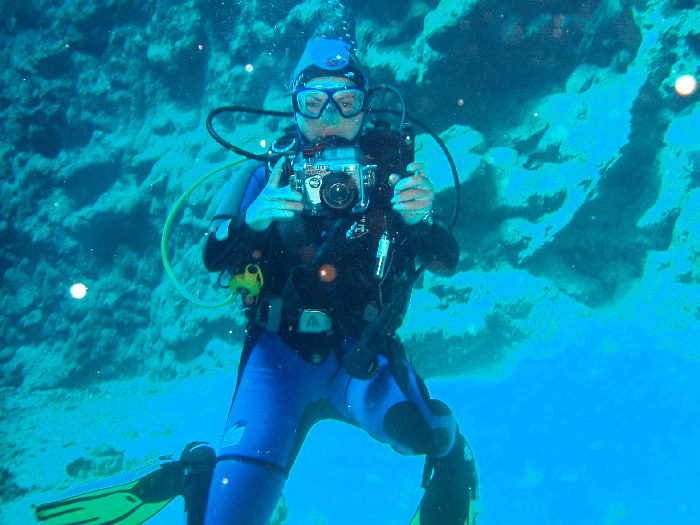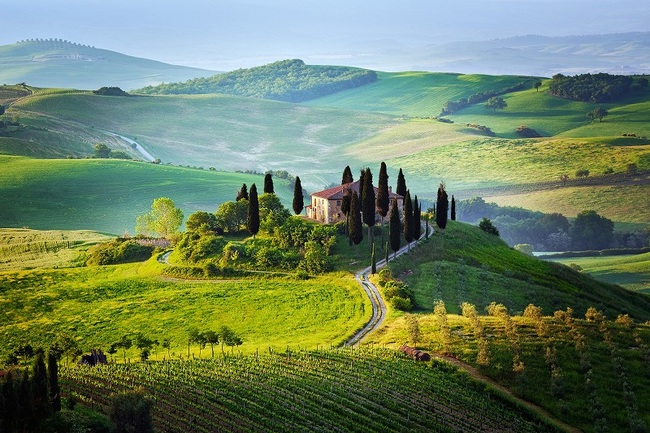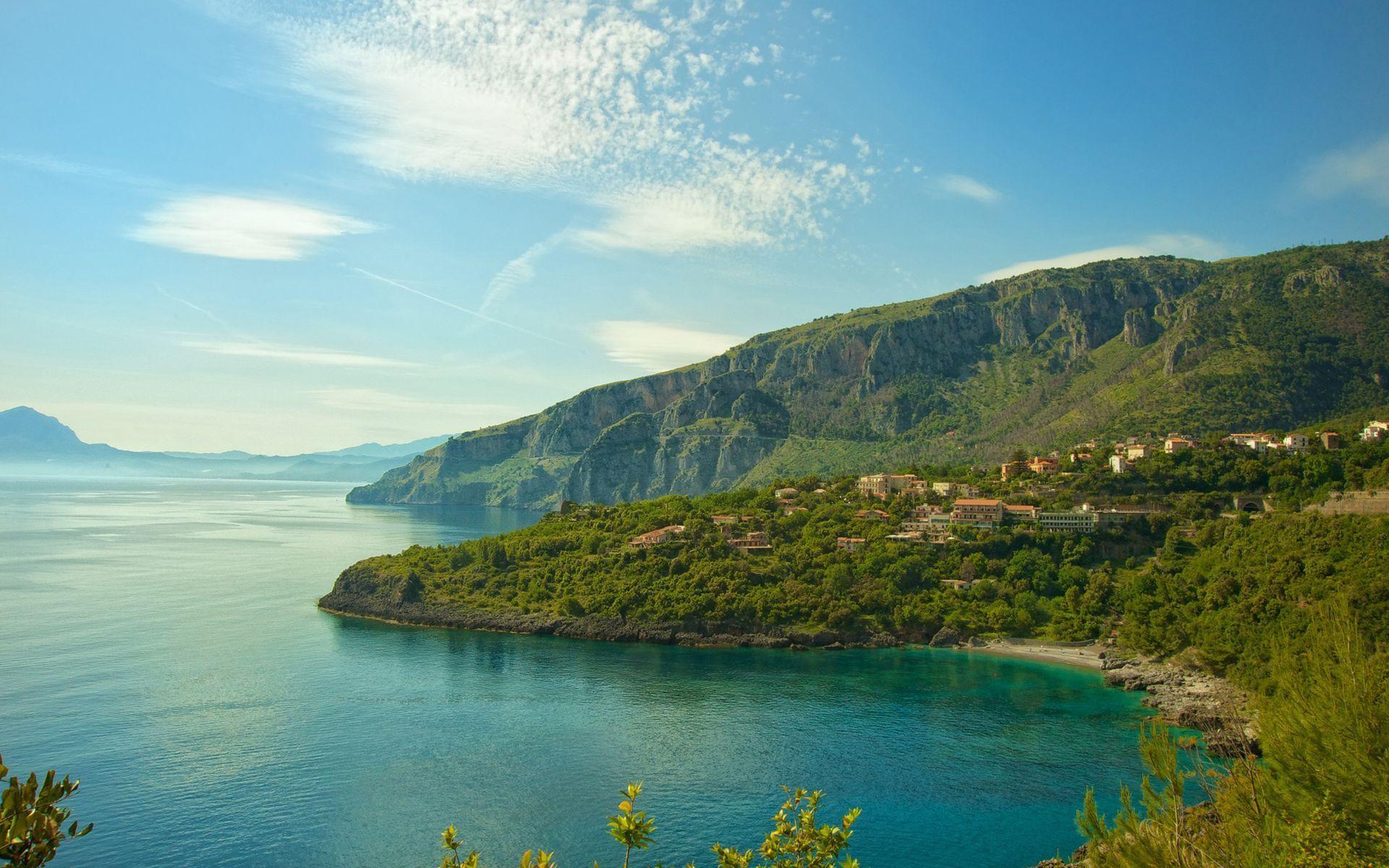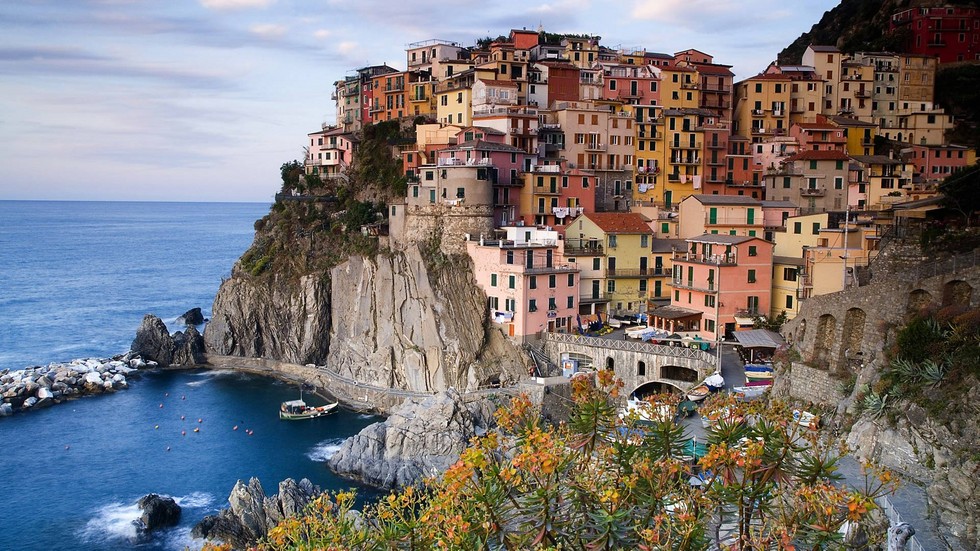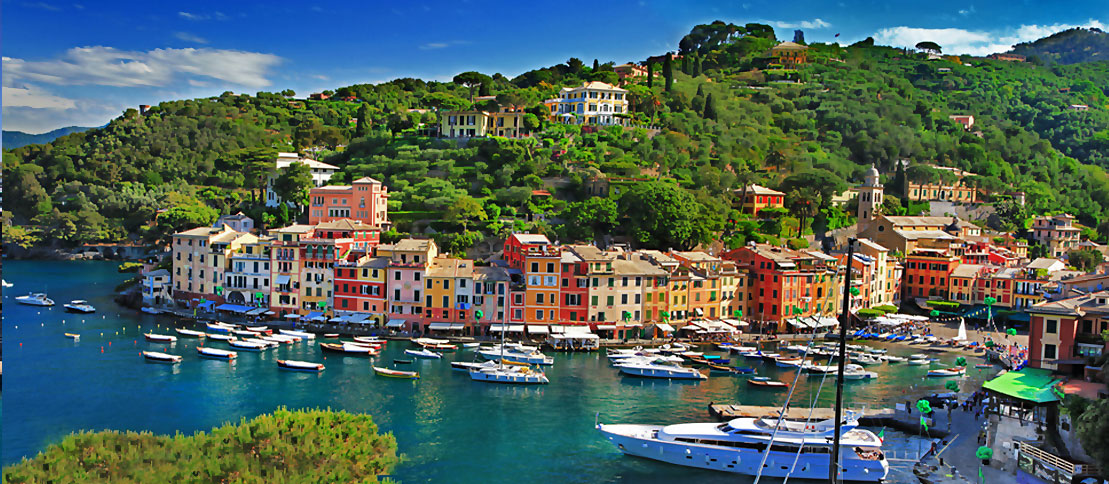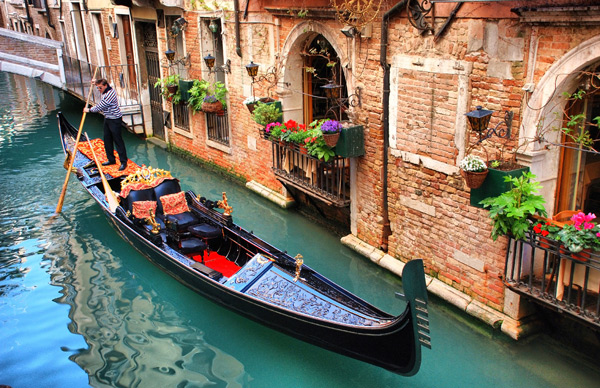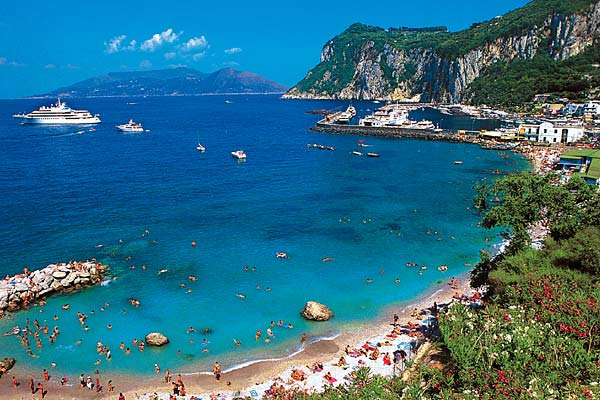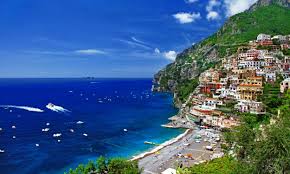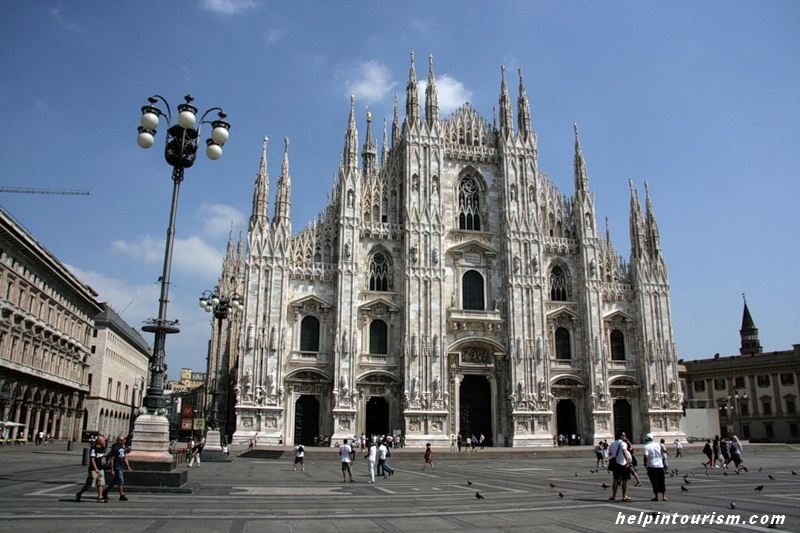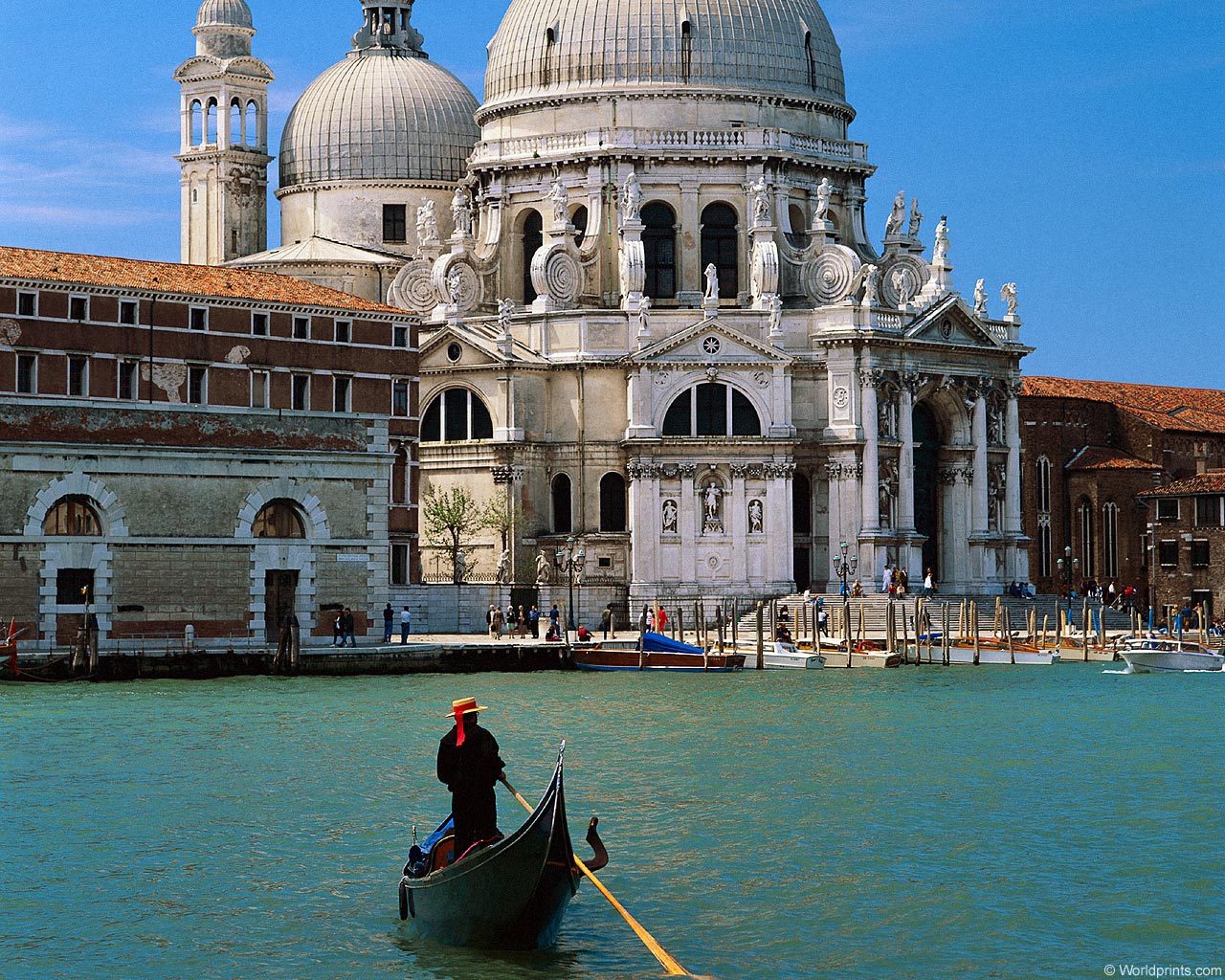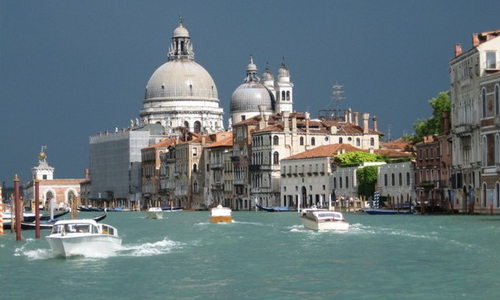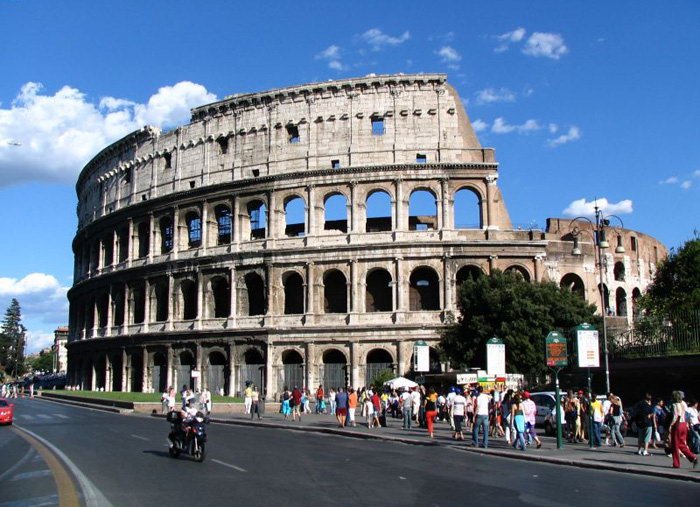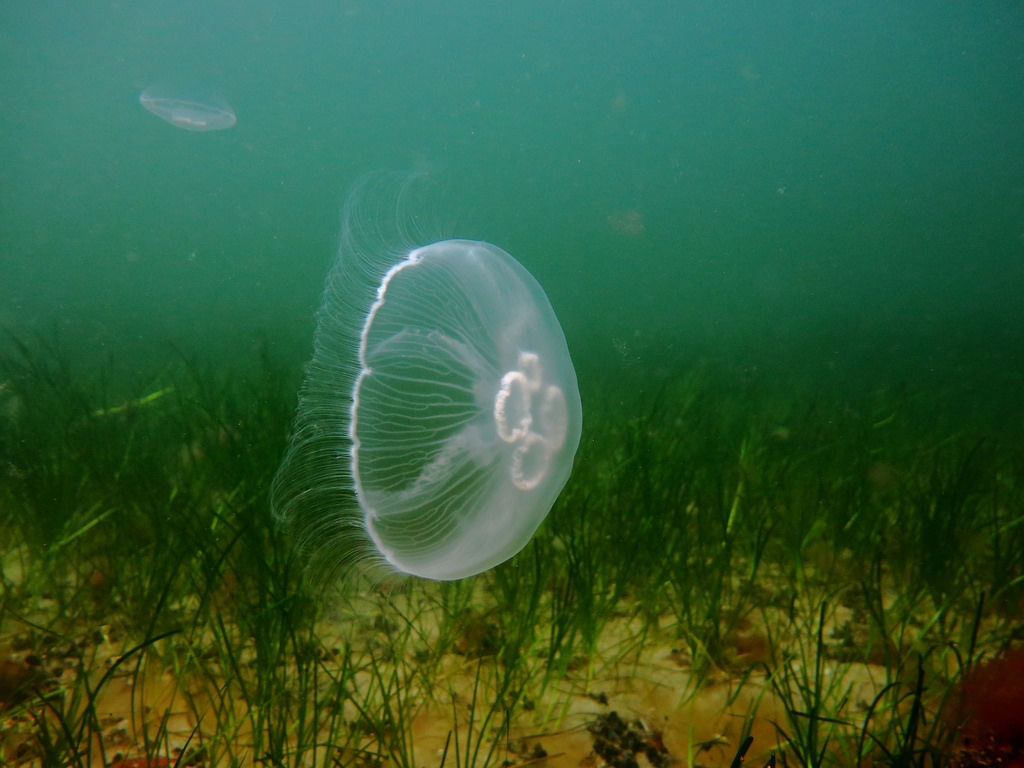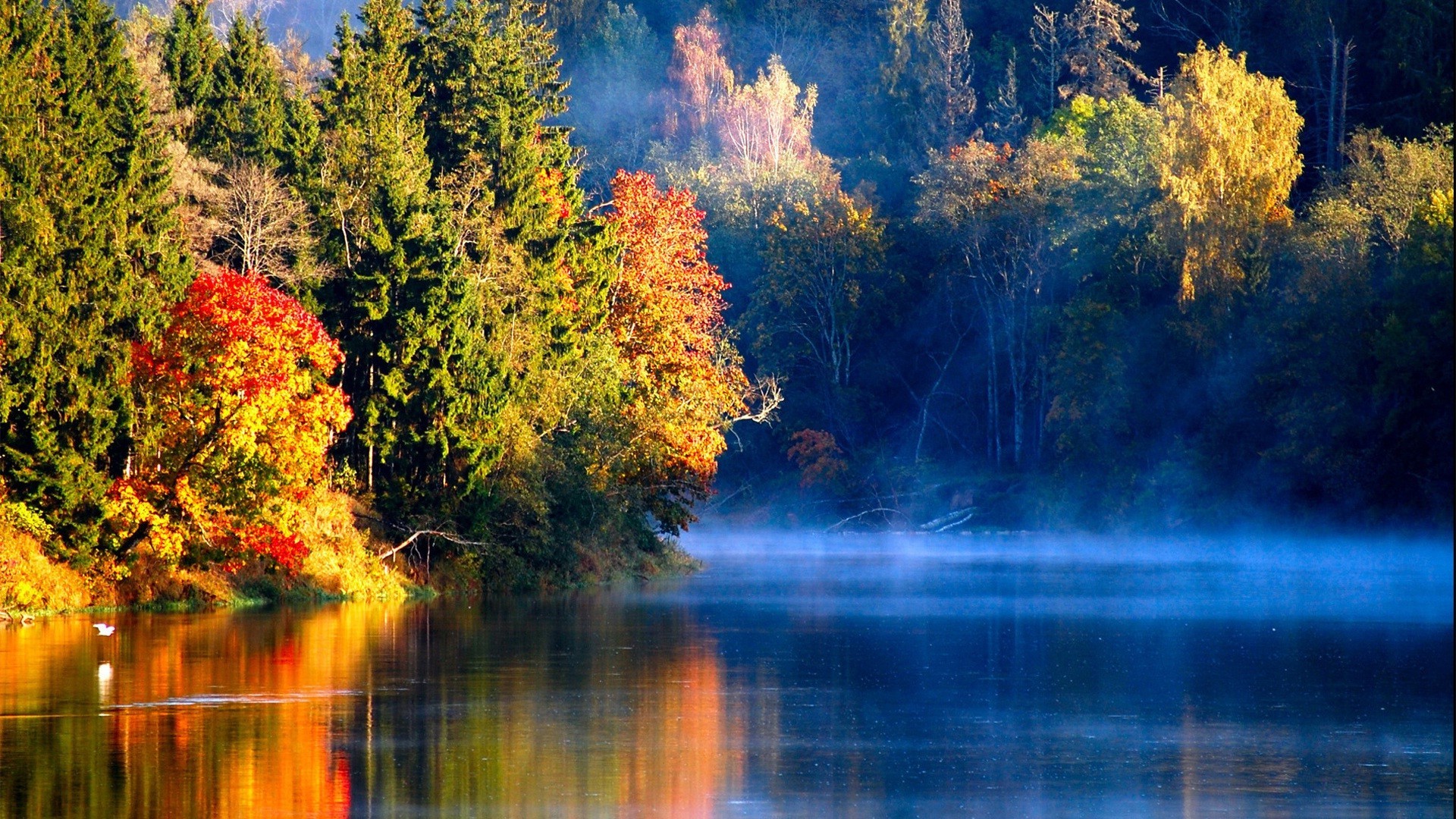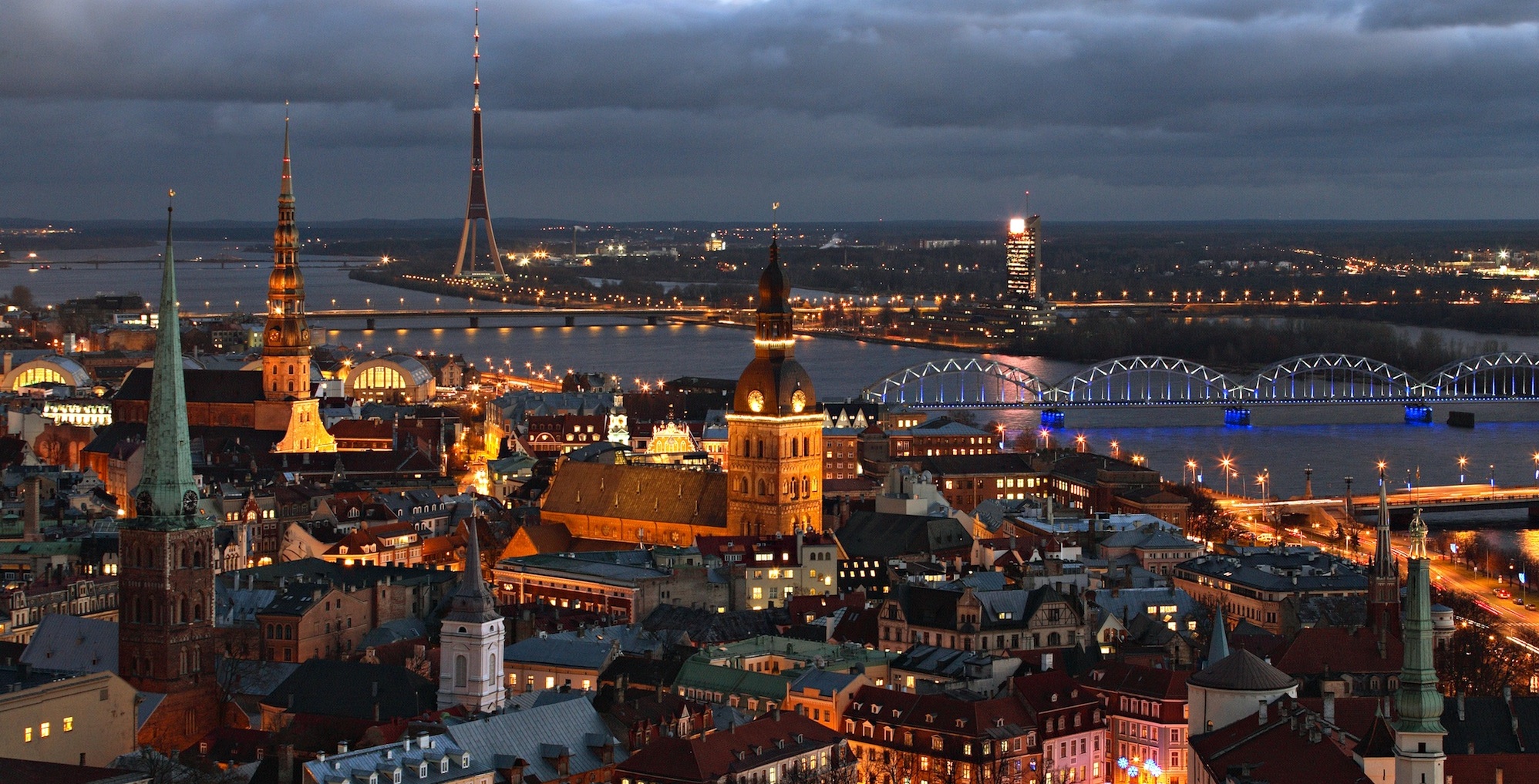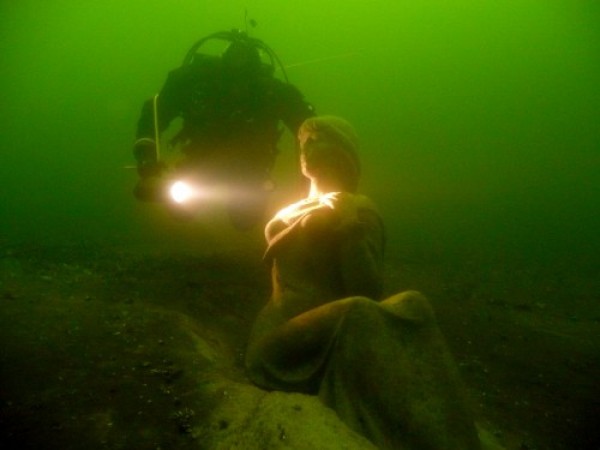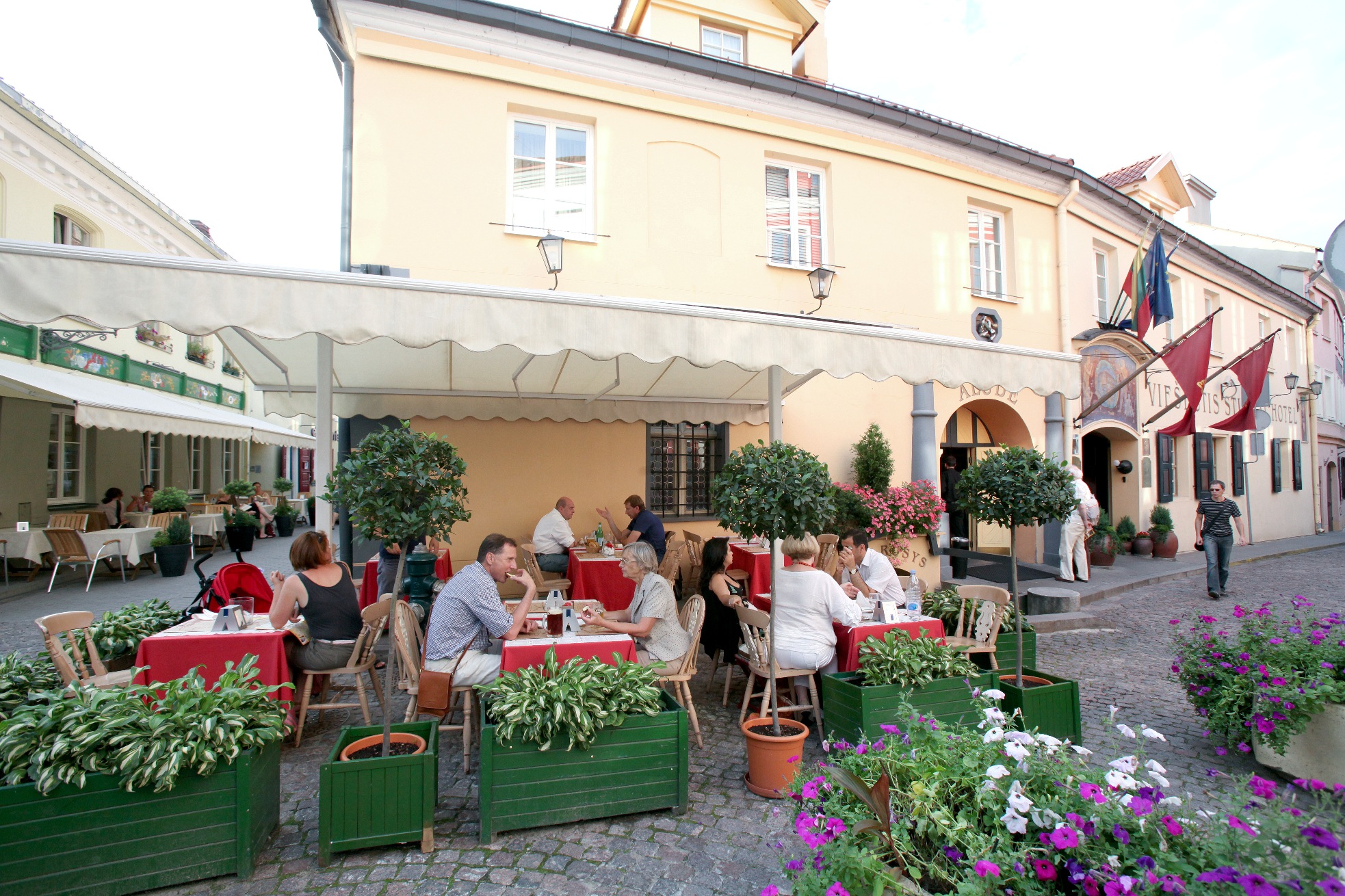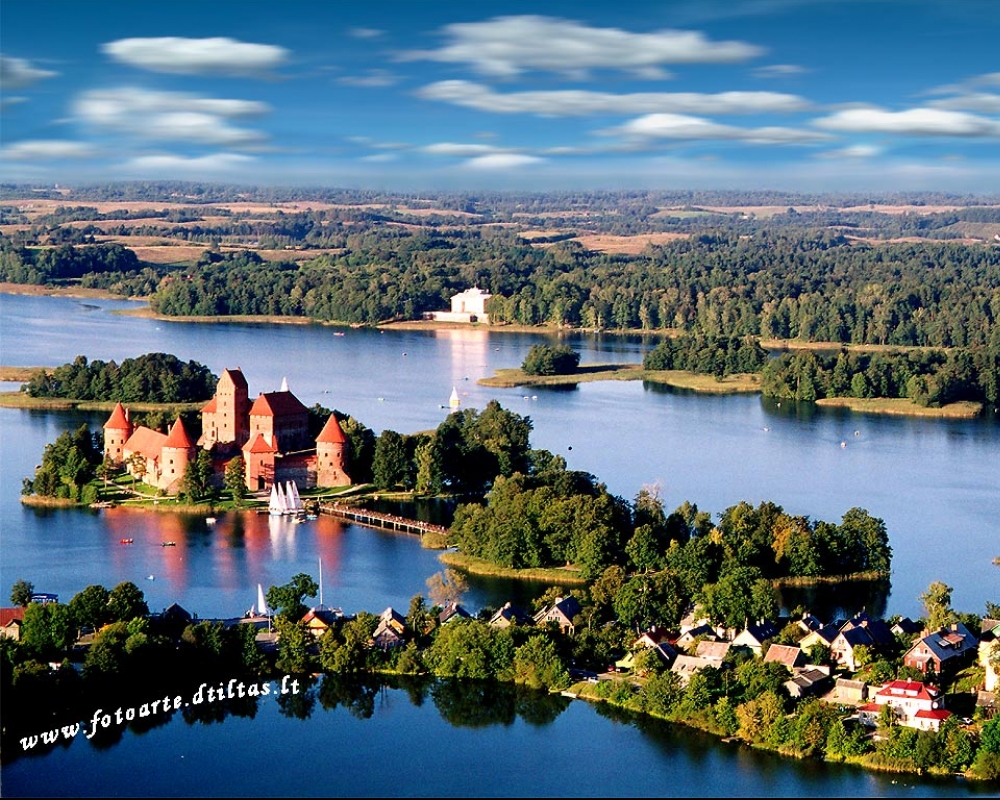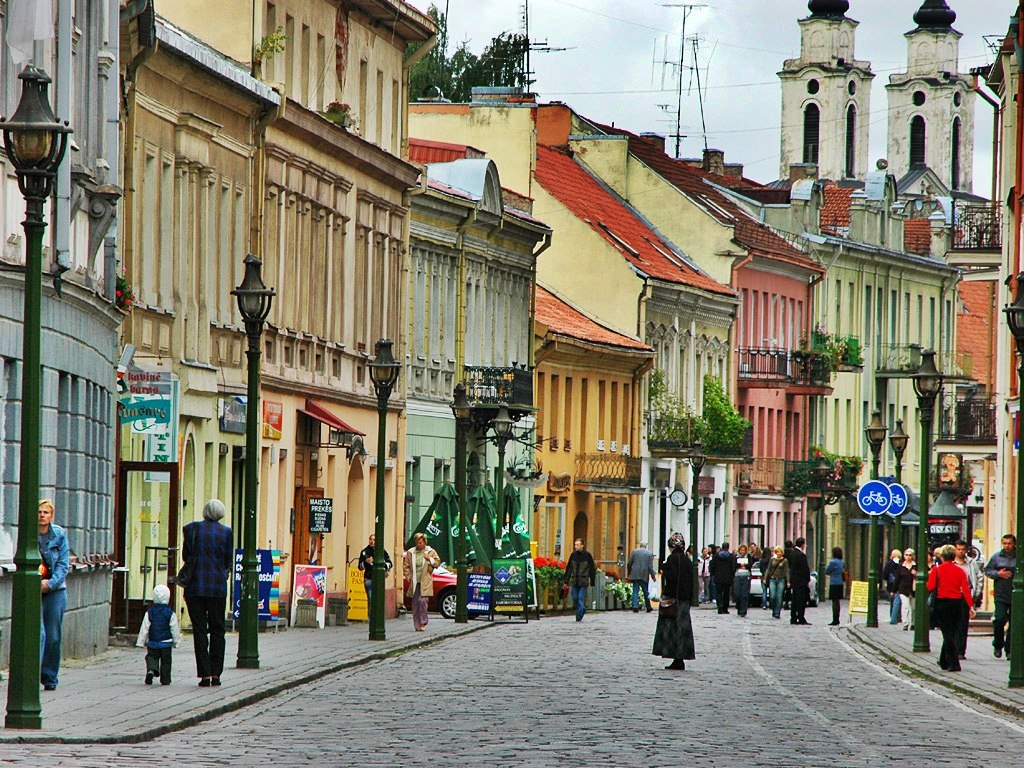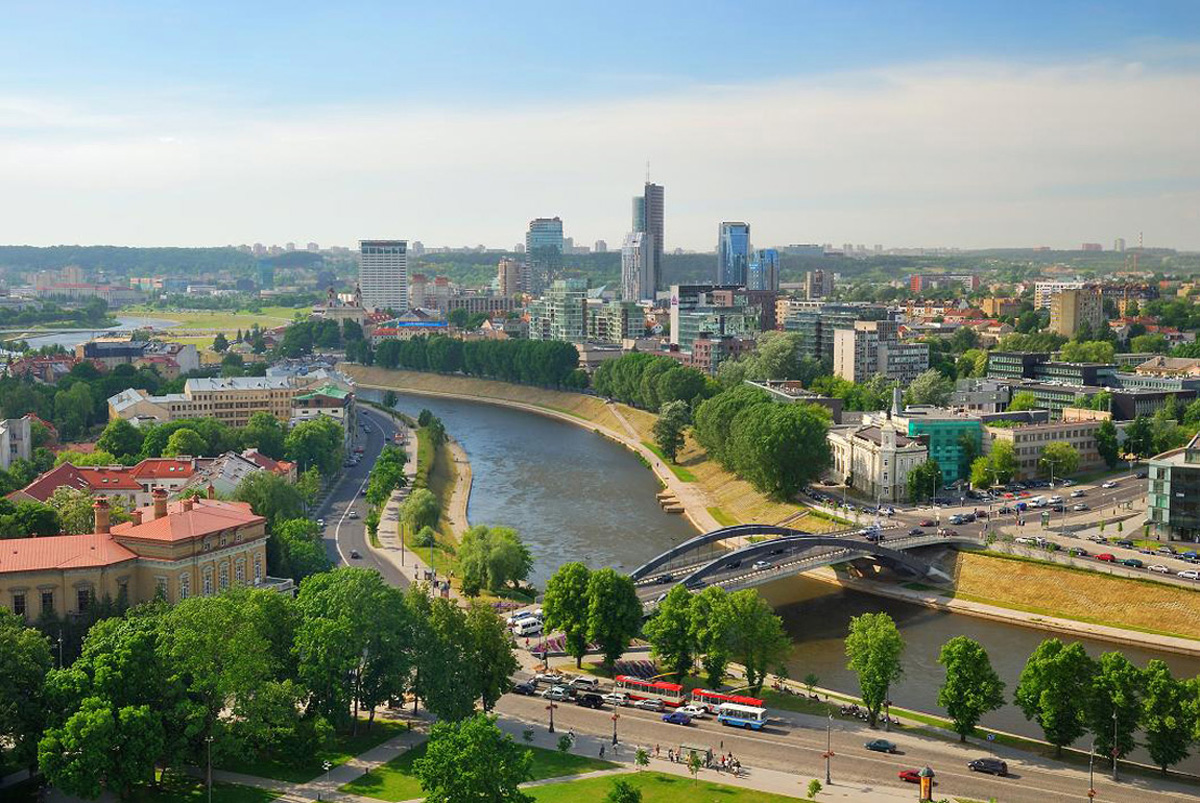Escape for the Weekend
Explore our collection of weekend
Finland
What to see in Finland? the Northern Lights; Santa Claus’ residence; Finlandia Hall; the Lumi Linna Snow Hotel; wrecks the St Michael, the Vrouw Maria, the Plus and the Kronprins Gustav Adolf.
Finland is a country in Northern Europe bordered by Sweden, Norway and Russia. The capital of the country is Helsinki. The official languages are Finnish and Swedish.
The national currency is the Euro.
On the territory of Finland there are almost 188 000 lakes and about 179 000 islands. Much of Finland’s landscape was formed by glaciers of the Ice Age, which made it mostly flat with few hills and fewer mountains. The land is covered with fens and taiga forests, inhabited by brown bears, gray wolves, wolverines and elks. There are 37 national parks in Finland, which help to keep its nature pristine.
The temperate climate of Finland is rather warm for its latitude due to the influence of the Gulf Stream, the Baltic Sea and numerous lakes.
What do you know about Finland? First of all, this country is famous for its unique lakes and rivers, carefully protected by the state. Rafting, all kinds of hiking, fishing and boating will impress any traveler who comes to this land. Main attractions and places of interest in Finland are concentrated in its capital - Helsinki, located on the shores of the Gulf of Bothnia.
In Finland you can see the Northern Lights in winter and midnight sun in summer; visit Santa Claus’ residence in Lapland and go skiing in Levi, one of the largest Finland’s winter sport resorts; visit Finlandia Hall and the underground Rock Church in Helsinki; and spend a night at the Lumi Linna Snow Hotel, built entirely from snow.
Nature enthusiasts will be undoubtedly glad to visit the winter Imatra, where you can take up winter fishing: the picturesque Vuoksi River never freezes, even in cold weather.
Another natural attraction of Finland is Lemmenjoki National Park, one of the biggest unpopulated areas in Europe, which shows all the pristine beauty of Finnish lakes, forests and wildlife. It is home to golden eagles, bears and moose.
Wild Northern animals can also be seen in the northernmost zoo Ranua. Here you will meet more than 60 species of wild animals that live only in the Arctic: wolves, brown and polar bears, elk, lynx, deer, and even wolverine.
Those who like dogs must visit the husky farm, located 20 km from Rovaniemi. here you will see many species of wolf-like dogs, watch their life, the process of training and, of course, take a ride in a husky sled.
In Kalevala village, an open-air ethnographic museum near the town of Kuhmo, you can learn much interesting about the culture of ancient Finland and its inhabitants.
Airports
Helsinki Airport (HEL)
Oulu Airport (OUL)
Diving in Finland
In the Gulf of Finland, and its larger neighbor, the Gulf of Bothnia, there are a lot of wrecks, even wooden ones, well preserved due to the temperature and low salinity of water. But keep in mind that all of the shipwrecks older than 100 years are legally protected, which means divers are not allowed to touch anything.
The most interesting wrecks:
The St Michael, a Russian merchant ship, about 25 m long, well preserved, partially excavated;
The Vrouw Maria, a Dutch merchant ship sunk in 1999 and lying at a depth of 41-43 meters.
The Kronprins Gustav Adolf, a Swedish man-o-war, sunk off Helsinki in 1788 and turned into an underwater museum for scuba divers, with info plates underwater. She is located southwest from the lighthouse island of Harmaja at a depth of 18-20 meters;
The Hindenburg, a German icebreaker built in 1915 and sunk in 1918 after hitting a mine off Åland. She lies at a depth of 37-47 meters;
The Nederland, a Dutch river barge, sunk in 1917. The wreck is 35 meters long and 8 meters in width and rests at a depth of 20-24 meters near Marhällan.
The Plus, a 70-meter long square-rigger, built in 1885. She lies just 100 meters from shore, at a depth of 17-32 meters.
The S/S Notung, a 75-meter steamship, built in the UK in 1882 and sunk in 1942. She is located at a depth of 40-50.
The water visibility varies from 4 to 15 meters. The average temperature of water is about 4 degrees Celsius in winter and 18 degrees in summer.
France
What to see in France? Provence; Brittany; Loire; Nice; the wrecks of German submarines in Northern France; the Graillon Marine Park, the Donator wreck, The Rubis wreck, The Togo in Southern France; Lavezzi Marine Reserve.
What comes to your mind when you hear the word “France”? Love and romance; the Louvre and the Eiffel Tower; lavender fields of Provence and castles of Loire; sunny luxury of Nice and severe beauty of Brittany; vine and cheese; perfumes and haute couture – this bouquet of images, colours, aromas and tastes is France. This country is dream destination for many and many tourists all over the world (total amount of tourists, visited France in 2012, was 83 millions), and it deserves such a great attention. France has 37 sites inscribed in UNESCO's World Heritage List, not counting beautiful nature, world-known health resorts, hospitable sea coasts and charming villages.
France (officially the French Republic) consists of 27 regions and 101 departments. Moreover, it has five overseas collectivities (French Polynesia, Saint Barthélemy, Saint Martin, Saint Pierre and Miquelon, and Wallis and Futuna), one sui generis collectivity (New Caledonia), one overseas territory (French Southern and Antarctic Lands), and one island possession in the Pacific Ocean (Clipperton Island).
France has temperate maritime climate, changing into continental inland and into subtropical in Mediterranean region. In the Alps the climate is mainly alpine.
The capital of France is Paris.
The official language is French.
The national currency is Euro and CFP franc (in the French overseas collectivities). You can exchange currency in banks, which work from 10 am to 5 pm, or in exchange offices, working till midnight. The most profitable exchange rate is in Bank de France and in exchange offices with the sign «No commission».
Transport in France
The most popular and the most convenient way of intercity communication is going by train. If you travel for a great distance, you’d better use high-speed train, such as TGV – the tickets are not cheap, but comfort and time economy are obvious. There are also suburban trains TER, Intercités and Lunea (night trains). It is better to buy train tickets in advance, especially in peak season.
Flight connection in France is highly developed. There are airports in nearly all big and medium cities. Moreover, low-cost air companies give opportunity to save money at travelling.
International airports in France
| Chambery-Savoie Airport (CMF) |
| Lille Airport (LIL) |
| Nice Cote d'Azur Airport (NCE) |
| Paris Vatry Airport (XCR) |
| Strasbourg Airport (SXB) |
Urban transport mostly consists of busses, trams, local trains and taxies.
Diving in France
Coastal waters of France are good diving place not only for beginners, but also for experienced divers. This country offers three unique, different coasts, plenty of islands and unforgettable underwater world. France has good diving schools. Moreover, the first dive center was founded in this very country in the 1930s. All diving areas in France can be divided into three main categories:
Northern France: this region has 360-mile coastline. Diving in these areas are specifically wrecks dives. Here, at a depth of 40 meters you can see the wrecks of German submarines, and deeper, at about 60 meters there are wrecks of old-time ships. The best time for diving here is from May to September. The visibility is 5-20 meters.
Southern France
Cote d'-Azur offers pleasant pastime to all categories of divers. The underwater world will strike you by lots of beautiful corals and bright fish, sunken ships and underwater rocks. The fauna is varied – you can see moray eels, groupers, rays and octopuses, but there are no big predators. There are a lot of good dive sites here, though the best of them are situated rather deep. Many dive spots (about 150) are located near Marcel and Cassis, including the supposable place of sinking of Saint-Exupery’s airplane. The most popular dive sites are the Graillon Marine Park, the Donator wreck, The Rubis wreck, The Togo, the Liban, Aritay and Le Rela. You can dive here from May to November. The visibility is about 30 meters.
Corsica
This island has about 80 dive centers and diving schools.
The most popular dive sites are
- Lavezzi Marine Reserve
- Near Calvi Island, where you can meet big shoals of eels and explore the wrecks of the US plane
- Along the east coast, where you can explore an Italian ship at a depth of 34 meters
- Near Bastia Island – here you can see the wrecks of an American fighter
- In the bay of Porto-Vecchio divers can explore a sunken cruiser
- Near Sagone Island there are the wrecks of a sunken fire-fighting plane.
The best time for diving lasts here from May to September. The visibility is about 30 meters.
Germany
What to see in Denmark? The Blue Planet; Tivoli Gardens; Bakken Park; Legoland; wrecks and sea life of the Oresund; cliffs of Bornholm and caves of Hammershus; wrecks Sjælland and Dannebroge; and many WWII wrecks.
Denmark is a country in Northern Europe, bordered by Germany to the south. The nearest neighbors are Sweden and Norway. The country consists of the peninsula of Jutland and the Danish archipelago of 443 islands and is washed by the North Atlantic Ocean. The total area of the country is more 43 thousand square kilometers. The capital of Denmark is Copenhagen. The official language is Danish. The national currency is the Danish crown.
The terrain of Denmark is mostly flat and consists of plains. The climate is temperate, with mild winters and cool summers.
There is a lot to see in Denmark. Those who are interested in marine life will like The Blue Planet – the largest aquarium in Northern Europe – which gives the visitors a feeling of being under water. Tivoli Gardens, founded in 1843, is a national treasure with exotic architecture, historic buildings and lush gardens, fascinating people of all ages at all times of the day and the year. The 431-year-old amusement park, Bakken, is a wonderful place of resort for tourists with children. The park is inhabited by almost 2,000 free range deer and has lots of roller coasters, Ferris wheels, drop towers, and many more exciting and extreme adventures. Other ideal places for family vacation are Legoland and Djurs Sommerland, with lots of rides and attractions for kids of all ages.
Airports
Copenhagen Airport, Kastrup (CPHz) is the main international airport in Denmark and the largest airport in the Nordic countries.
Billund Airport (BLL), one of Denmark's busiest charter airline destinations.
Aalborg Airport (AAL), an international airport, located 6.5 km northwest of Aalborg.
Aarhus Airport (AAR) is an international airport located 35.9 km northeast of Aarhus.
Diving in Denmark
The Danes have always been seafarers, so all marine activities are very popular here, including diving. The waters of Denmark have great opportunities for wreck diving, night diving, off-beach diving or archaeological trips.
In the Oresund, where the waters of the Kattegat and the Baltic Sea mingle, you will find many various marine species, such as mussels, crabs, fish and starfish, and large amount of wrecks.
The waters around Anholt are full of wrecks dating back to the war, and more recent
ones. The depth is from 25 to 40 meters and the visibility reaches 30 meters.
Abundant marine life can be watched at Fornaes Fyr, and at Helgenaes – the easternmost point and the southernmost point of Djursland, respectively.
In Bornholm there are underwater cliffs; and near Hammershus you can dive in the caves.
Due to a huge amount of traffic in the Baltic Sea off the coasts of Denmark, its waters keep lots of wrecks – over 5000 ones, dating back over 1000 years. Some of the older wrecks, which are still diveable, are "Sjælland" sunk 1801 and "Dannebroge" sunk 1710. The number of WWII wrecks is enormous. They include fighter-bombers, Russian U-boats, minesweepers, torpedo boats, frigates, hospital ships, barges laden with weapons, coasters
Diving season lasts from April to October. The average water temperature is about 7C in winter and 15C in summer.
Greece
What to see in Greece? White and blue Cyclades Islands; Meteora monasteries; Acropolis; wrecks in Alonnisos national marine park; Santorini caldera; El Greco cave; sea life of Zakynthos Island; the Britannic wreck.
Greece, officially the Hellenic Republic, is a country located in the southern part of the Balkan Peninsula in southeastern Europe. Its nearest neighbours are Albania, the Republic of Macedonia, Bulgaria and Turkey. The capital of the country is Athens. Greece is washed by the Aegean Sea, the Ionian Sea and the Mediterranean Sea. The official language is Greek.
The national currency is the Euro.
80 percent of Greece's territory is covered with mountains, and the highest one is Mount Olympus. Greece has the longest coastline on the Mediterranean Basin (almost 14 thousand kilometers) and a great number of islands. Coastal Greece has Mediterranean climate, with mild winters and hot summers; whereas in the mountainous areas the climate is alpine; and the inland parts have temperate climate.
Greece with its ancient culture and appealing landscapes is one of the world's most popular tourist destinations. The Cyclades Islands attract by fabulously beautiful whitewashed homes and blue-domed churches; Meteora captivates by fantastic rock pinnacles topped with two dozens of monasteries; Mount Olympus draws those who like climbing or seeks gods’ presence; Mykonos invites to immerse into vibrant nightlife; Athens suggests to touch the cradle of western civilization – Acropolis; Delphi attracts those who like inscrutable ancient mystery.
Nature lovers will certainly like national parks and traditional villages of Zagori; perfect beaches of Halkidiki; green hills of Peloponnese; breathtaking sunsets on Santorini Island; marvelous landscapes of Skopelos; and picturesque harbors and volcanoes of numerous Greek islands.
Greece is famous for its cuisine. Traditional Greek food includes olives, feta cheese, seafood and of course - wine, which is various and very tasty in Dionysus' homeland.
Airports
Athens International Airport "Eleftherios Venizelos" (ATH), Greece's busiest international airport. It is the main base of SkyGreece Airlines, Ellinair, Volotea and Ryanair.
Heraklion International Airport, “Nikos Kazantzakis” (HER), the primary airport on the island of Crete, and the country’s second busiest airport.
Thessaloniki International Airport "Macedonia" (SKG), officially known as Macedonia International Airport.
Rhodes International Airport, "Diagoras" (RHO) is located on Rhodes Island about 14 km southwest of the capital city, Rodos.
Diving in Greece
Such a long coastline, warm sea waters, great number of islands and a cornucopia of wrecks make Greece a real diving paradise. Prior to 2006 there were severe restrictions of diving because of plenty of ancient artifacts and important archaeological items off the coast of Greece. These regulations were loosened not long ago and now you have chance to discover some unknown gems in Greece’s waters.
In the national marine park Alonnisos, which is the biggest marine protected area in Europe (more than 2000 Km2), you have an opportunity to explore caves and shipwrecks and to watch many species of fish (about 300), birds (up to 80 species), reptiles and also mammals. The park includes Alonnisos Island, six smaller islands and 22 uninhabited islets and rocky outcrops.
One of the most popular diving sites in Greece is Mykonos with its abundant marine life and interesting underwater environments. Lack of strong currents, warmth and clarity of the water make it an ideal place for beginning divers.
Another well-known diving destination is Santorini. Swimming and diving in fantastic blue waters of the 360-meter deep caldera will become an unforgettable experience.
Crete Island has perfect opportunities of night diving, deep diving, cave diving and wall diving. Here you can explore such sights as half submerged Greek remains, a Messerschmitt fighter from WW2 (lies at a depth of 24m to the west of Agia Pelagia) and the incredible El Greco cave with its beautiful stalagmites and stalactites.
While diving off Zakynthos Island you will see giant loggerhead turtles, octopus, moray eels, cuttlefish, flying fish, grouper, bream, wrasse and parrotfish.
Corfu Island suggests to enjoy coral reefs and to explore the wreck of the Nisopoulo either a Greek or Roman ship, surrounded with amphora. Another famous wreck here is a British minesweeper, H.M.S. Regulus, sunk in 1945 and lying at a depth of 25m.
Technical divers can explore the wreck of the Britannic, the sister ship to the Titanic, lying at a depth of 120 meters off the coast of Kea.
Hungary
What to see in Hungary? Spa-resorts of Lake Balaton; Buda Castle, Matthias church and Fisherman's Bastion of Budapest; Veszprem, the "City of Kings"; Europe’s largest mineral lake Hévíz; the crystal clear Lake Kotor; Palatinus with a real underwater museum of diving; Molnar Janos underwater caves in Budapest; and the flooded dungeon in Kőbánya.
Hungary is a landlocked country in Central Europe. Its nearest neighbors are Hungary, Romania, Ukraine, Serbia, Slovakia, Slovenia, Austria and Croatia. The country is known as the location of the famous Carpathian Mountains and the Alpine foothills. Moreover, wonderful blue lakes and many thermal springs make Hungary one of the most popular balneological resorts. Most famous Hungarian spa resorts are located near Lake Balaton. The climate of the country is moderate-continental.
The Hungarian capital Budapest, deservedly called the "Pearl of the Danube", is one of the world's most beautiful cities, famous for such architectural delights as Buda Castle; the majestic building of the Parliament; the picturesque Matthias church; Hungarian rulers’ tomb of the 13th-century; magnificent Basilica of St. Stephen, where the Holy Right Hand of King Stephen is kept; the oldest capital’s Chain Bridge and the impressive Fisherman's Bastion.
In the oldest city of the country, Veszprem, which is called the "City of Kings", it is worth visiting the Diocesan Museum of Queen Gisela, where you can see many national treasures; the Dezső Laczkó Museum, which contains the relics of the millennial Bakonsky massif; the Botanical Garden; the Zoo; and the unusual Vyold bridge and the viaduct over the Shed. In Visegrad you can see the remains of an ancient castle complex, used nowadays for jousting; an impressive 30-meter tower Shalamon; and the delightful gothic fountains of the Royal Palace.
Most popular Hungarian resorts include Hévíz – Europe’s largest mineral lake and the area near Lake Balaton, which is given the title of “natural treasure”. Tourists especially like carbonated springs of Balatonfüred and Siofok, where you can participate in equestrian tournaments and visit the enchanting Folklore Festival "Golden Shell".
The national currency is the Hungarian forint.
International airports of Hungary
• Debrecen International Airport (DEB)
Located in the city of Debrecen
• Pécs-Pogány International Airport (QPJ)
Located in the city of Pecs
• Ferenc Liszt International Airport (BUD)
Hungary's largest airport, located in the capital and serving more than sixty airlines.
Diving in Hungary
As a country where there are many picturesque ponds and lakes, Hungary provides extreme adventure lovers with a unique opportunity of lake diving. Most of Hungarian lakes appeared as a result of flooding mines, so there is quite a great chance to explore underwater something more interesting than a usual bottom of the reservoir.
You can get unusual diving experience in Lake Kotor in Dienekes whose small depth is fully compensated by excellent visibility due to the purest lake water. If this lake is too small for you, you can go to the deeper Salksentmarton or to the famous Palatinus, where you can visit a real underwater museum of diving.
However, the most popular among divers is the very Hungarian capital. As they say, you do not have to go far for the miracle, because the most interesting place to dive – Molnar Janos underwater caves – is located right in Budapest. Caves are a former bathhouse and received their name after the highly respected pharmacist Janos Molnar. The bathhouse consists of a few levels of thermal limestone caves, the water temperature of which varies from 27 degrees on the upper level to 20 degrees on the low one. For today about six kilometers of the caves have been investigated. Their maximum depth exceeds sixty meters. Divers, wishing to explore this place, are offered a wide range of activities – from relaxing diving in warm thermal water at the top level to strenuous exploration of the lower cave passages, requiring diving experience and great caution.
You can also visit Kőbánya, where there is one of the entrances to the flooded dungeon, formerly one of the stone quarries. The quarry became gradually filled with water, and now it is a pretty interesting place for scuba diving enthusiasts.
Iceland
What to see in Iceland? Volcanoes and geysers; giant whales; multicolored mountains; ice caves; waterfalls; Silfra crack; Strytan; Kleifarvatn Thermal area; the El Grillo wreck
Iceland is a mountainous island country, located in the North Atlantic Ocean, between Europe and North America.The nearest neighbors are Greenland, the Faroe Islands, Jan Mayen Island, Shetland and the Outer Hebrides, the Scottish mainland and Orkney. The capital of the country is Reykjavik.
The official language is Icelandic.
The national currency is the Icelandic króna. You can exchange money in most hotels, but a better rate is at banks. Credit cards are widely accepted, some shops also accept payment in euros and dollars.
Iceland's terrain is a plateau with sand and lava fields, mountains and glaciers. The climate of the country is softened by the Atlantic Gulf Stream.
In Iceland fire and ice literally co-exist, and these contrasts attract a lot of tourists. The most famous volcanoes are Hekla, Eldgjá, Herðubreið and Eldfell. Many people remember the eruption of Eyjafjallajokull volcano in March 2010, which caused major disruption to air travel across Europe. The latest eruption in Holuhraun, North of Vatnajokull Glacier lasted from late August 2014, to late February 2015. Among numerous geysers of Iceland, Strokkur, which erupts every 5–10 minutes, is the most famous.
Moreover, in Iceland you can watch giant whales, jumping in the ocean; see multicolored rhyolite mountains; visit ice caves; enjoy geothermal spa in the Blue Lagoon (a turquoise lake, where ocean and thermal waters are mixed); watch amazing aurora borealis; and see the stunning waterfalls Gullfoss, Glymur, Seljalandsfoss and Godafoss.
Airports
Keflavík International Airport (KEF), the main international airport in Iceland, situated 50 kilometers of Reykjavík.
Diving in Iceland
One of the most popular dive sites of Iceland is Silfra, a large crack with lots of caves between the North American and Eurasian plates. Divers divide Silfra into three sections: Silfra hall, Silfra cathedral and Silfra lagoon. Silfra is 63 meters deep and contains cold and very clear water – the visibility is up to 80 meters.
Strytan is a really unique dive site, as it is the only known scuba dive-able hydrothermal vents in the world. It appeared as a result of 11,000 years of natural mineral deposition. While diving, you can feel the 79°C hot water steaming out of the cones and see various sea animals and plants living on the cones. Strytan consists of three chimneys: the divided largest one, and two deeper chimneys, each about 20 meters and 10 meters tall, the tops of which are at 50m depth.
In the Kleifarvatn Thermal area you can dive in a volcano. While diving in this volcanic lake, you will see what a geyser look like from inside.
Those who are interested in wreck diving will like exploring El Grillo, a 147-meter oil tanker which sunk in 1944. It is located in Seydisfjordur on the east coast of Iceland at a depth of 45 meters.
Ireland
What to see in Ireland? the Cliffs of Moher; the Blarney Castle; the Ring of Kerry; St. Patrick's Cathedral; Trinity College; the Kowloon Bridge wreck and the U-260 wreck.
Ireland is an island in the North Atlantic to the west of Great Britain. Politically the island is divided between the Republic of Ireland and Northern Ireland, a part of the United Kingdom. The first official language is Irish (Gaeilge), though English is also spoken everywhere. The national currency is the Euro.
The climate is mild oceanic, due to which the island boasts lush vegetation, praised in poetry. Rain is a very often occasion even in the middle of summer.
Ireland is beloved by tourists from all over the world. Here you can see such wonders as
the Cliffs of Moher - one of Ireland's largest and most popular tourist attractions. The Cliffs are 230-meter-high and tower over the Atlantic Ocean;
the historic Blarney Castle, situated in County Cork and famous for its Blarney Stone. Legend says that those who kiss it will be blessed with great eloquence;
the Burren - a national park in the west of Ireland, well-known for rocky Martian landscapes, ancient burials and interesting underground caves;
Rock of Cashel, a castle and a royal residence, erected in the fourth century. After Cromwell's invasion Cashel became a symbol of the resistance of Irish people. Here you can still see many picturesque historic buildings and the ruins of a cathedral;
the Ring of Kerry with its ancient monuments, superb romantic castles, amazing gardens and bright towns and villages;
Lough Corrib - the second largest lake in Ireland, where in May you can enjoy the Mayfly festival -- an interesting fisherman tradition;
Newgrange or the Hill of Tara in County Meath, captivating by their ancient history and unrevealed mysteries.
And of course there is a lot to see in Dublin, including Trinity College, St. Patrick's Cathedral and the Guinness Storehouse.
Airports
The Republic of Ireland has 4 international airports:
Dublin (DUB),
Shannon (SNN),
Cork (ORK)
and Ireland West, Knock (NOC).
Diving in Ireland
The North and Northwest coasts of Ireland feature a wealth of wrecks. The rugged coastlines of Cork and Kerry can boast sheer rock faces and stunning topography under water. And the west coast has very colorful walls.
The marine life in Irish waters is very rich. While diving, you can meet lobsters, crayfish, conger eels, cuckoo wrasse, pipefish and even seals, dolphins and basking shark.
Near Baltimore, County Cork, you can explore the Kowloon Bridge, the largest wreck by tonnage in the world, sunk in 1986. The depth is from 6 to 36 meters.
Another popular wreck is the U-260, German submarine, sunk in uncertain circumstances in 1942.
Italy
What to see in Italy? Unforgettable Venice, breathtaking Vatican City; the Leaning Tower of Pisa; charming Florence; majestic Rome; Punta-di-Fetovaia; Talolara Island; the national park Circeo.
It is hard to find a person who has never heard of Italy. This country gave to the world a lot of beautiful things: top-of-the-line cars Ferrari and Lamborghini, fashion brands Armani, Gucci, Valentino and others, wine Chianti and liqueur Amaretto. And this is Italy which taught the entire planet to cook spaghetti and pizza.
The Italian Republic is situated on the south of Europe. It occupies the entirety of the Italian Peninsula, Sicily and Sardinia, and many other smaller islands. Five seas, surrounding Italy, give perfect opportunity to have a rest at numerous resorts, and enjoy history and culture of one of the most popular and attended European countries (ranks No.4 in the world). The official language is Italian, the national currency is euro. You can exchange currency in exchange offices, banks or post offices. In airports exchange rate is less beneficial, but there exchange offices work round-the-clock. While exchanging the currency in banks or exchange offices, pay attention not so much to the rate as to the exchange parity. It is important to remember that from 12.00-1.00 pm to 3.00-4.00 pm there is siesta in Italy and during this time a lot of cafes, bars, shops and museums are closed, even taking a taxi can be a problem. If you want to buy some souvenirs or other things, keep in mind that on Sundays all the shops in Italy are closed and on Thursday they work only till afternoon.
Italian cuisine is acknowledged to be one of the best and the most fashionable at present. First of all, Italian cuisine includes thousands of pastries and each of them has its own peculiar taste. National dish is pasta, but Italy is equally well known by its cheese. Italy is also a country of vineyards. More than 3000 wine brands are produced here. Dinner in Italian restaurants continues from 12.00 pm to 3.00 pm, and supper starts at 7.00 pm and do not last after midnight (unless it is preconditioned with the staff). Coffee, ice-cream or juice at the bar counter will be twice cheaper than at the table. So if you drop at a bar to have a cup of coffee or a glass of juice, do not hasten to a table – you can have a bite standup and save some money.
As for public transport, Italy has a developed railway and bus system. Orange buses and trams work from 6.00 pm to 00.00 am, night buses are marked with letter “N”. You should get on a bus through the back door and get off it through the middle door. In Venice public transport consists of water buses, river taxi and, of course, gondolas. In Rome the fastest means of public transport is underground. The best way of travelling among remote cities is going by domestic flights
Main airports of Italy:
FCO - Leonardo da Vinci International (Fiumicino), RomeCIA - Ciampino, Rome
MXP - Malpensa, Milan
BGY - Orio Al Serio, Milan
LIN - Linate, Milan
NAP - Capodichino, Naples
VCE - Marco Polo, Venice
PSA - Aeroporto Internazionale Galileo Galilei, Florence
FLR - Peretola, Florence
TRN - Sandro Pertini (caselle), Turin
PSA - Galileo Galilei, Pisa
PMF - Giuseppe Verdi, Parma
PEG - Sant Egidio, Perugia
PMO - Punta Raisi, Palermo
Italy, washed by five seas and having deep lakes, is very popular among divers. There are a lot of opportunities for those who love diving in this country. The most comfortable period for diving lasts from May till October. Main diving places are islands Elba, Sardinia, Sicily, the Pontines. They are of interest for those who like rich underwater world and for explorers of sunken ships.
The most popular diving region of Elba is Punta-di-Fetovaia, famous for its bright and rich underwater world, red corals, pelagic fish and going into the depth steep walls. In Italy you can take up various kinds of diving on the coast of Sardinia. It is said that this region of Italy has the clearest water. Here, near Sardinian coast, incredibly beautiful bays give place to cliffs and snow-white beaches. Local diving centers also suggest tours to Talolara Island, where deeps allow exceeding recreational limits.
Sicily Island is considered to be one of the most famous and fascinating diving regions in the country. In clear coastal waters of Syracuse, Taormina, Pantelleria, Lampedusa and Ustica there are sunken ships referring to Ancient Rome and both World Wars. Islands Ponza and Ventotene are associated with legendary Odysseus. This is a wonderful corner, where you can go in for diving in the clearest waters of the national park Circeo, and explore Ancient Roman wrecks and tangled fish breeding tunnels.
Latvia
St. Peter's Church and the Central Market in Riga; the Venta Rapids; Cēsis and Sigulda castles; Gauja National Park; the Elbing wreck; Sloka Quarry; and Ogre Lake.
Latvia is a country in Northern Europe on the eastern shores of the Baltic Sea. It has borders with Estonia, Lithuania, Russia, Belarus and maritime border with Sweden. Latvia has a territory of 64.5 thousand square kilometers, populated by 2 million people. The capital of the country is Riga. The official language is Latvian.
The national currency is the Euro.
Latvia has a temperate seasonal climate. The average temperature is −6 °C in winter and 19 °C in summer. It is better to come here from June to mid-September, when the weather is most comfortable.
Most part of the terrain consists of plains and low hills. More than a half of the territory is covered with forests, inhabited by deer, wild boars, moose, lynxes, bears, foxes, beavers and wolves. There are many lakes, especially in Latgale region, and deep river valleys with sand cliffs on their banks.
In Latvia there are many great places to see, both urban and rural. Guests of the country can spend time in Riga and enjoy its fascinating architecture, including St. Peter's Church and the grand Dom Church, do some shopping in the Central Market, relax in its neat parks or immerse into its active nightlife. The smaller towns of Latvia also have many attractions. Near the city of Kuldīga you can see Europe's widest waterfall, the Venta Rapids. You can explore medieval castles in Cēsis and Sigulda or visit baroque palaces in Jelgava. But the main attraction of Latvia is its nature. There are many national parks and nature preserves, the largest of which is Gauja National Park. Latvia is a popular destination for bird watchers, as the Latvian territory is inhabited by numerous different bird species.
Diving in Latvia
Latvia suggests many places for diving: sea, rivers, lakes, quarries.
The best wreck diving is in the Baltic Sea along the coastline from Liepaja to Kolka. At about 1 km from the shore there is Elbing wreck, a 40-meter ship sunk in 1941. The depth is about 10 meters.
At a depth of 27 meters you can see the remains of a 100-meter German cargo ship sunk during WW2. The ship is broken into three parts: with a well preserved stern and bow.
Sloka Quarry is said to be a diving top spot in Latvia. Under the water you can meet some crabs and small fish, like perch and pike.
Beginners will like Ogre Lake, whose maximum depth is 8 meters. The lake has an underwater platform for training at a depth of 6 meters.Riga International Airport (RIX) is the largest airport in the Baltic states with direct flights to over 80 destinations in 30 countries. It is located 10 km west of Riga.
Liepāja International Airport (LPX) is an international airport in western Latvia, located 5 km east of Liepāja.
Ventspils International Airport (VNT) is the newest international airport in Latvia, located 5 km southwest of Ventspils.
Latvia suggests many places for diving: sea, rivers, lakes, quarries.
The best wreck diving is in the Baltic Sea along the coastline from Liepaja to Kolka. At about 1 km from the shore there is Elbing wreck, a 40-meter ship sunk in 1941. The depth is about 10 meters.
At a depth of 27 meters you can see the remains of a 100-meter German cargo ship sunk during WW2. The ship is broken into three parts: with a well preserved stern and bow.
Sloka Quarry is said to be a diving top spot in Latvia. Under the water you can meet some crabs and small fish, like perch and pike.
Beginners will like Ogre Lake, whose maximum depth is 8 meters. The lake has an underwater platform for training at a depth of 6 meters.Lithuania
Kernavė; the Trakai Island Castle; Palanga and Klaipeda beaches; Aukštaitija, Žemaitija and Dzūkija national parks; underwater archeology of Plateliai Lake; the Anna Katrina Fritzen wreck and U-580 wreck.
Lithuania is a country in Northern Europe, one of the three Baltic states. Its nearest neighbors are Latvia, Belarus, Poland, and Kaliningrad Oblast (a Russian exclave). Lithuania is washed by the Baltic Sea. The total area is 65 thousand kilometers; the population is about 3 million people. The capital of the country is Vilnius. The official language is Lithuanian; English is well understood everywhere.
The national currency is the Euro.
The terrain of Lithuania consists of alternating moderate lowlands and highlands with numerous lakes.
The climate combines characteristics of maritime and continental: winters are moderate and summers are mildly hot.
Although now it is rather small country, long ago Lithuania was the greatest country in Europe. And some monuments still remind of these times. You can visit the medieval capital, Kernavė, which is now a museum; or go to the Trakai Island Castle, one of the main strongholds in the prime days of the Grand Duchy of Lithuania.
In Lithuania you will be equally charmed by its urban and rural beauties. Connoisseurs of architecture will like Vilnius with its Gothic, Renaissance, Baroque and Classical buildings. Those, who like basking on the beach and dancing in nightclubs, will be interested in visiting Palanga and Klaipeda. As for nature lovers, Lithuania has five national parks: Aukštaitija, Žemaitija, Trakai Historical, Dzūkija, and the Curonian Spit; each of them has his own character.
Vilnius Airport (VNO) is the largest international airport of Lithuania, located 5.9 km south of Vilnius.
Kaunas International Airport (KUN), the second busiest civil airport in Lithuania.
Palanga International Airport (PLQ) a regional international airport, located near the resort town Palanga at the Baltic Sea.
You can take up fresh-water diving in Plateliai Lake, interesting for underwater archeology. In 2002 a big stone with human-made markings, resembling the letter L, was found on the bottom of the lake. It was supposed, that there had been a sacred place for the pagans. Archeologists also found there three boats, dated to the times of Vytautas the Great.
Diving in the Baltic Sea is very exciting, though it can be difficult because of strong currents and low temperatures. Here you can explore such wrecks: a 9000-tonn vessel, sunk in 1944 and lying at a depth of 19 meters; the wreck of a 2 motor-plane, located about 11 kilometers to west from Juodkrante at a depth of about 38 meters; the wreck of Anna Katrina Fritzen, a cargo ship, sunk in 1942 and lying at a depth of about 20 meters, between Klaipeda and Juodkrante; German submarine U-580, sunk in 1941 near Klaipėda and located at a depth of 40-42 meters.
From October to May you have an opportunity to dive with dolphins in Lithuanian Dolphinarium located next to the Sea Museum.
